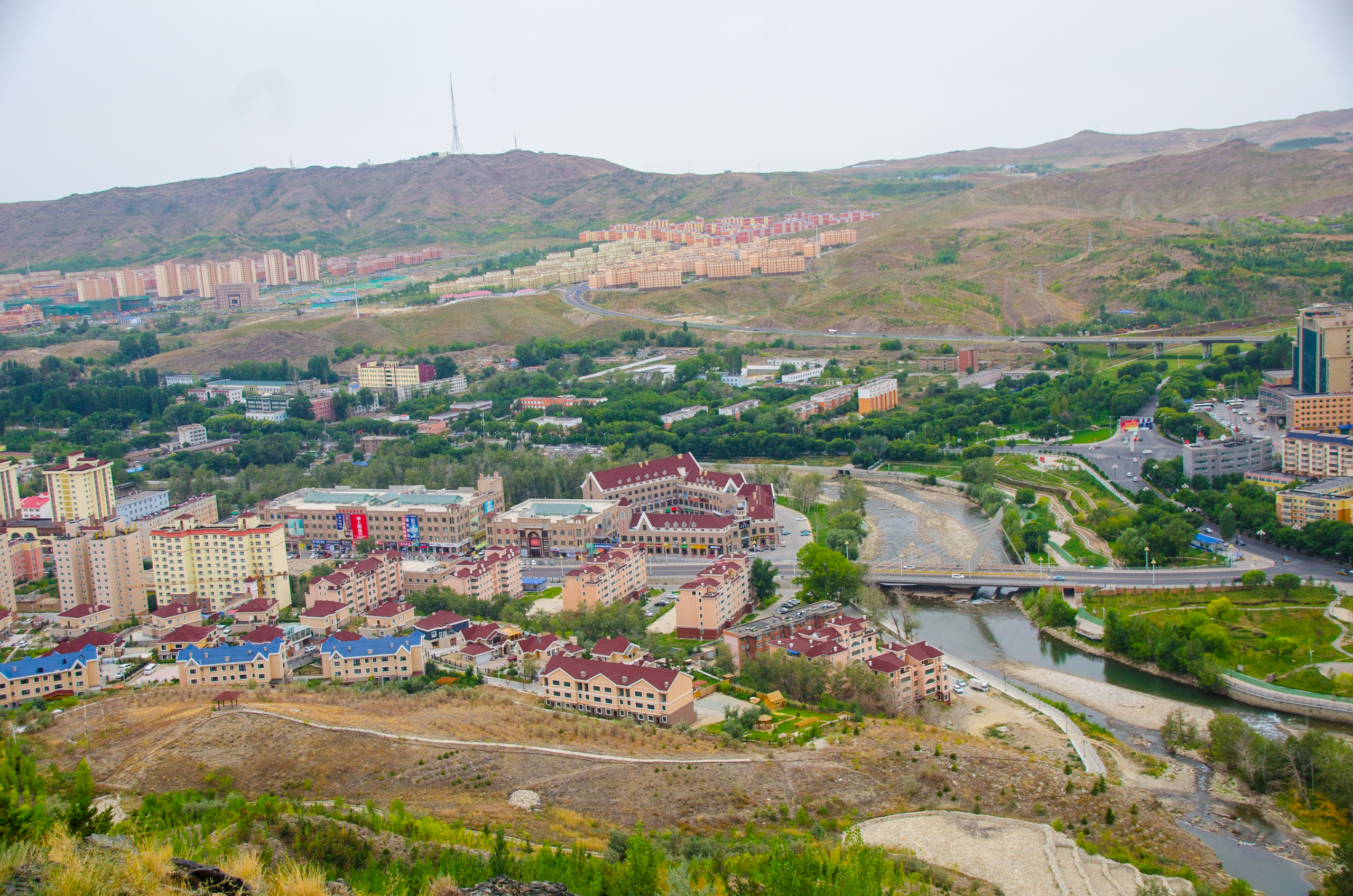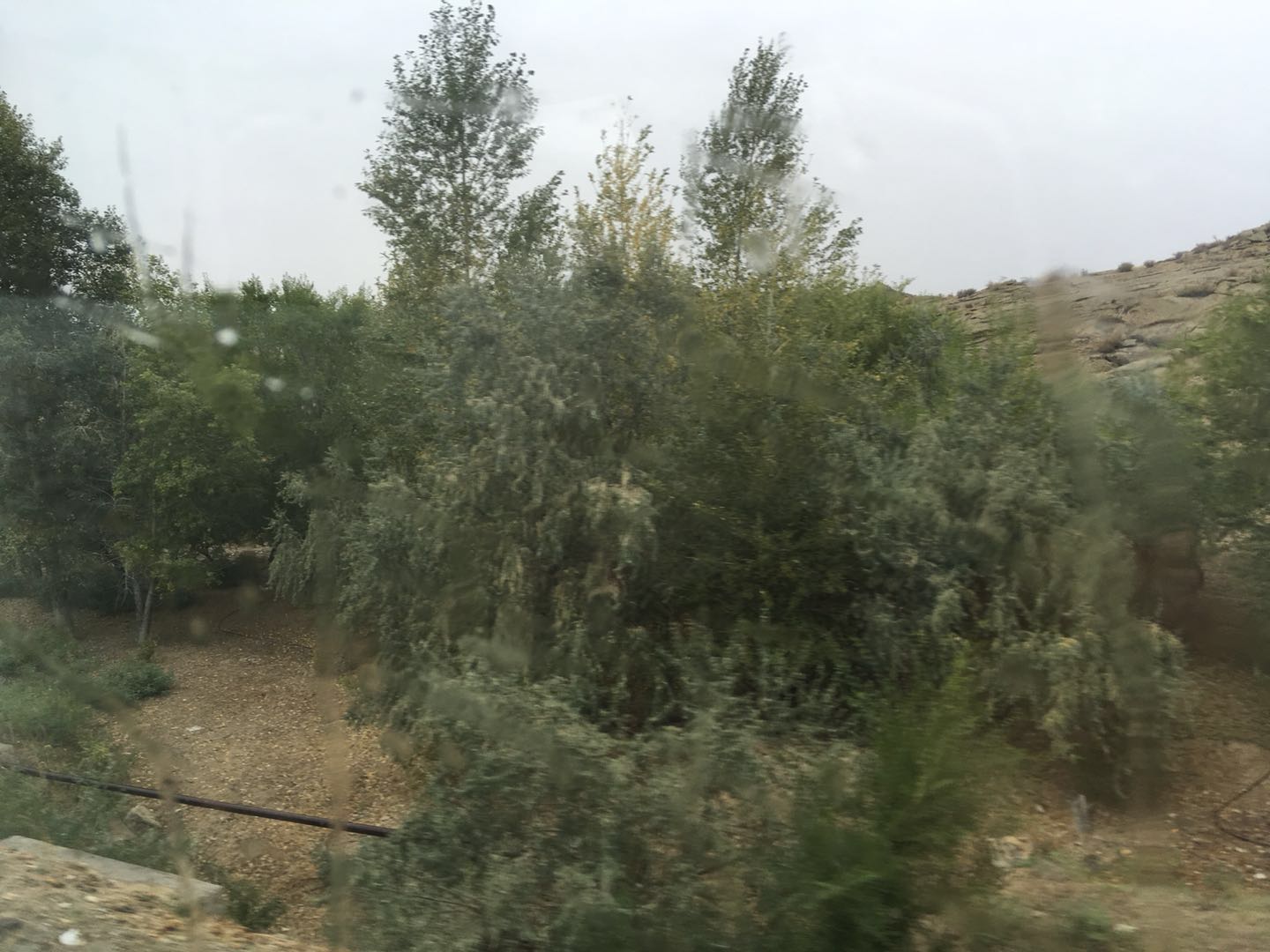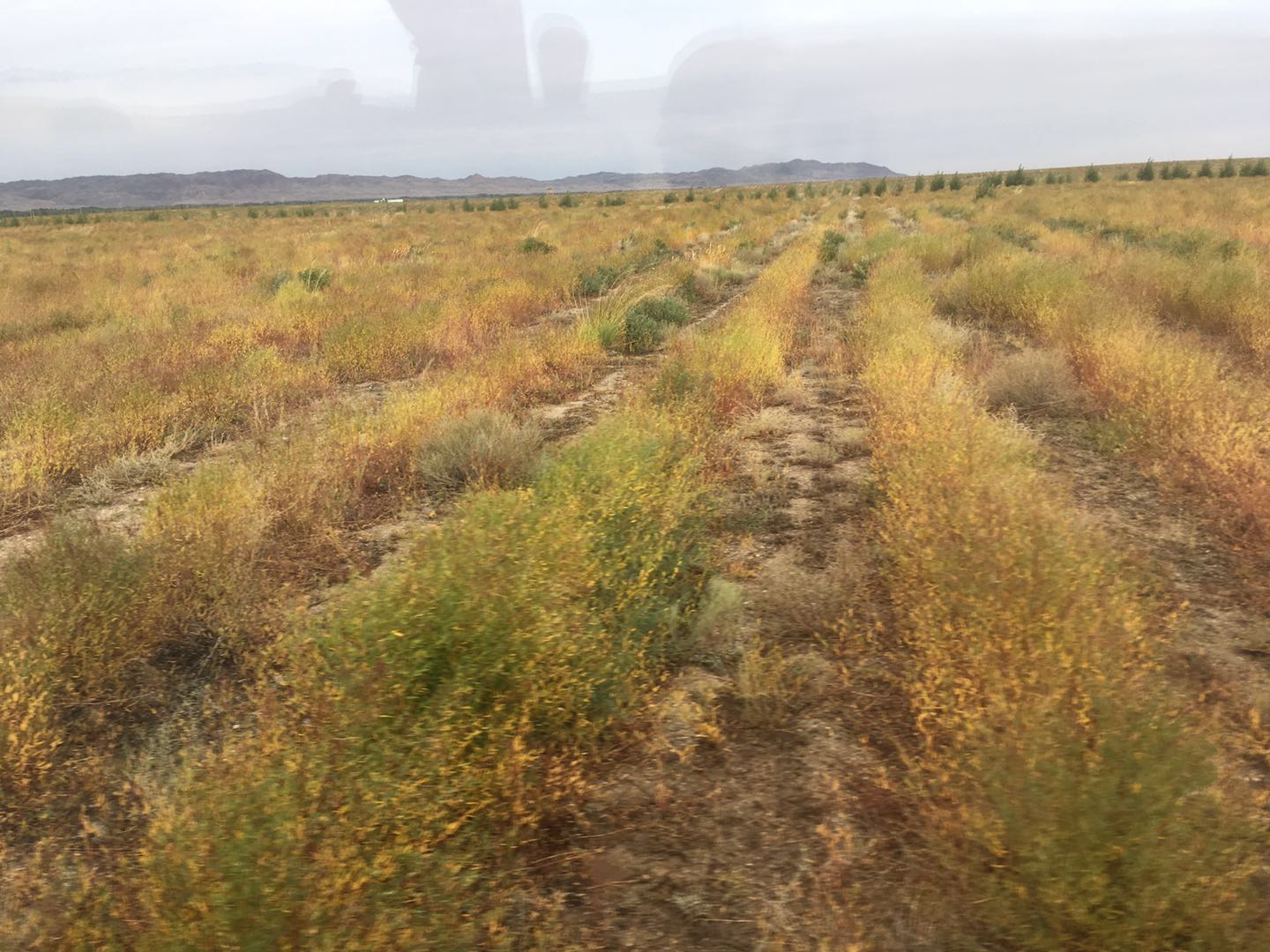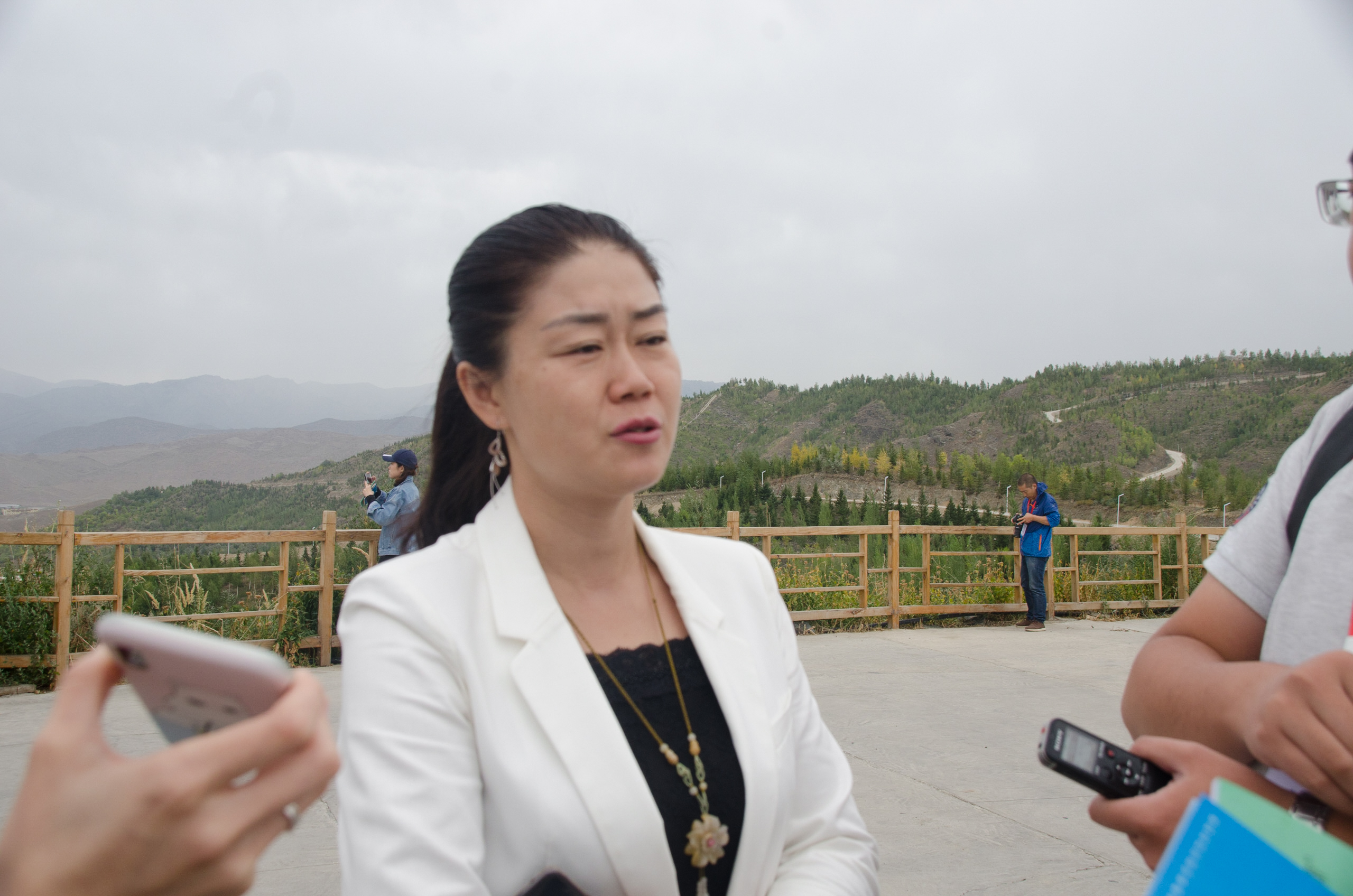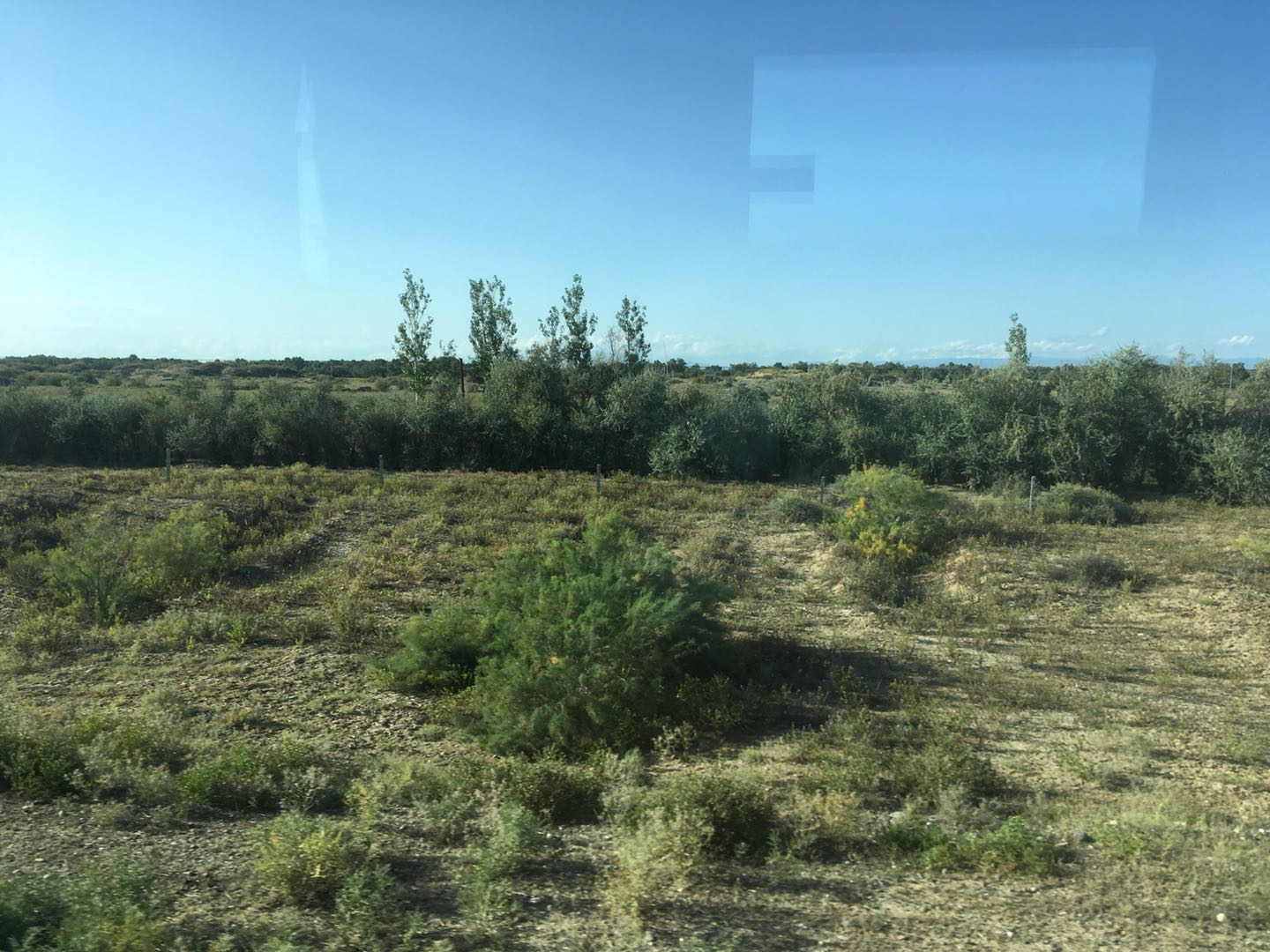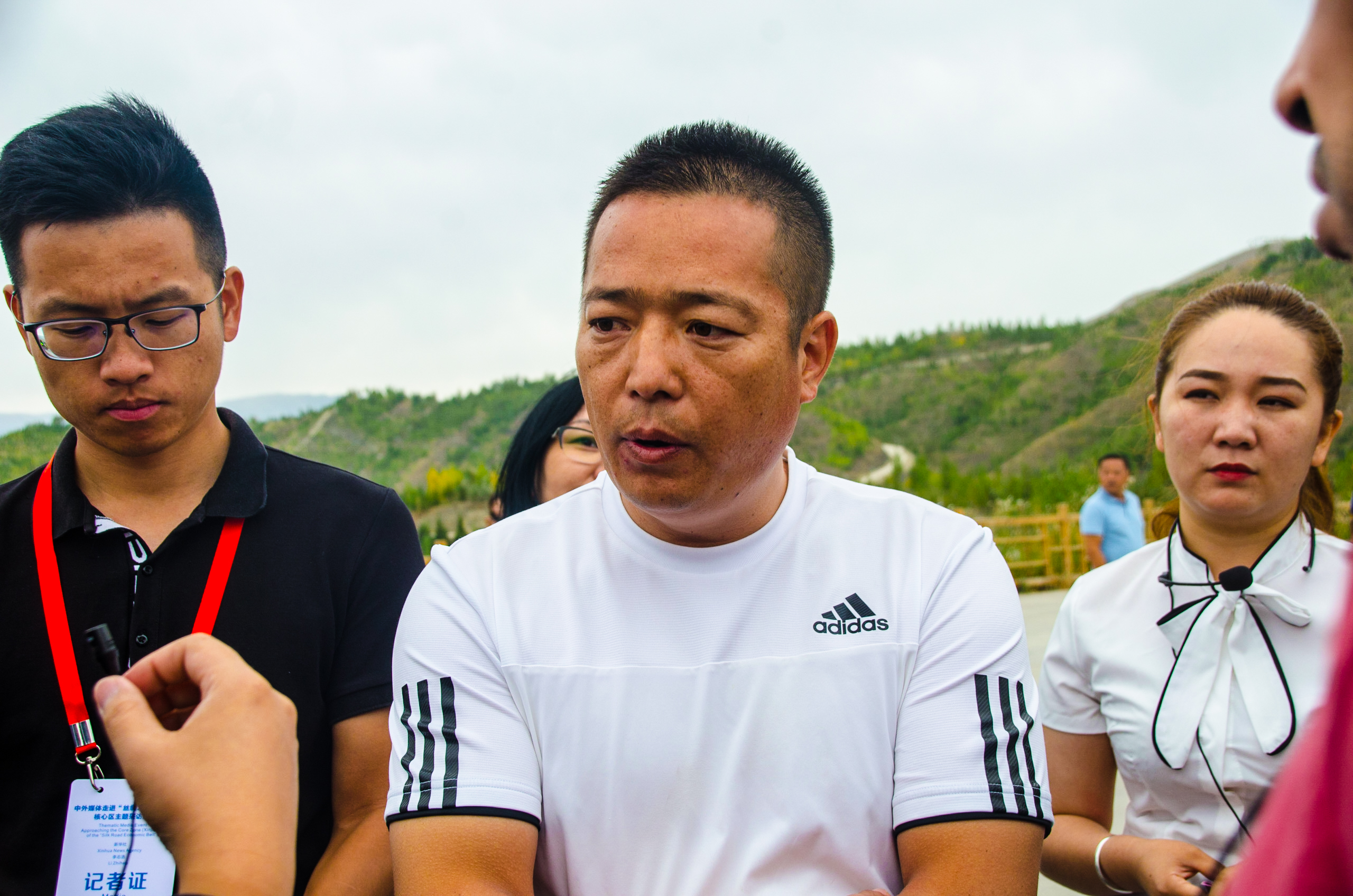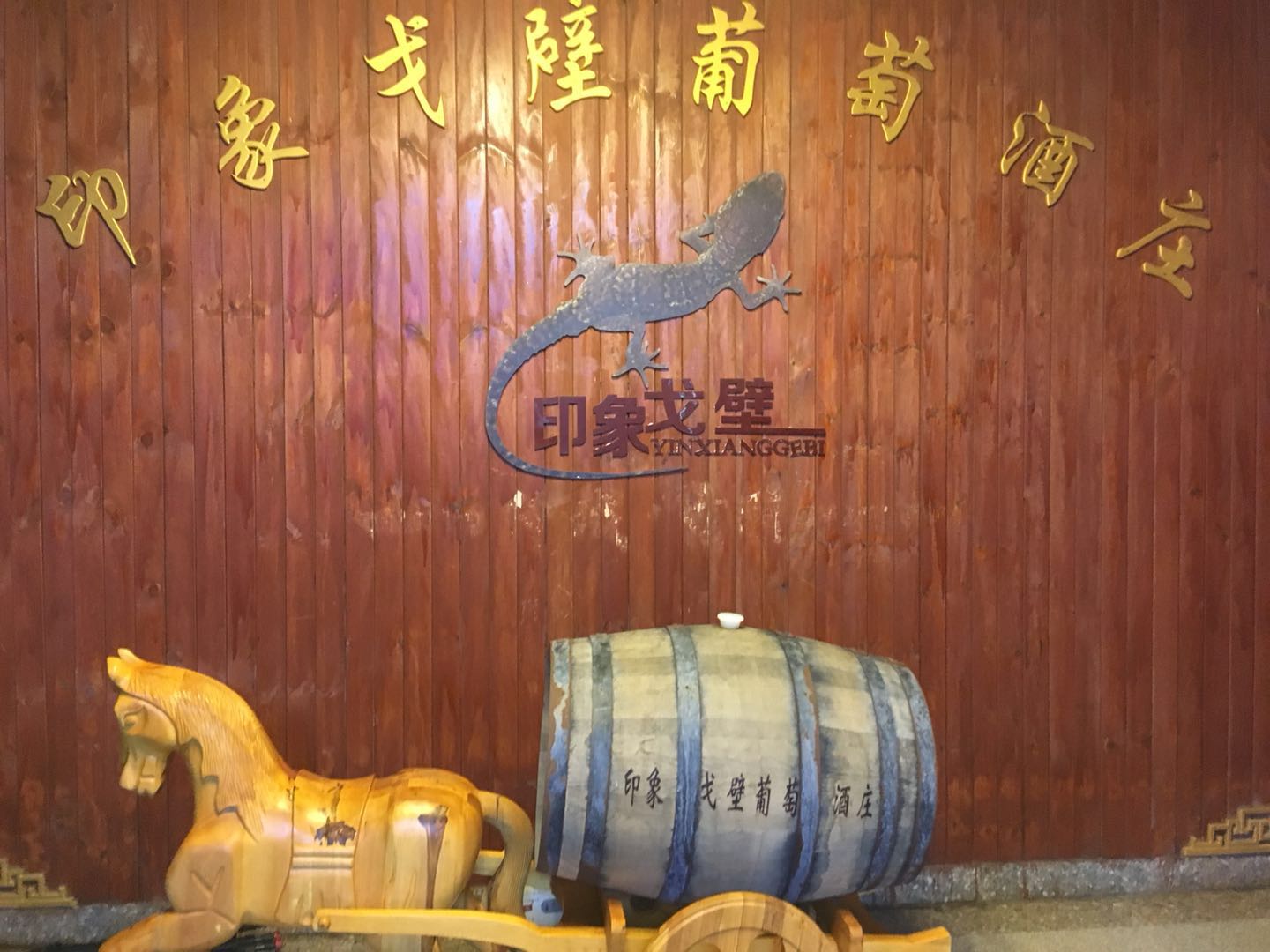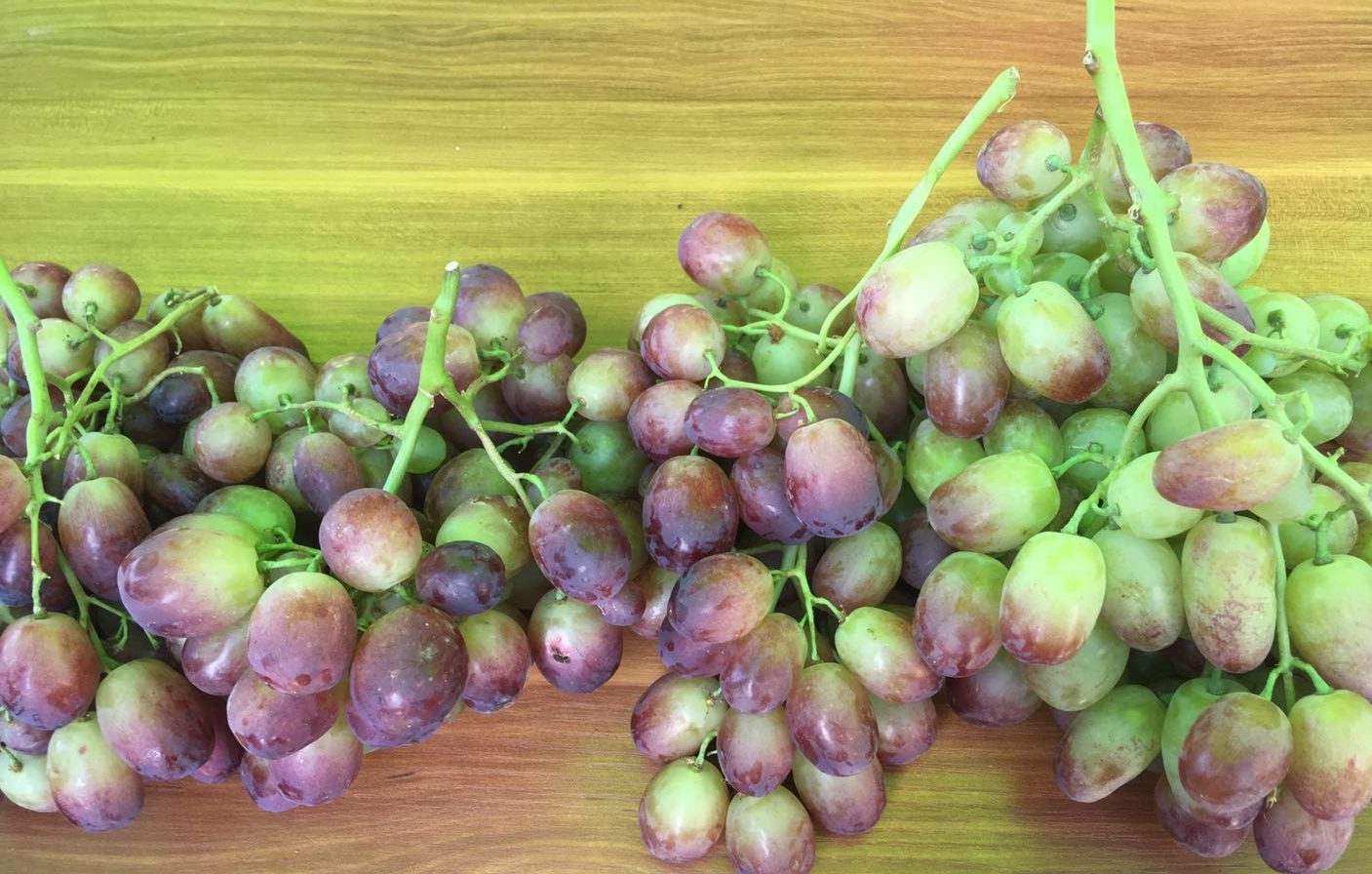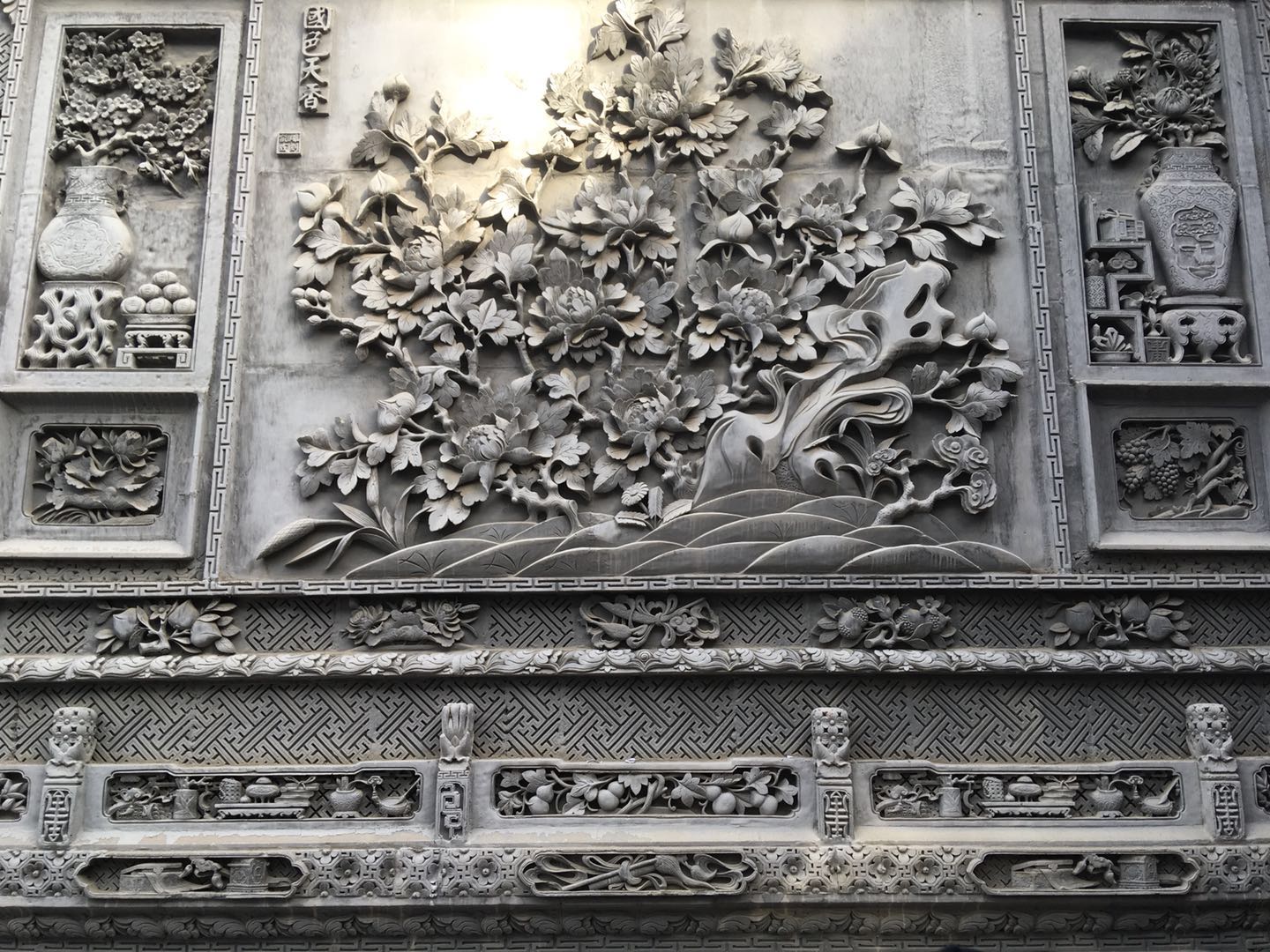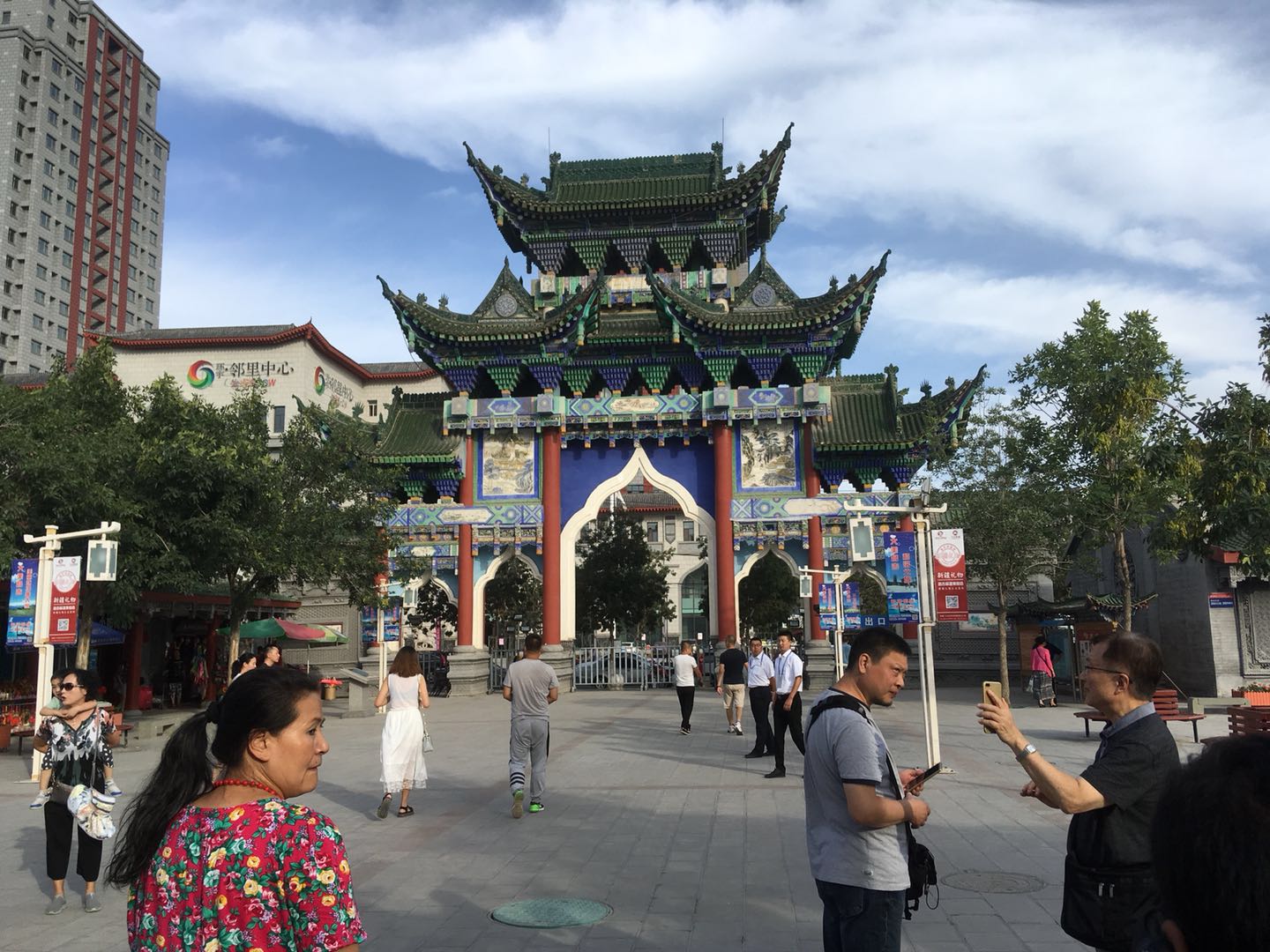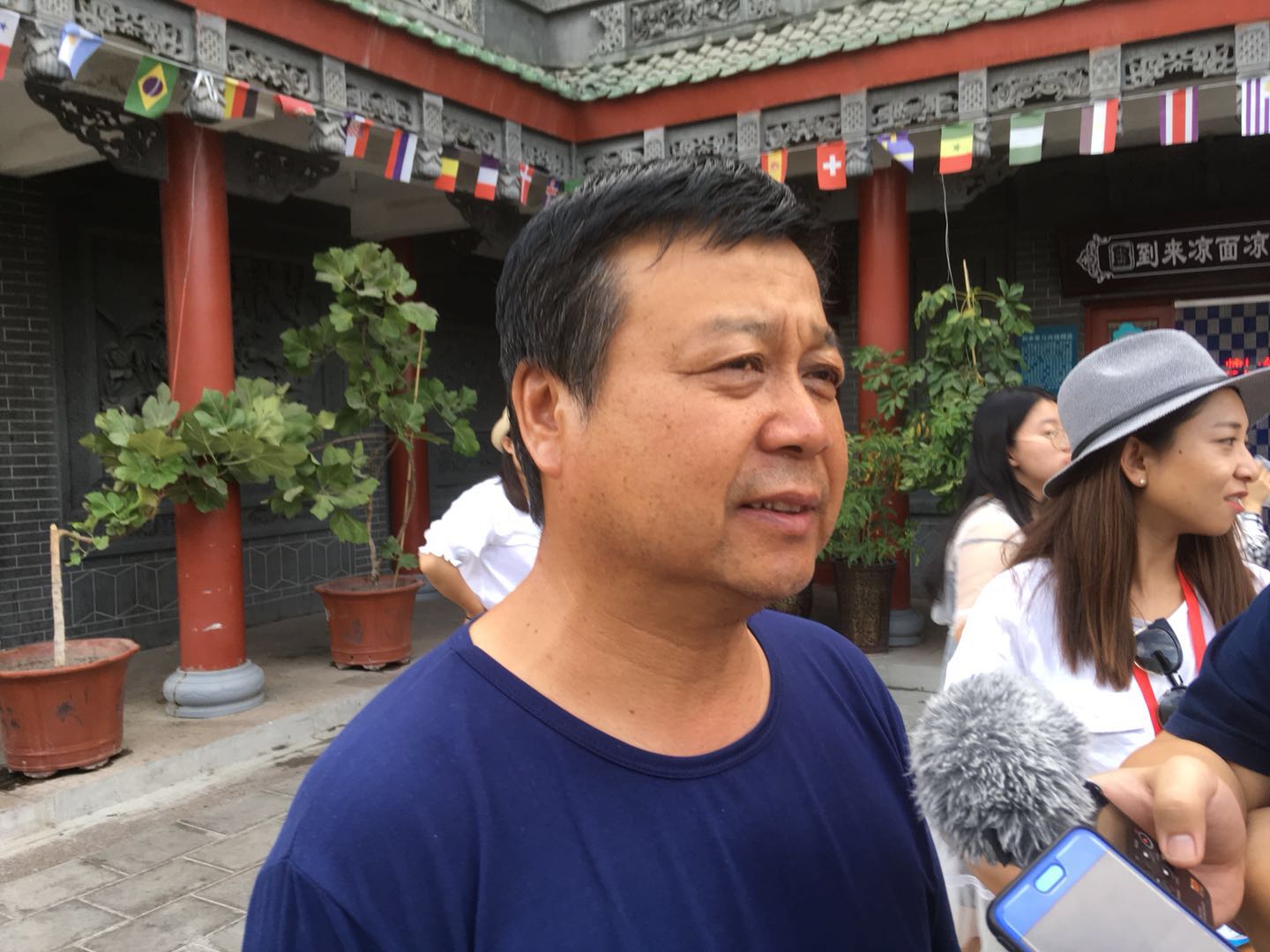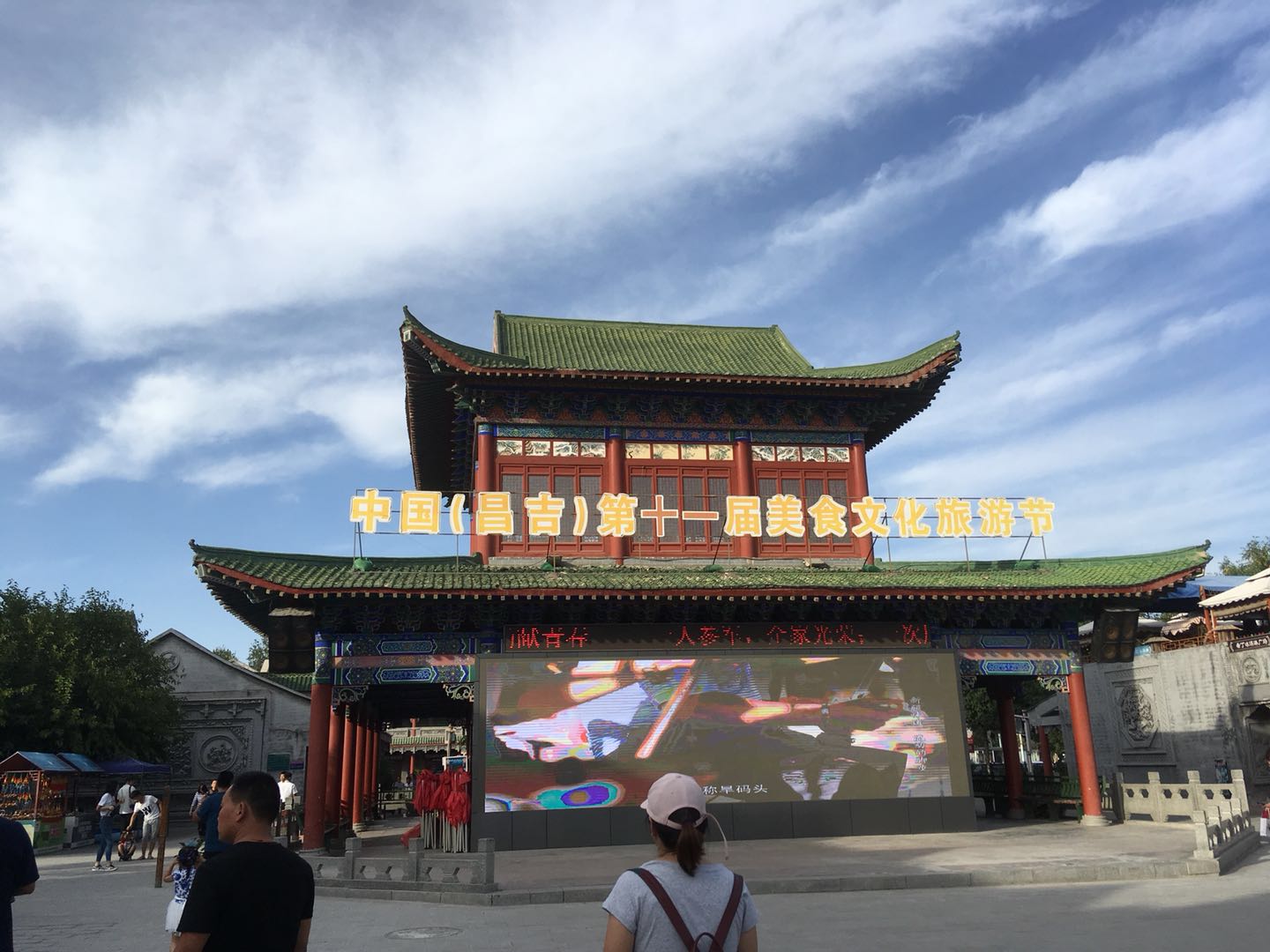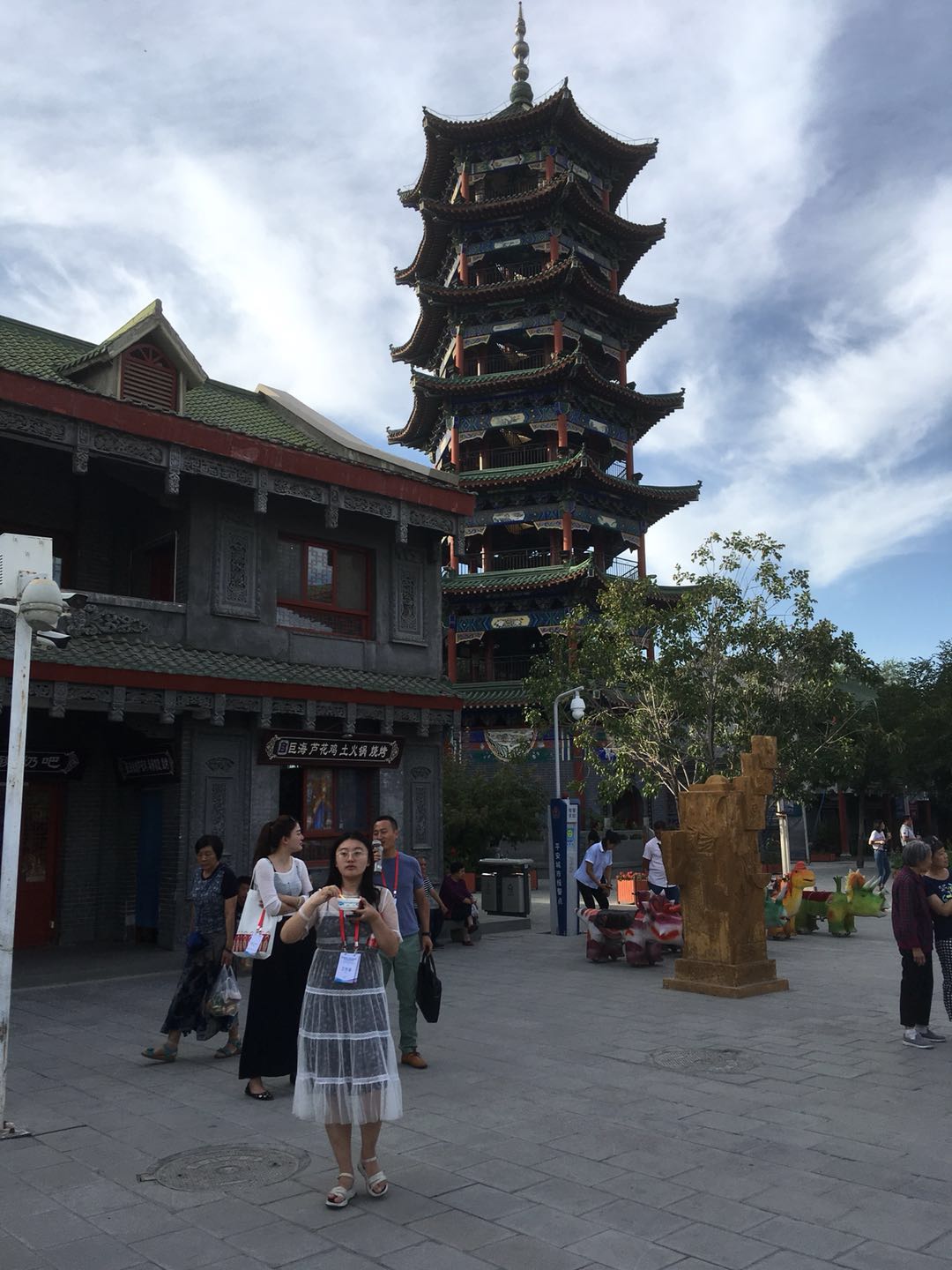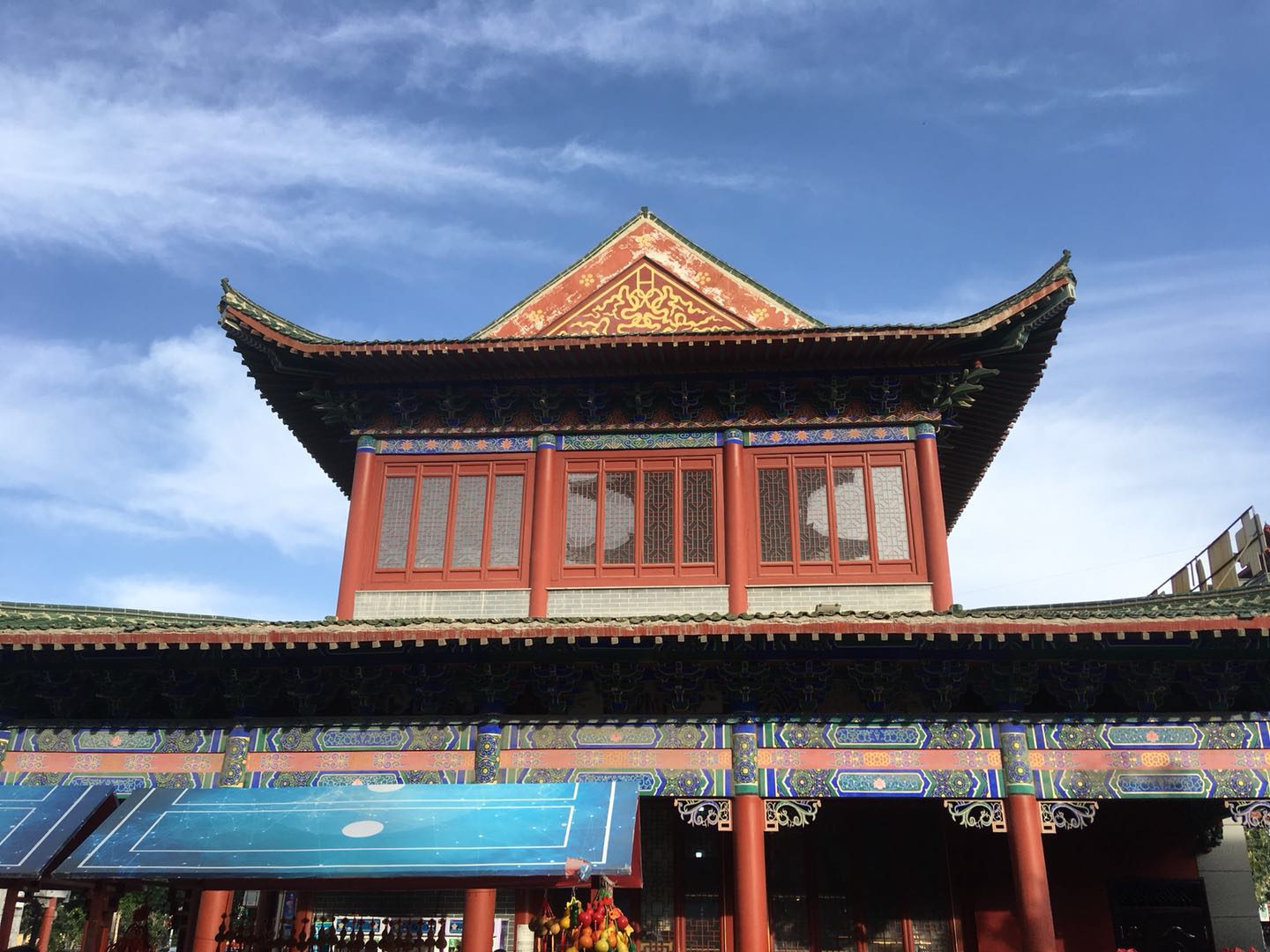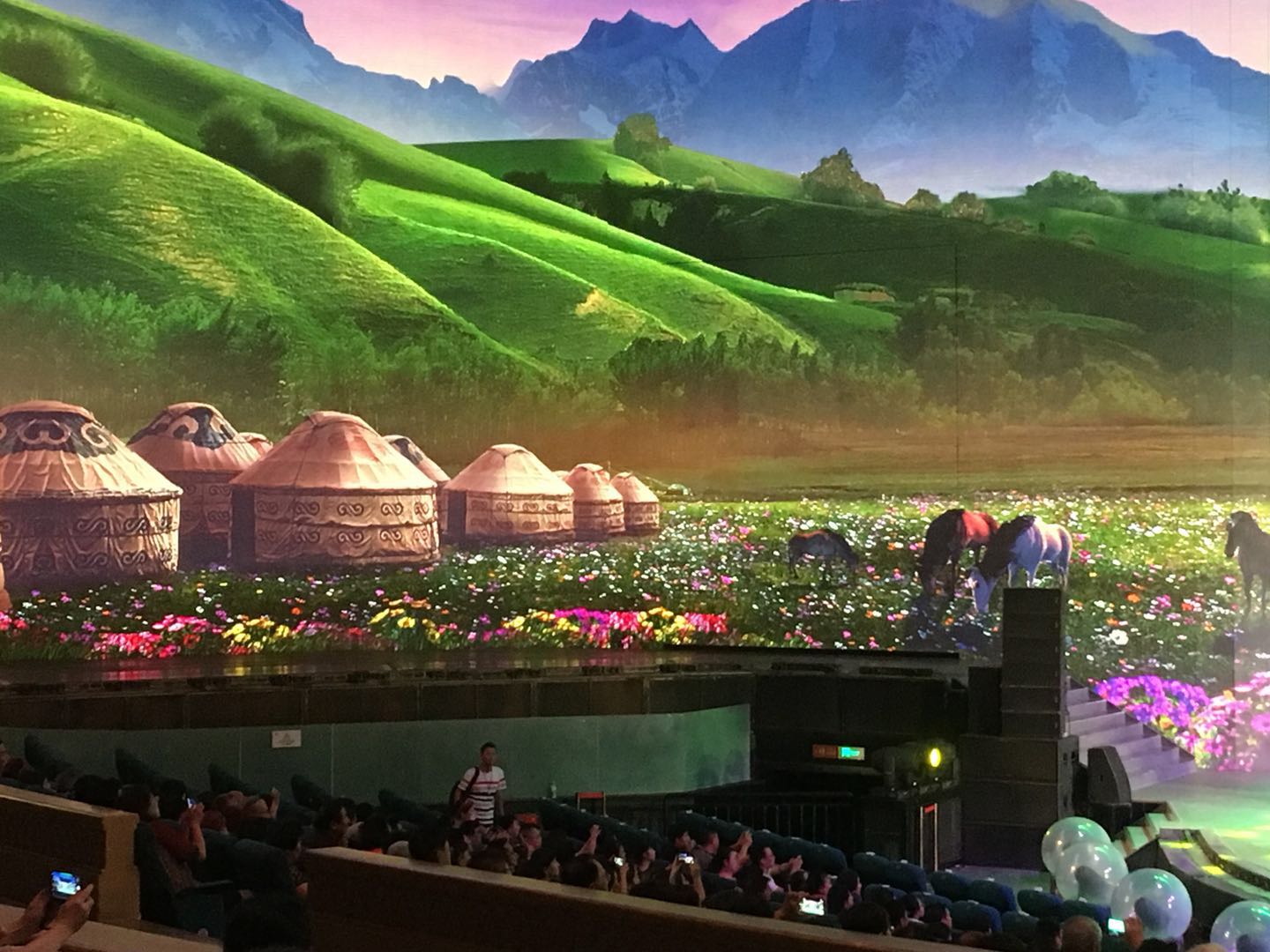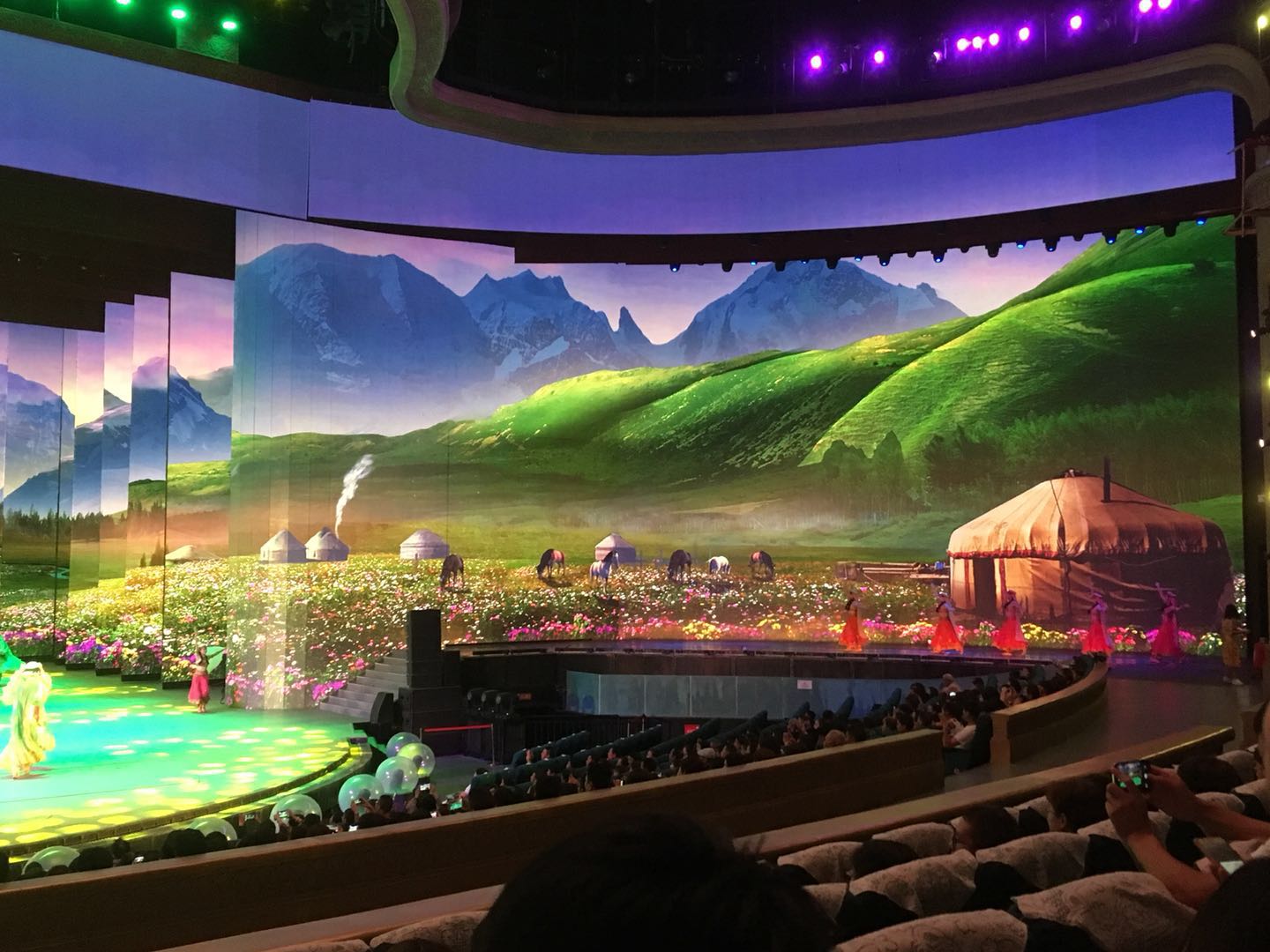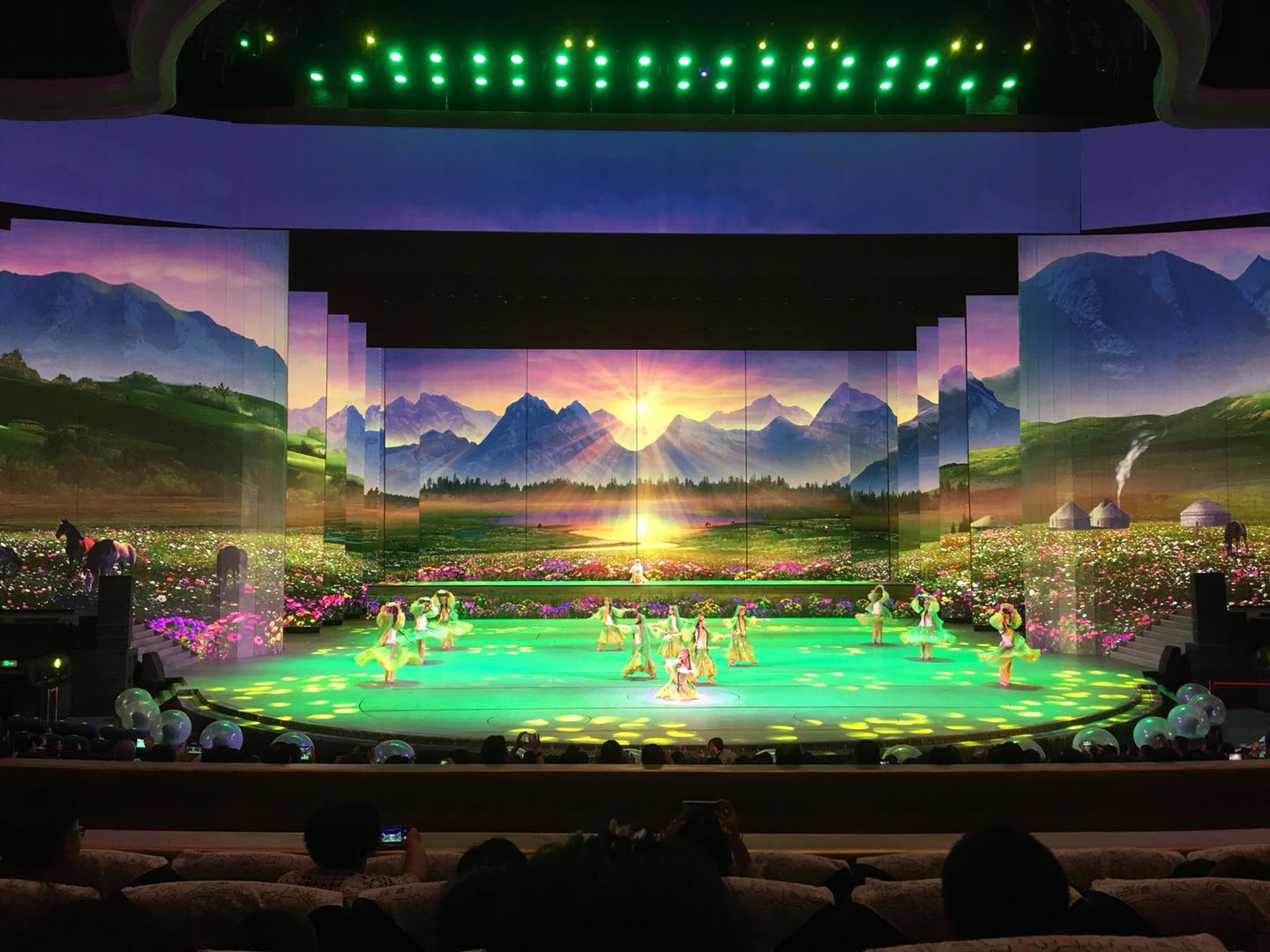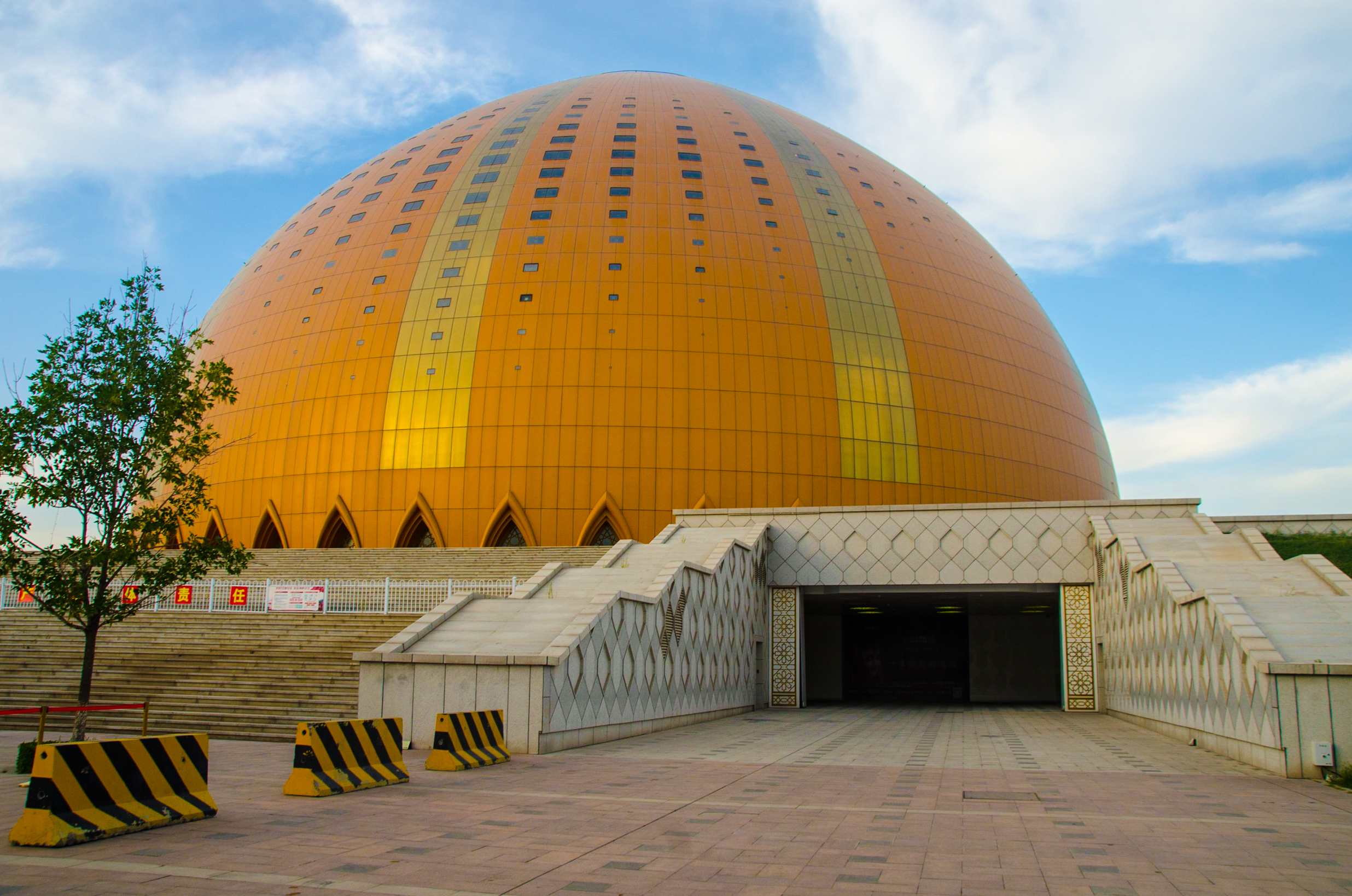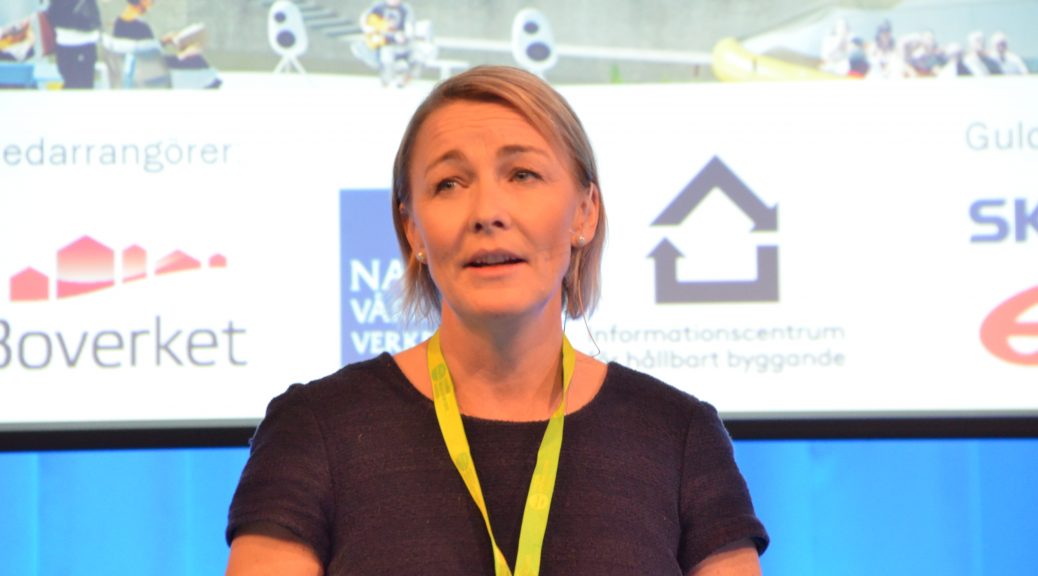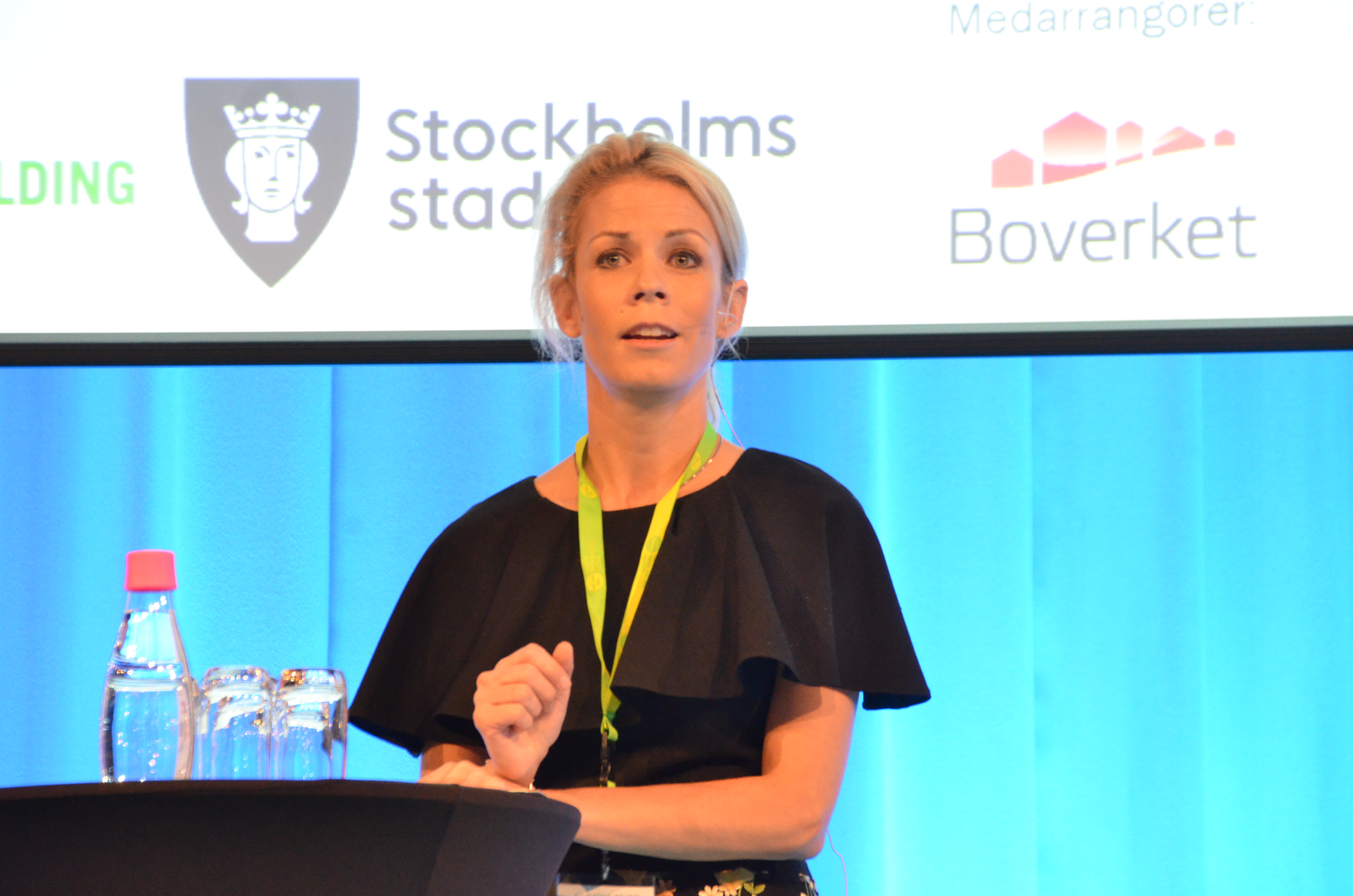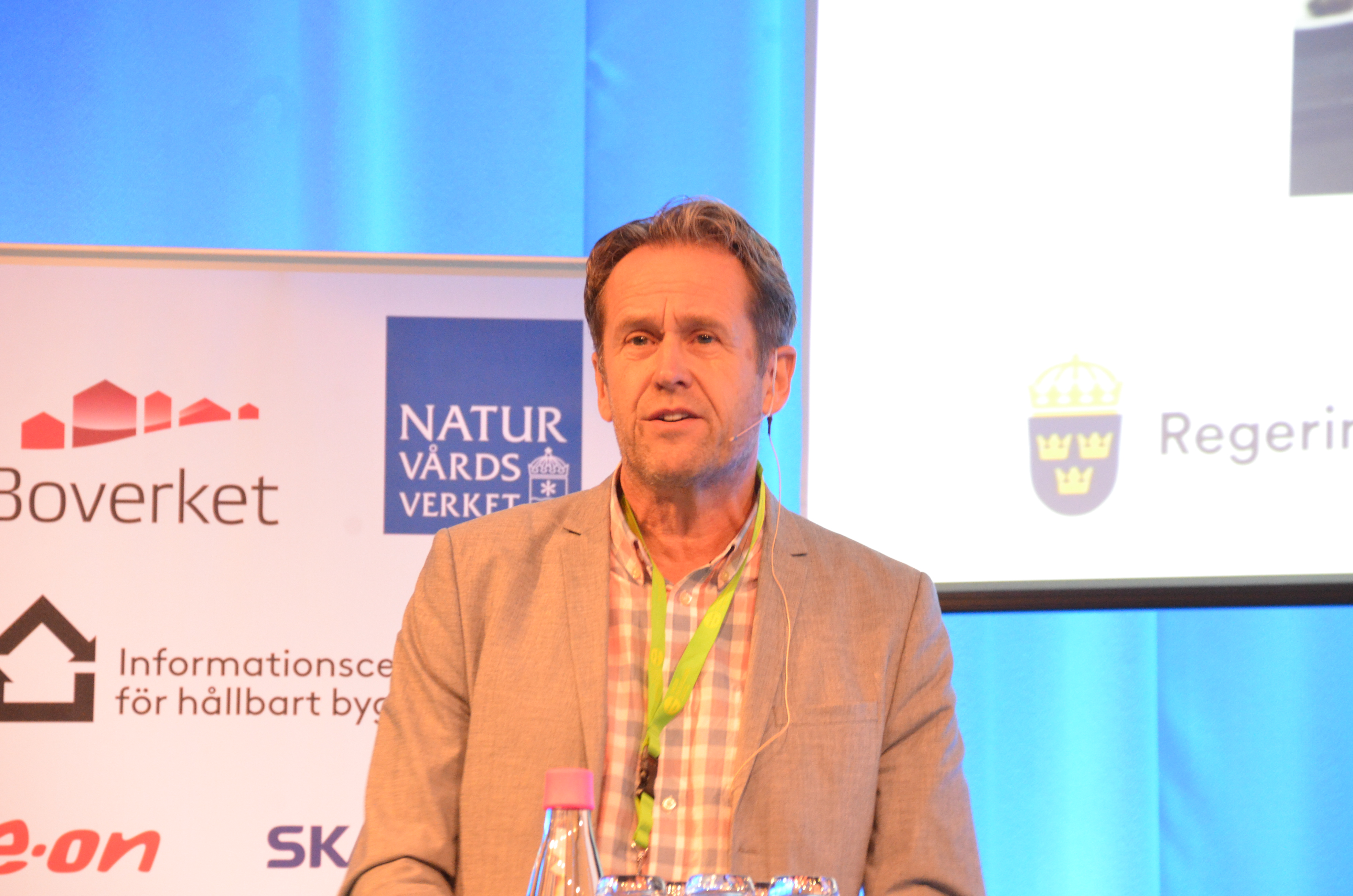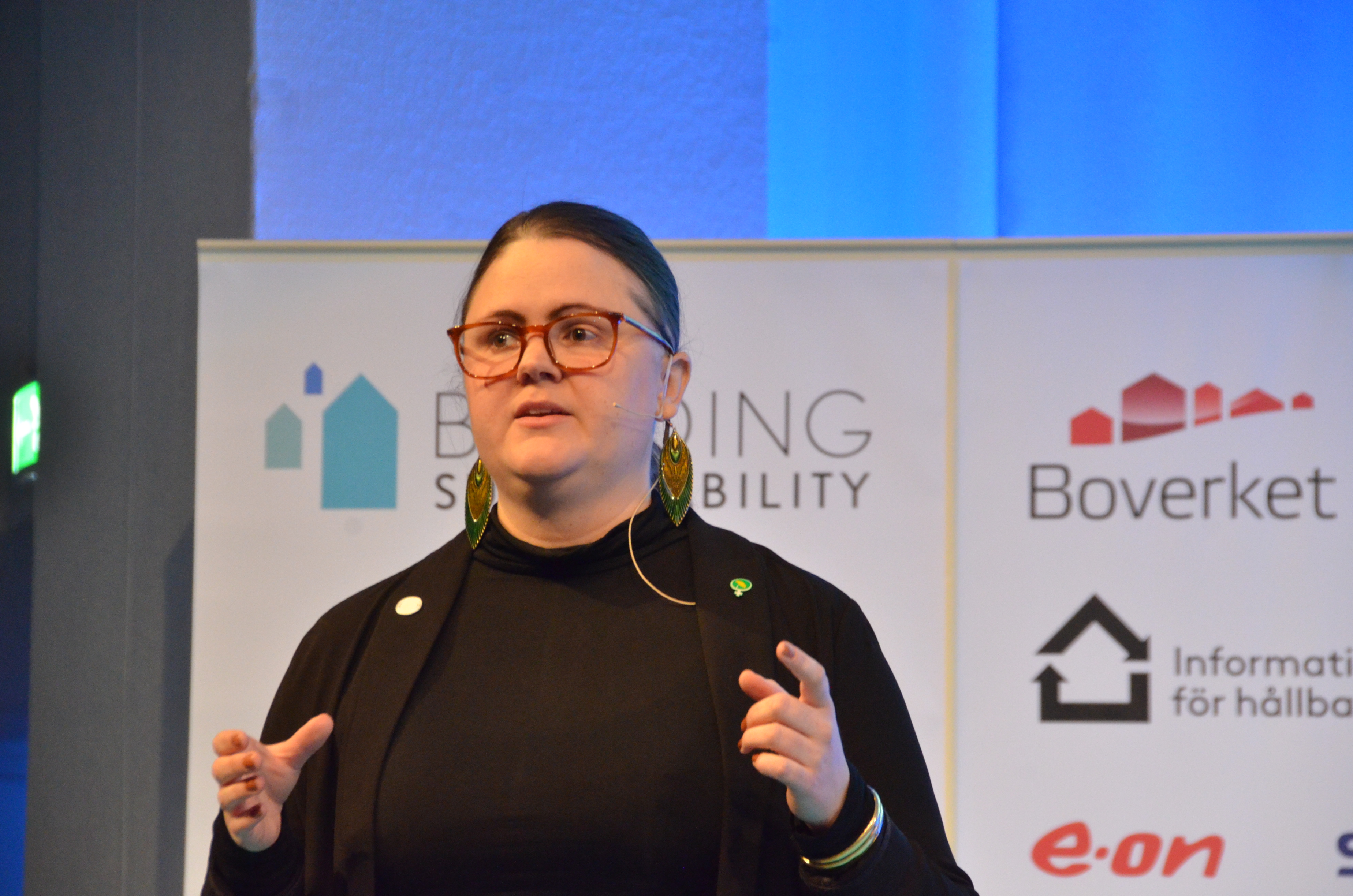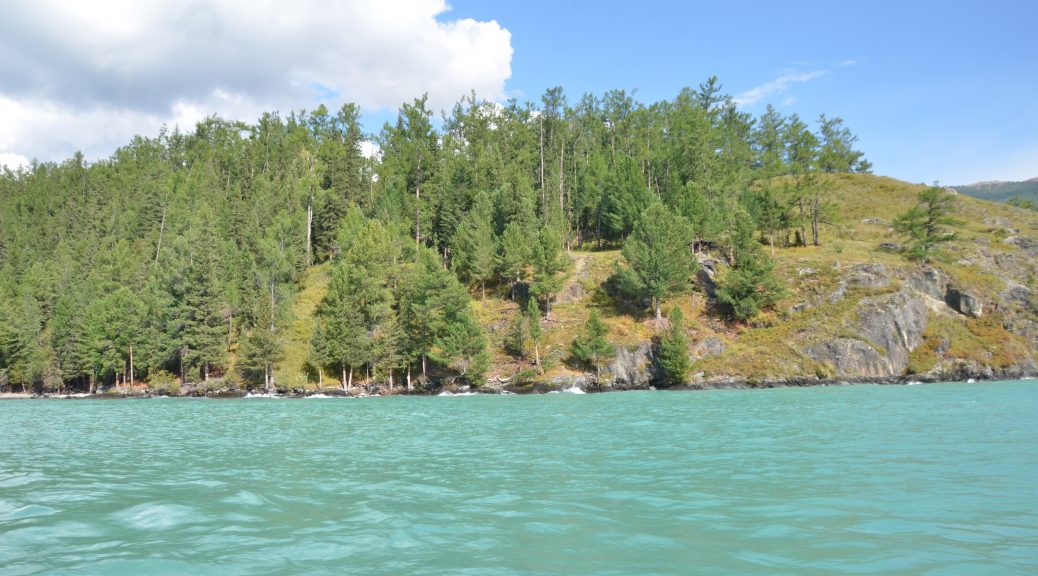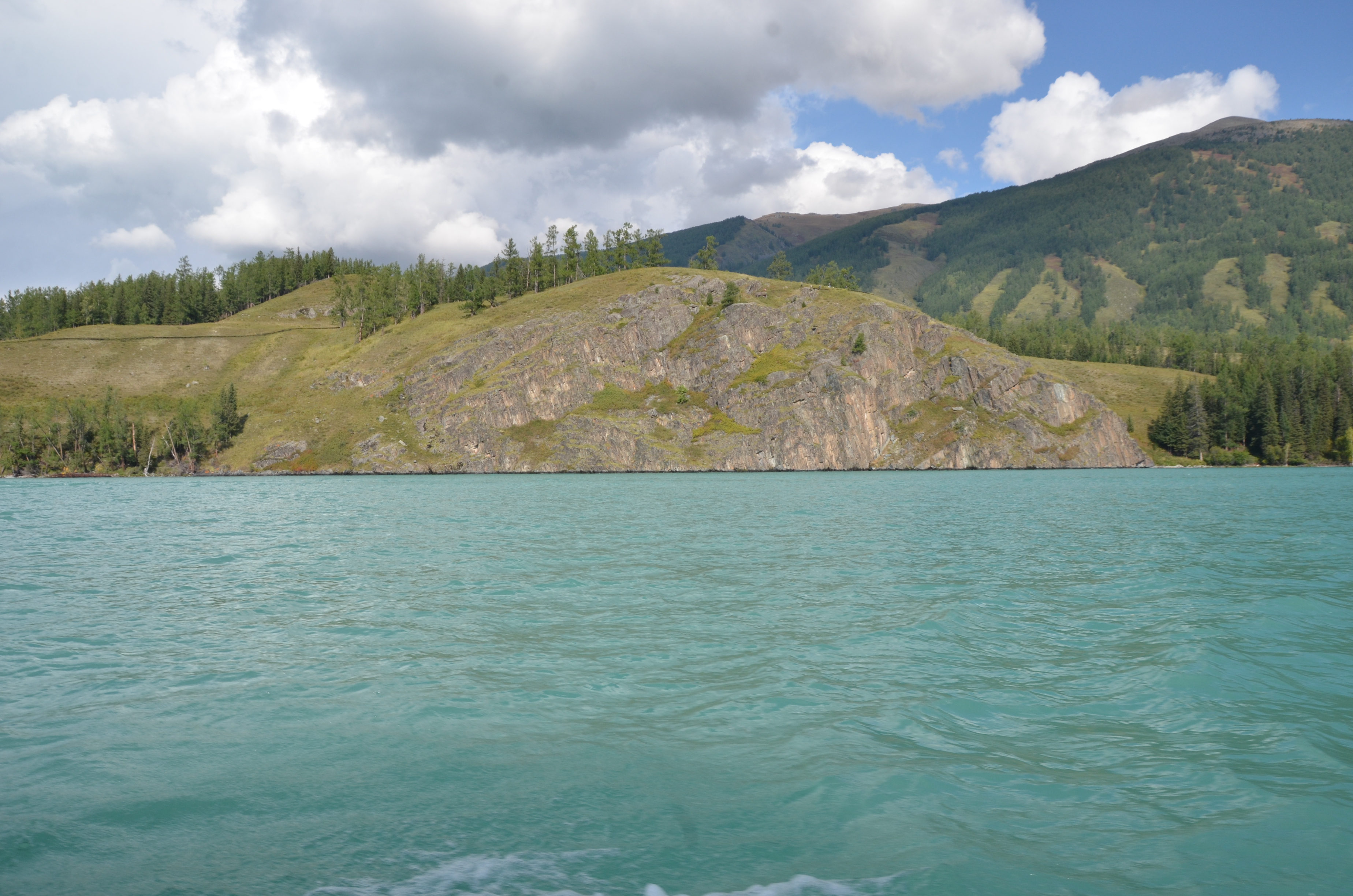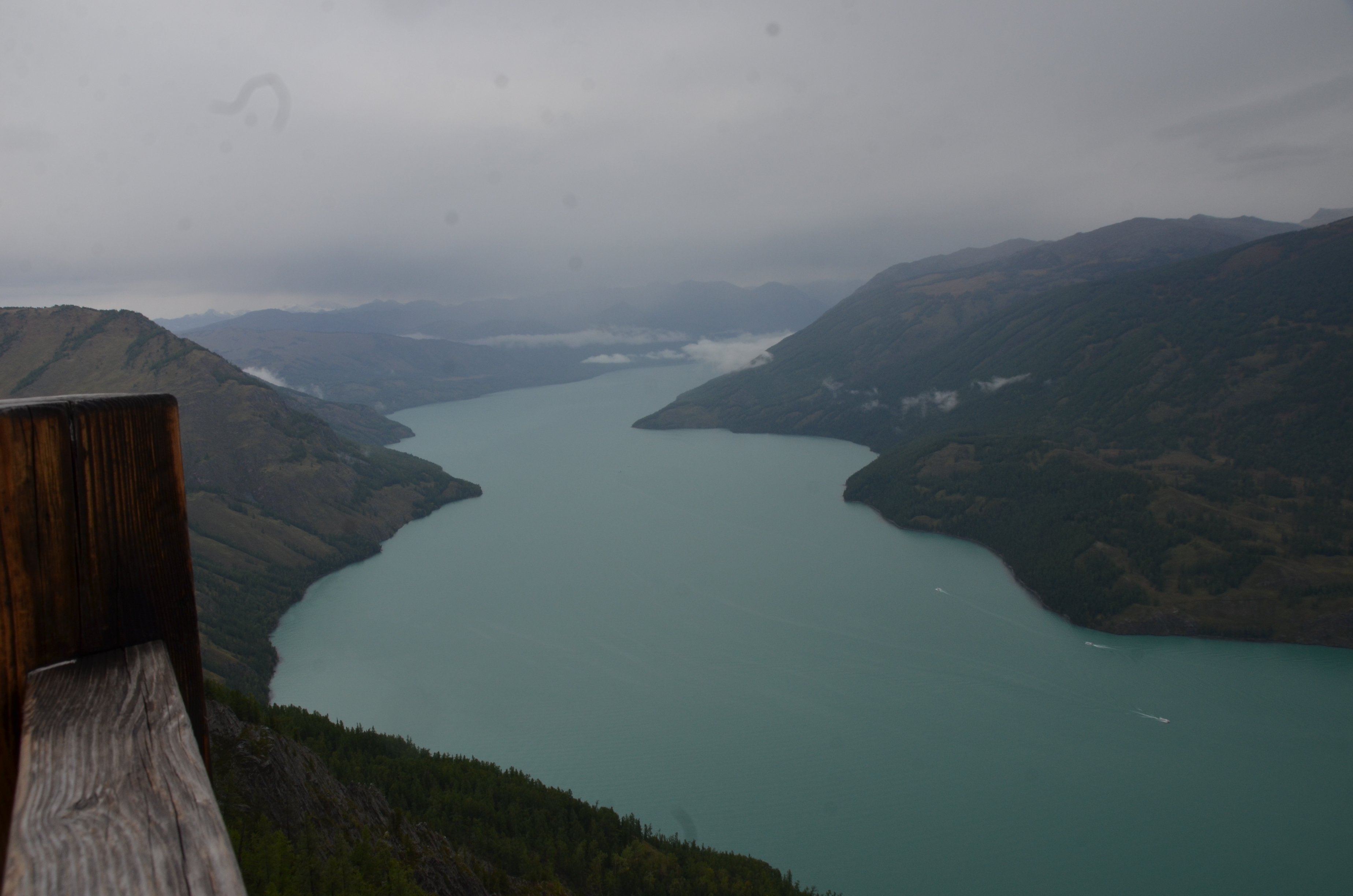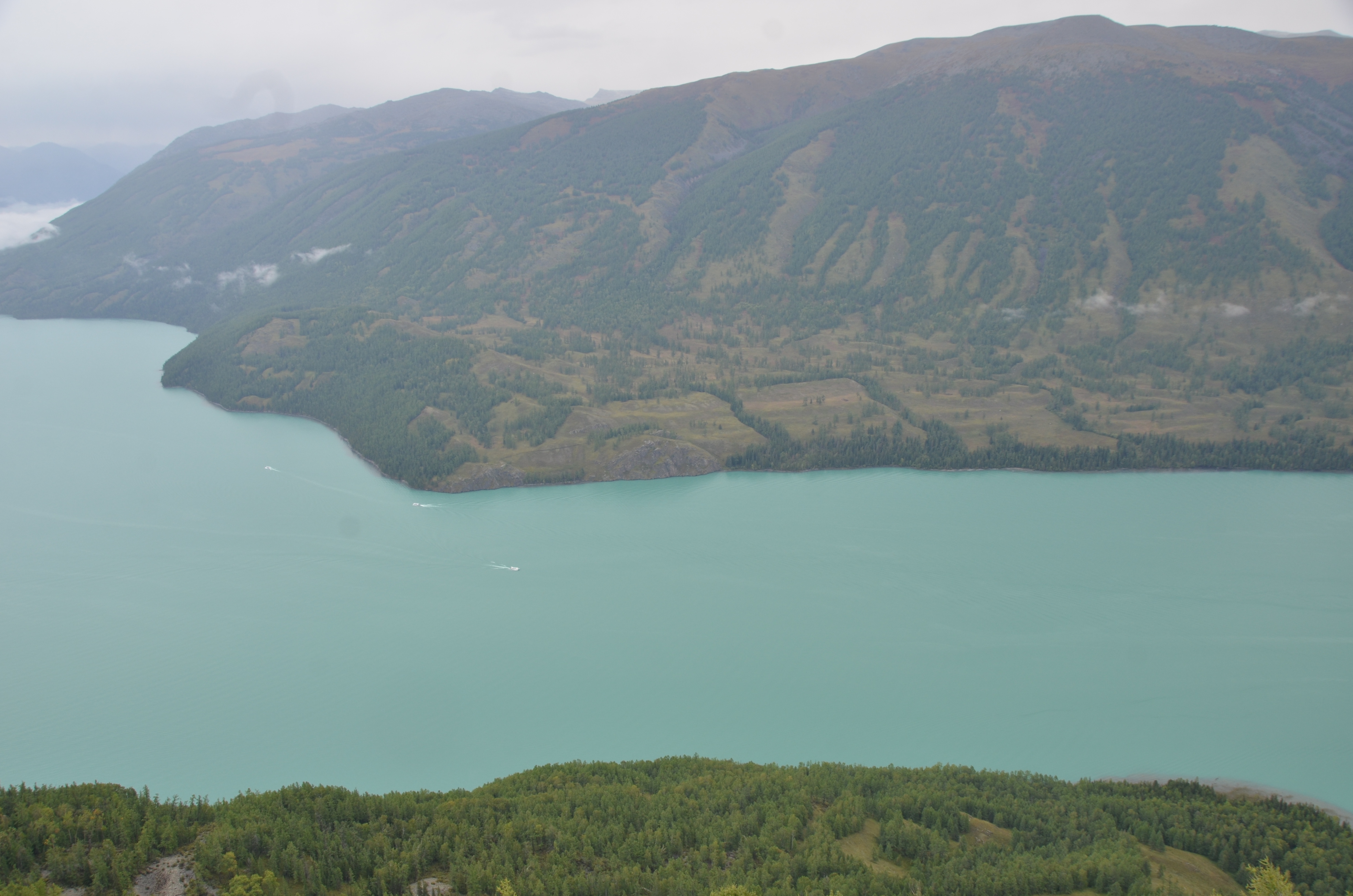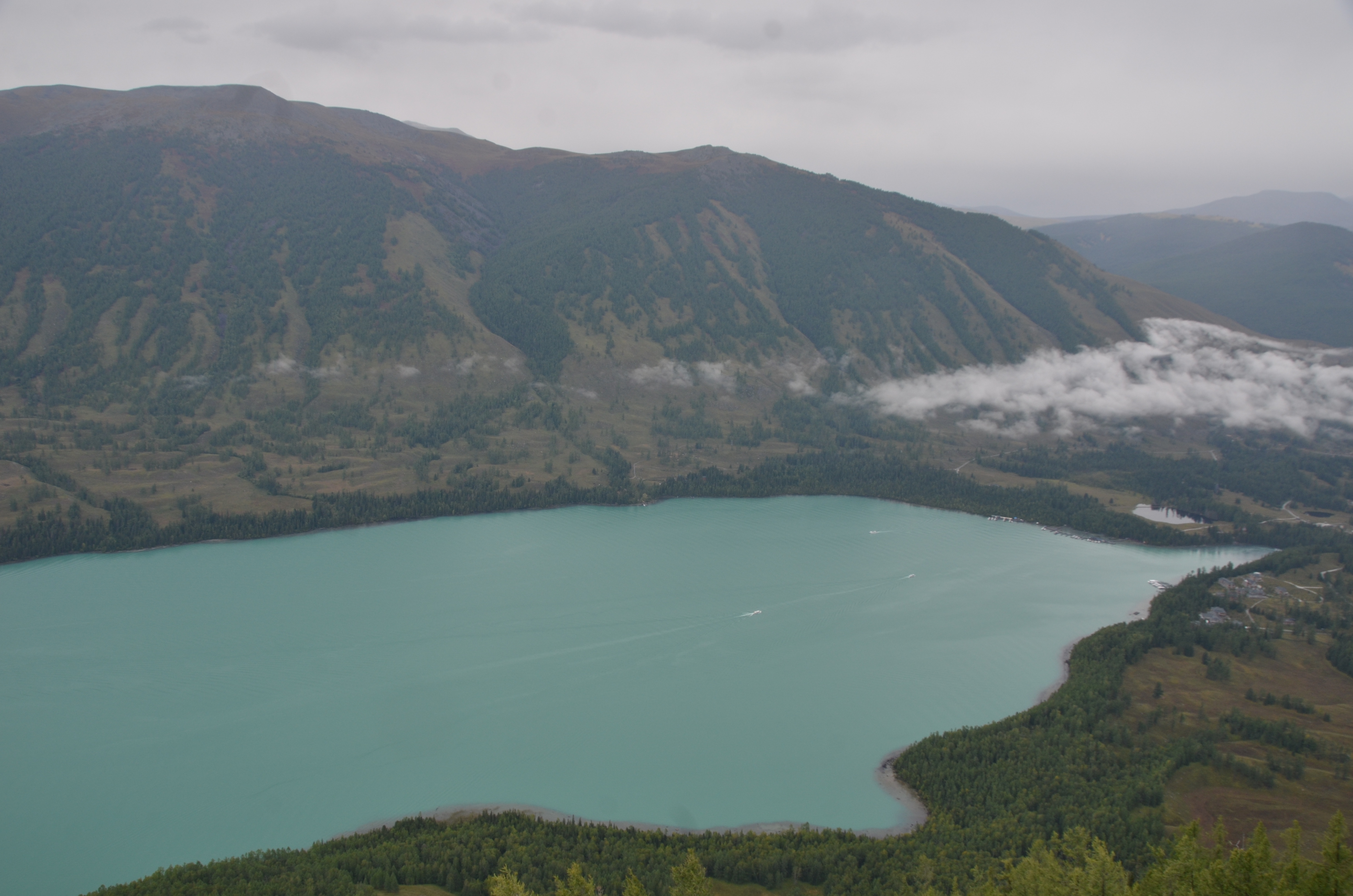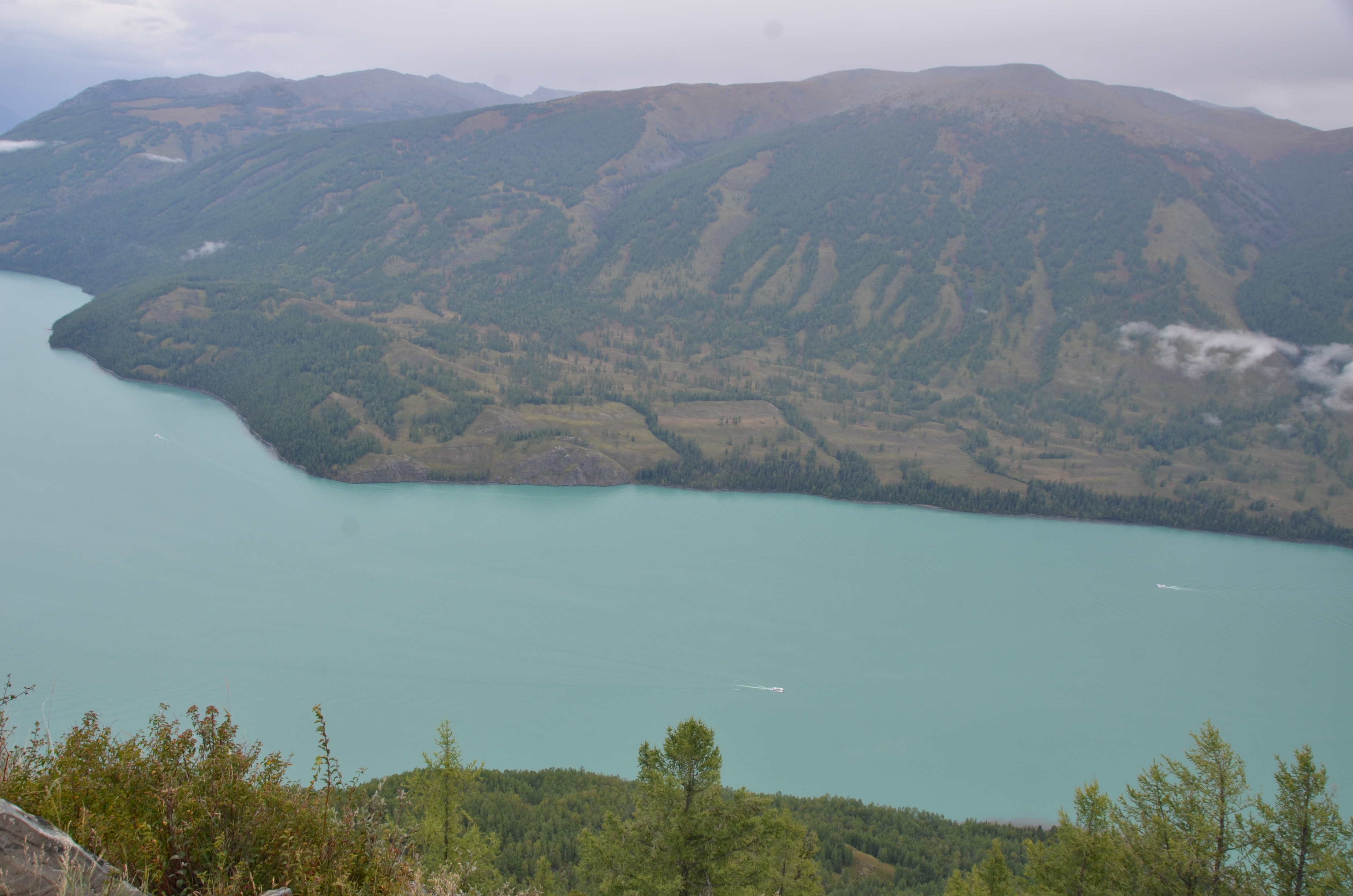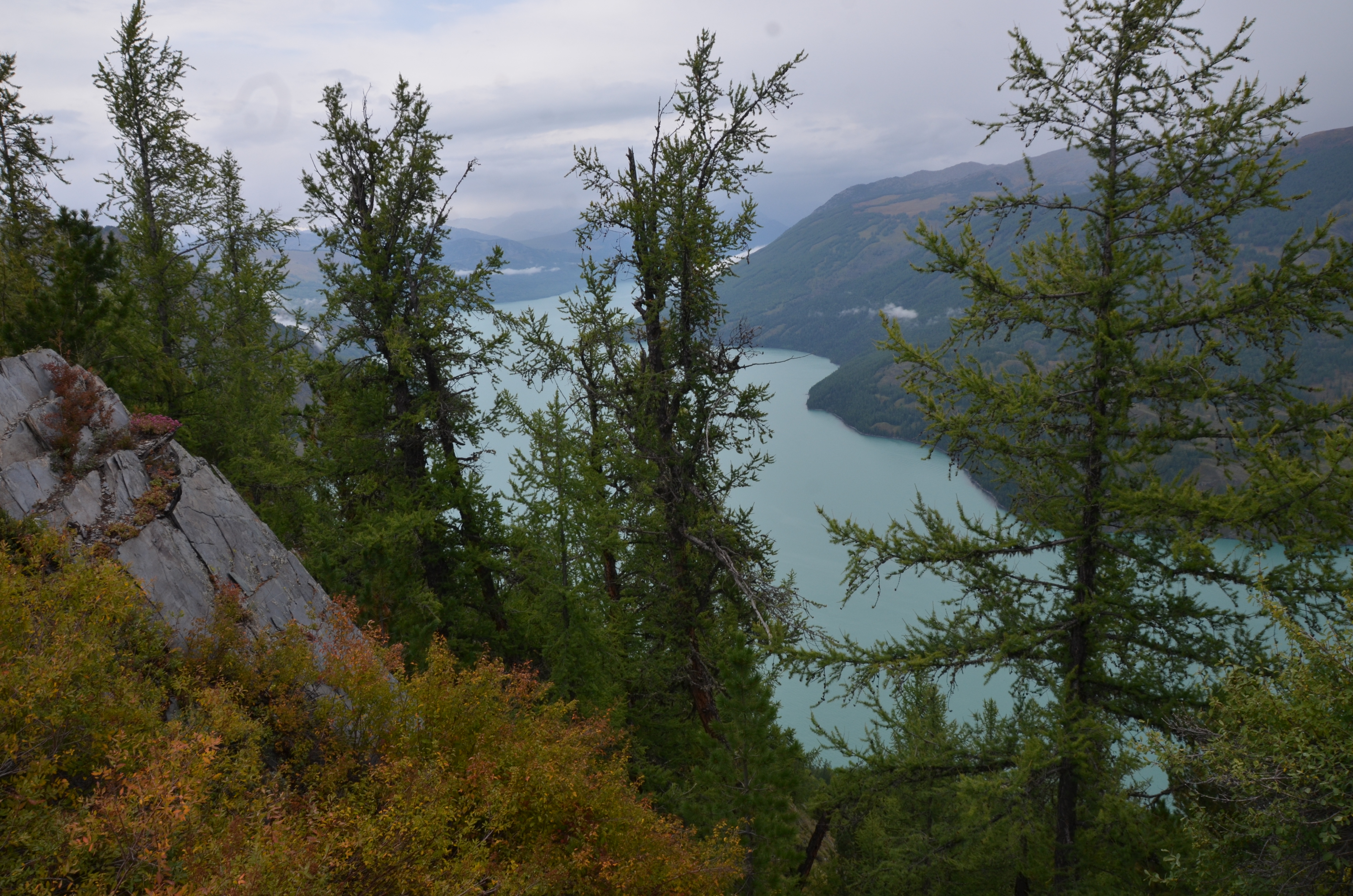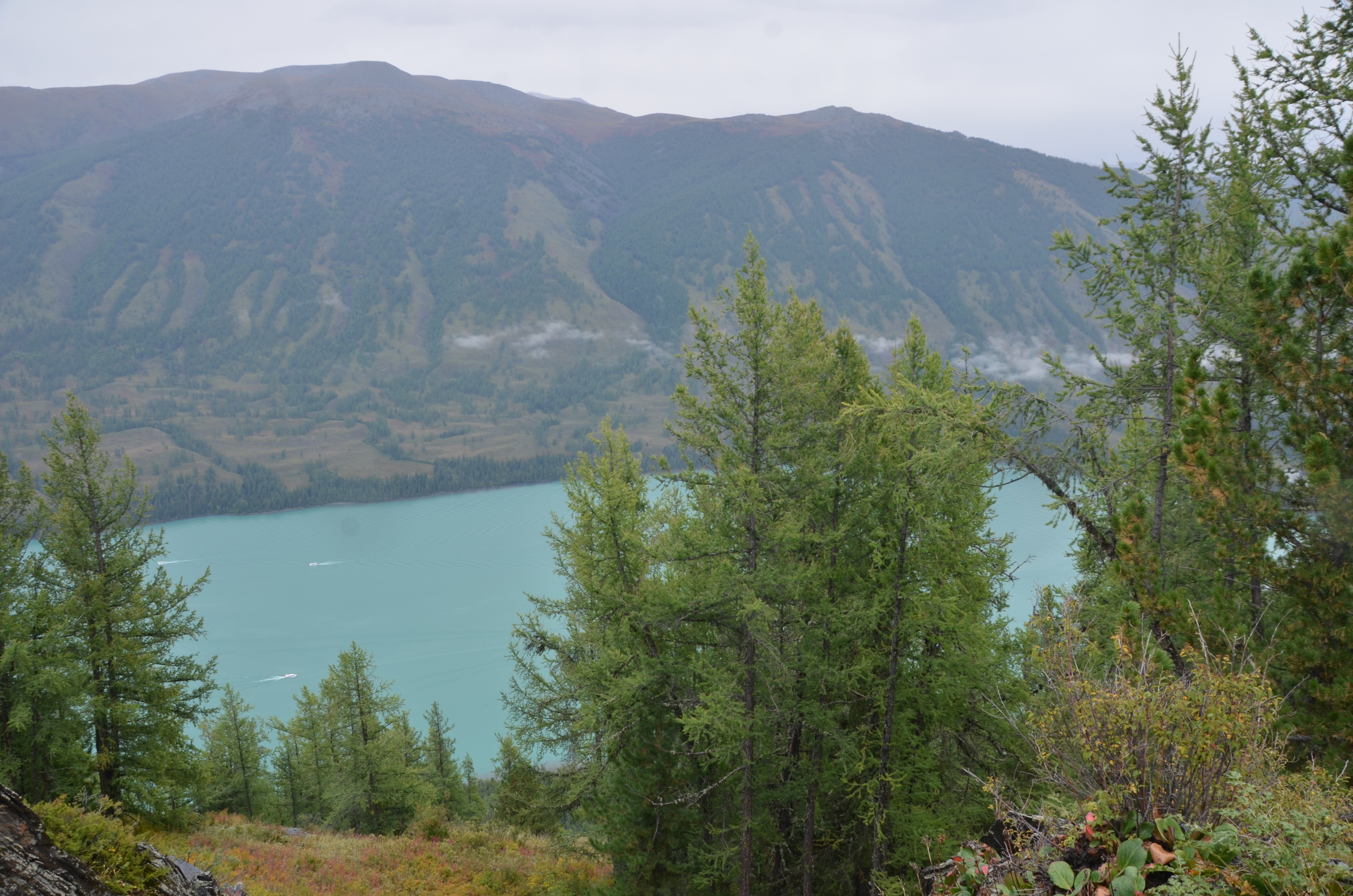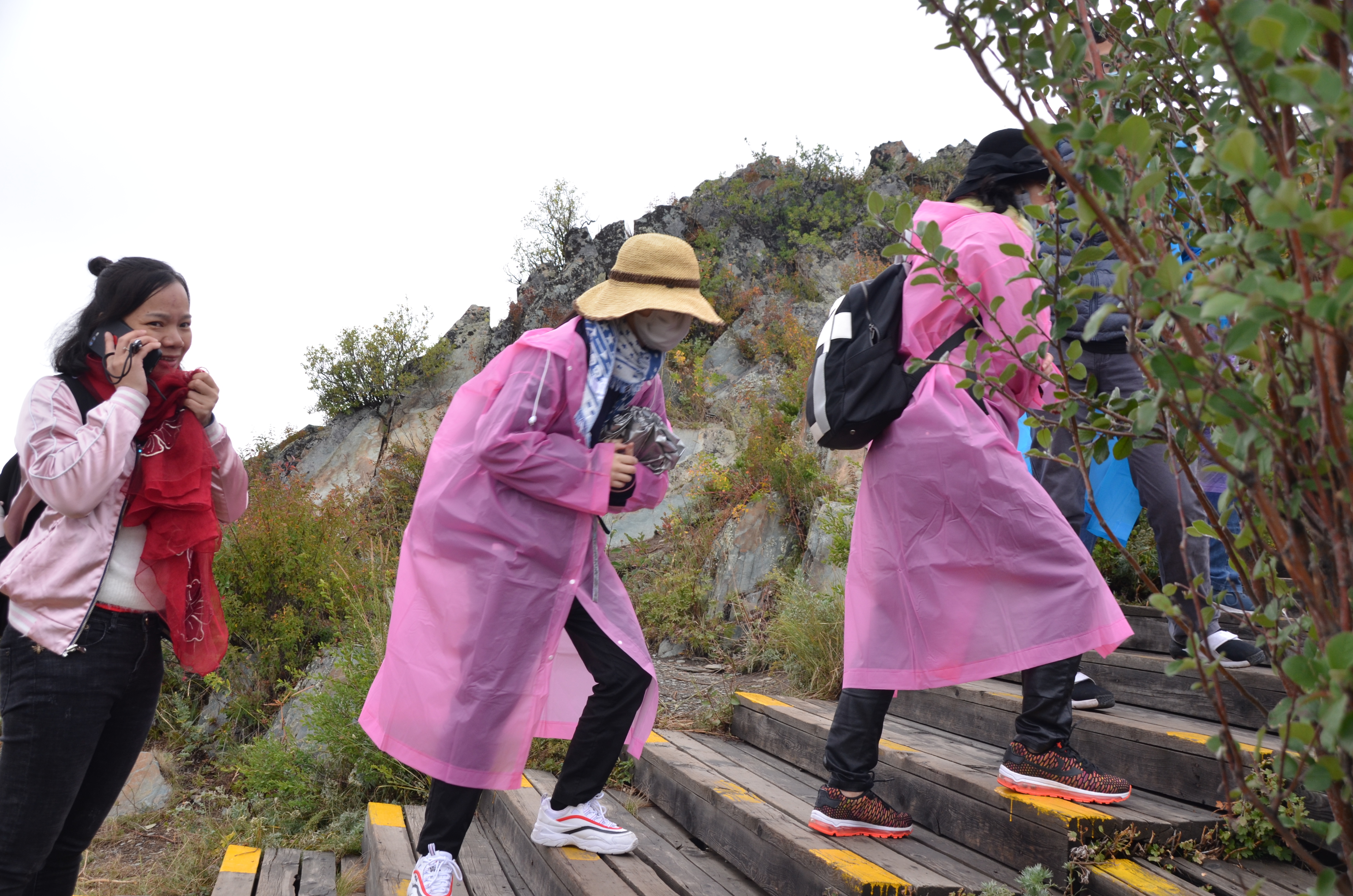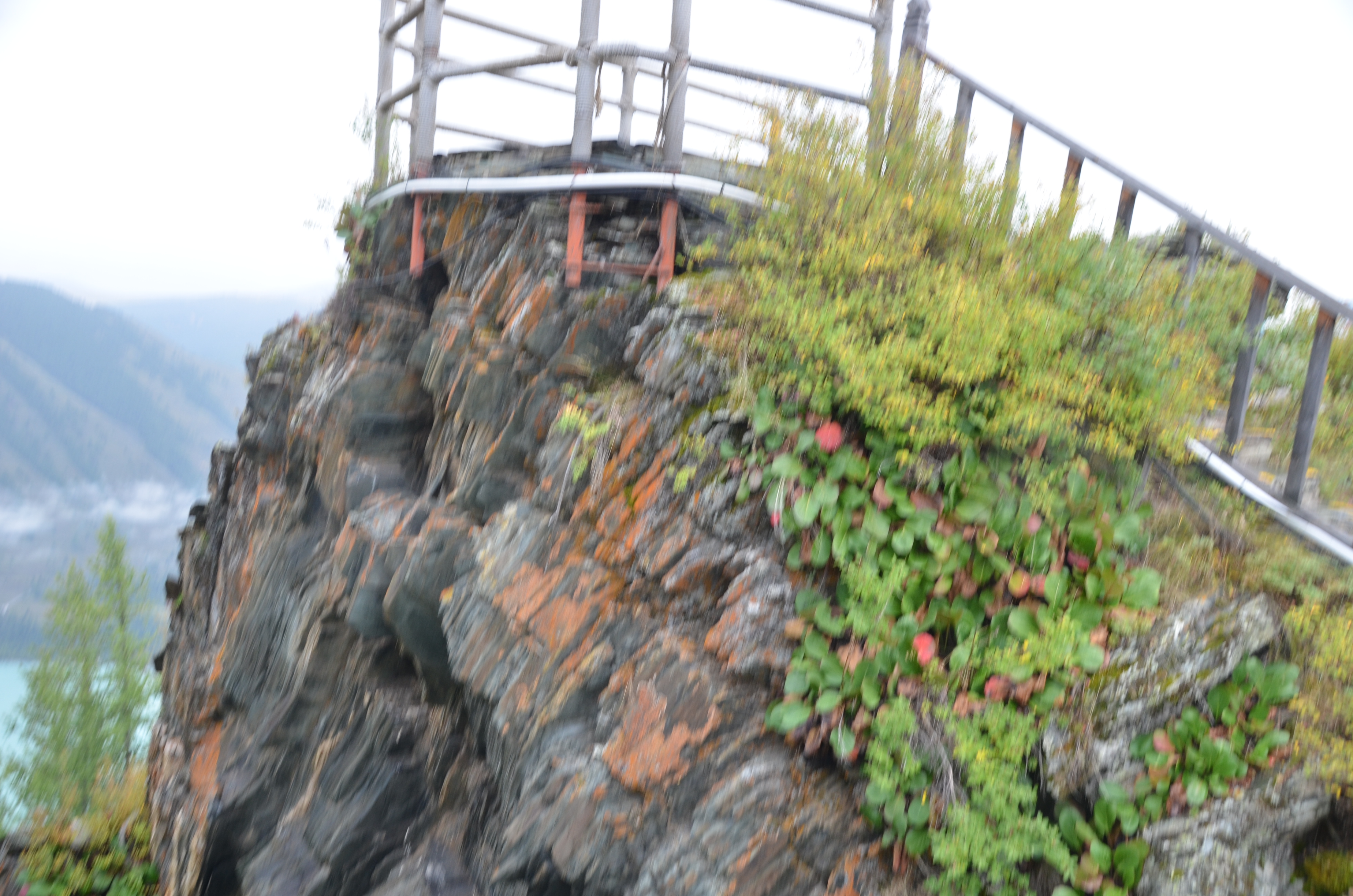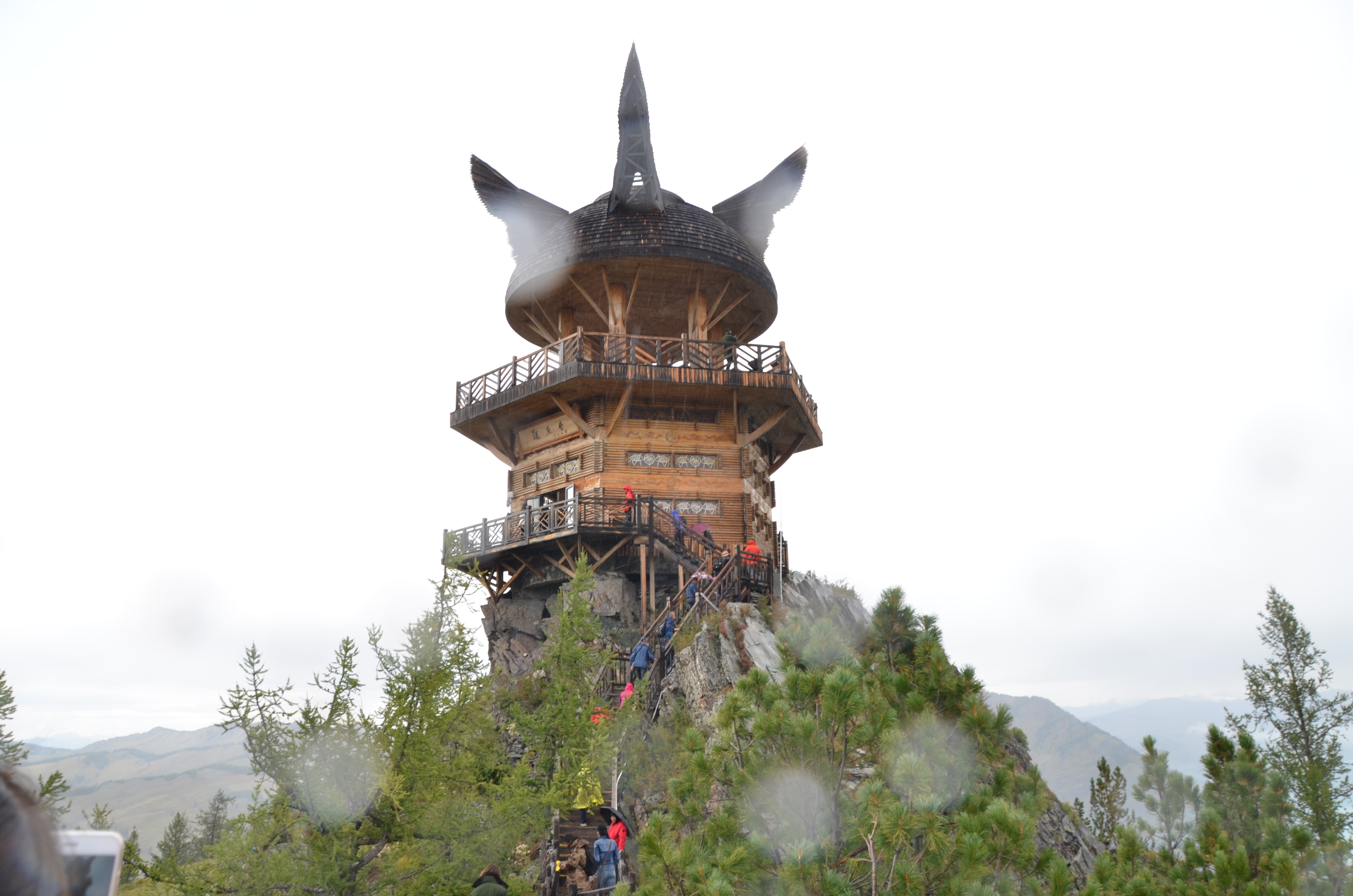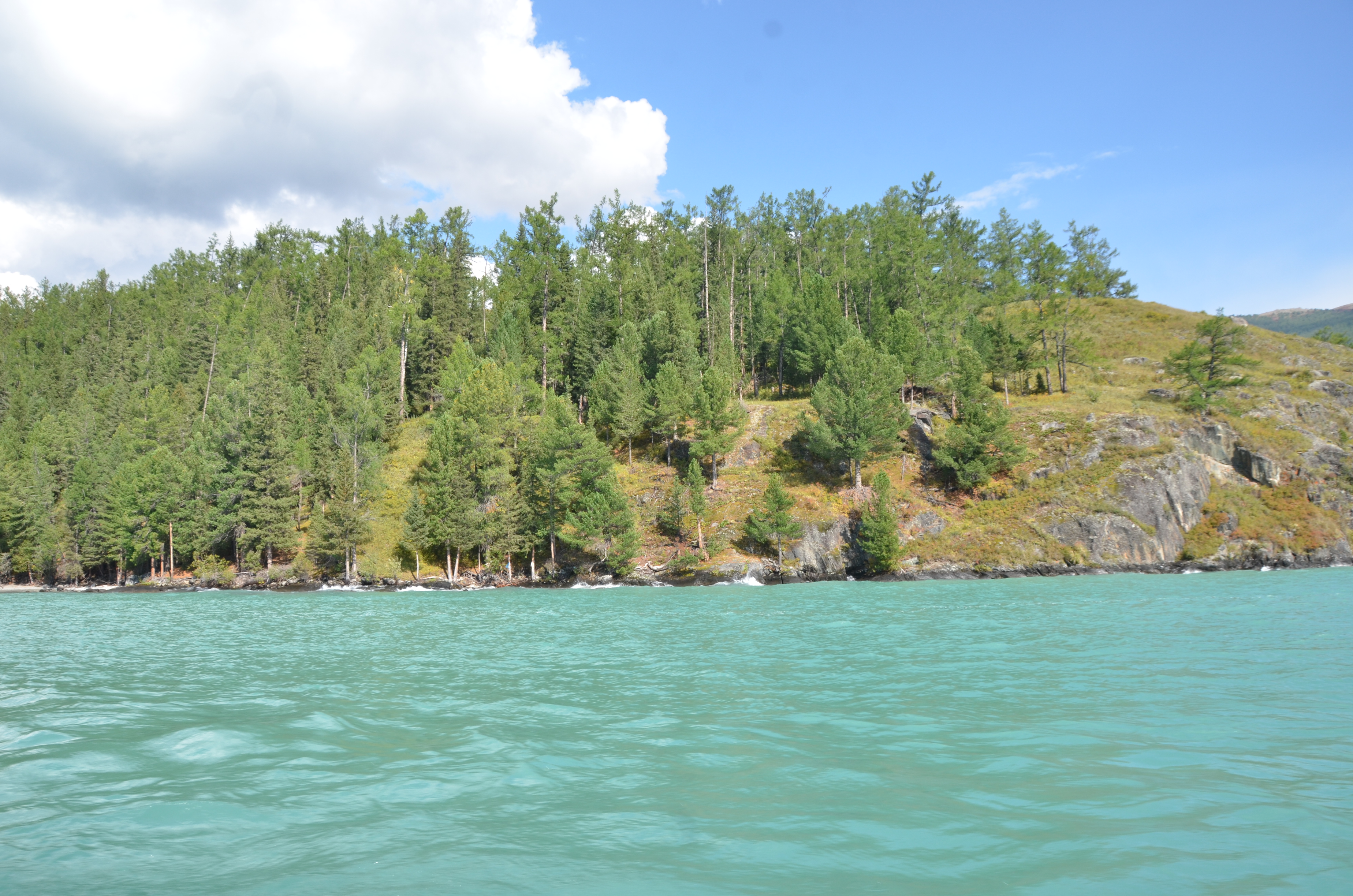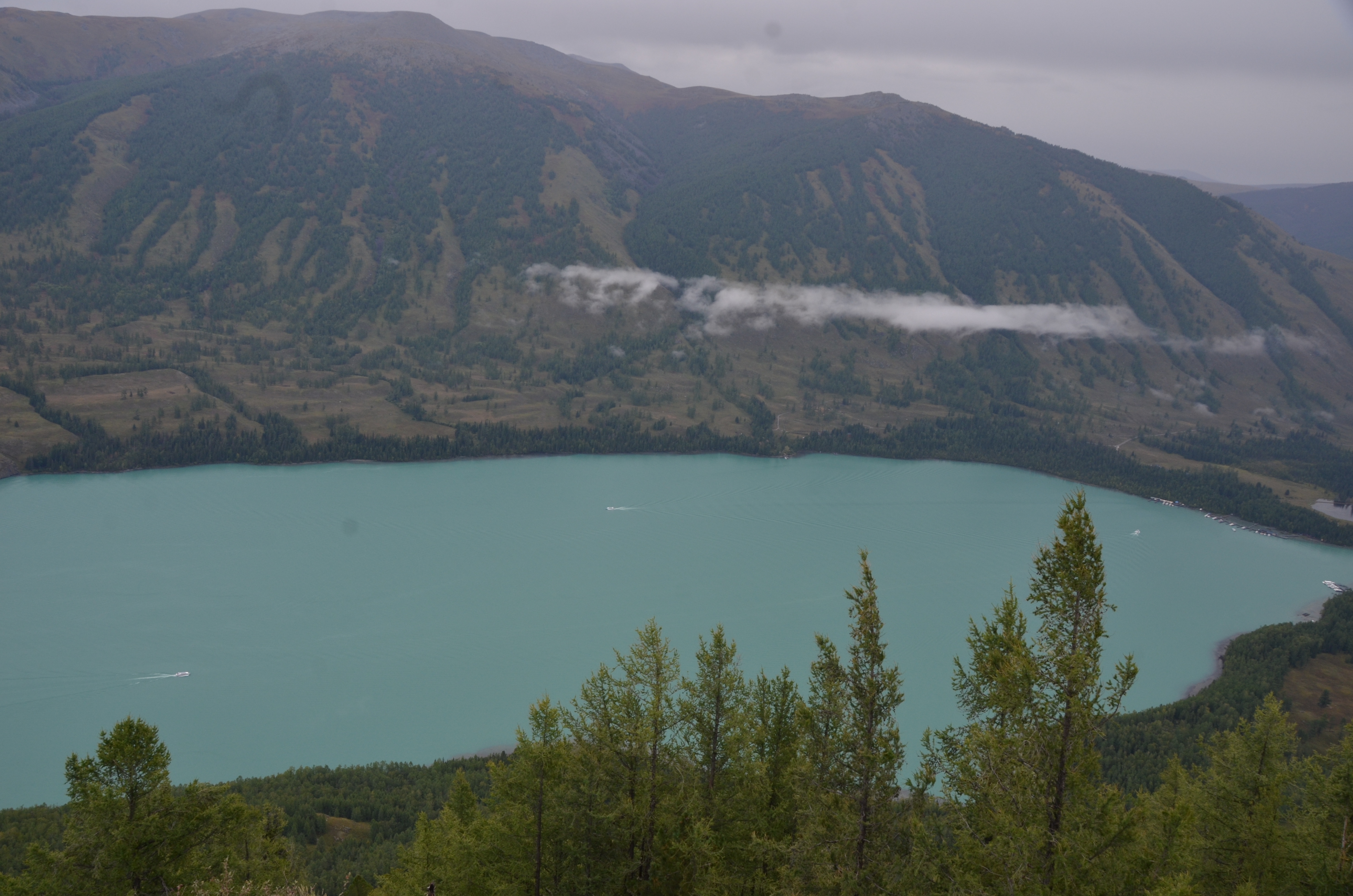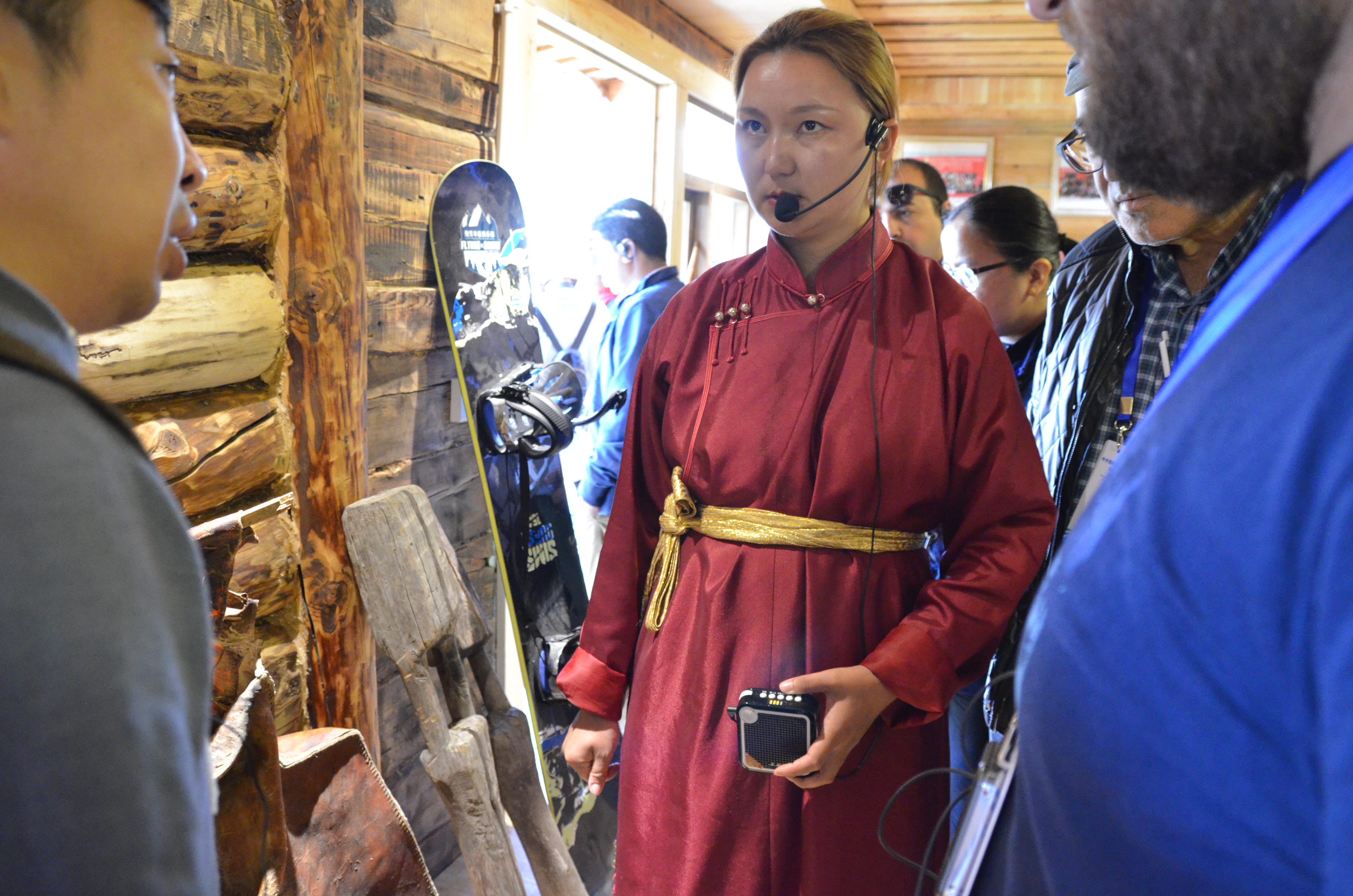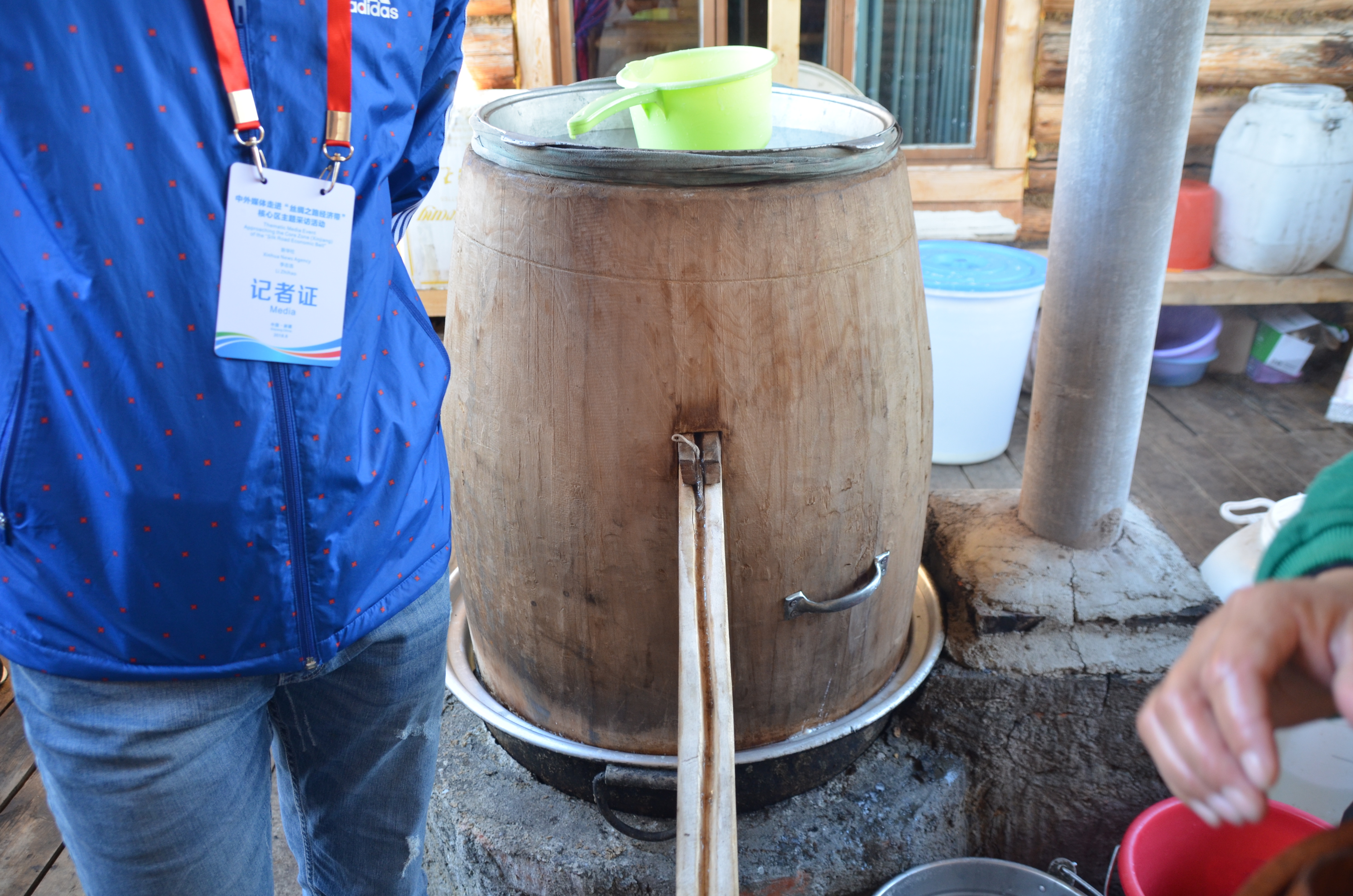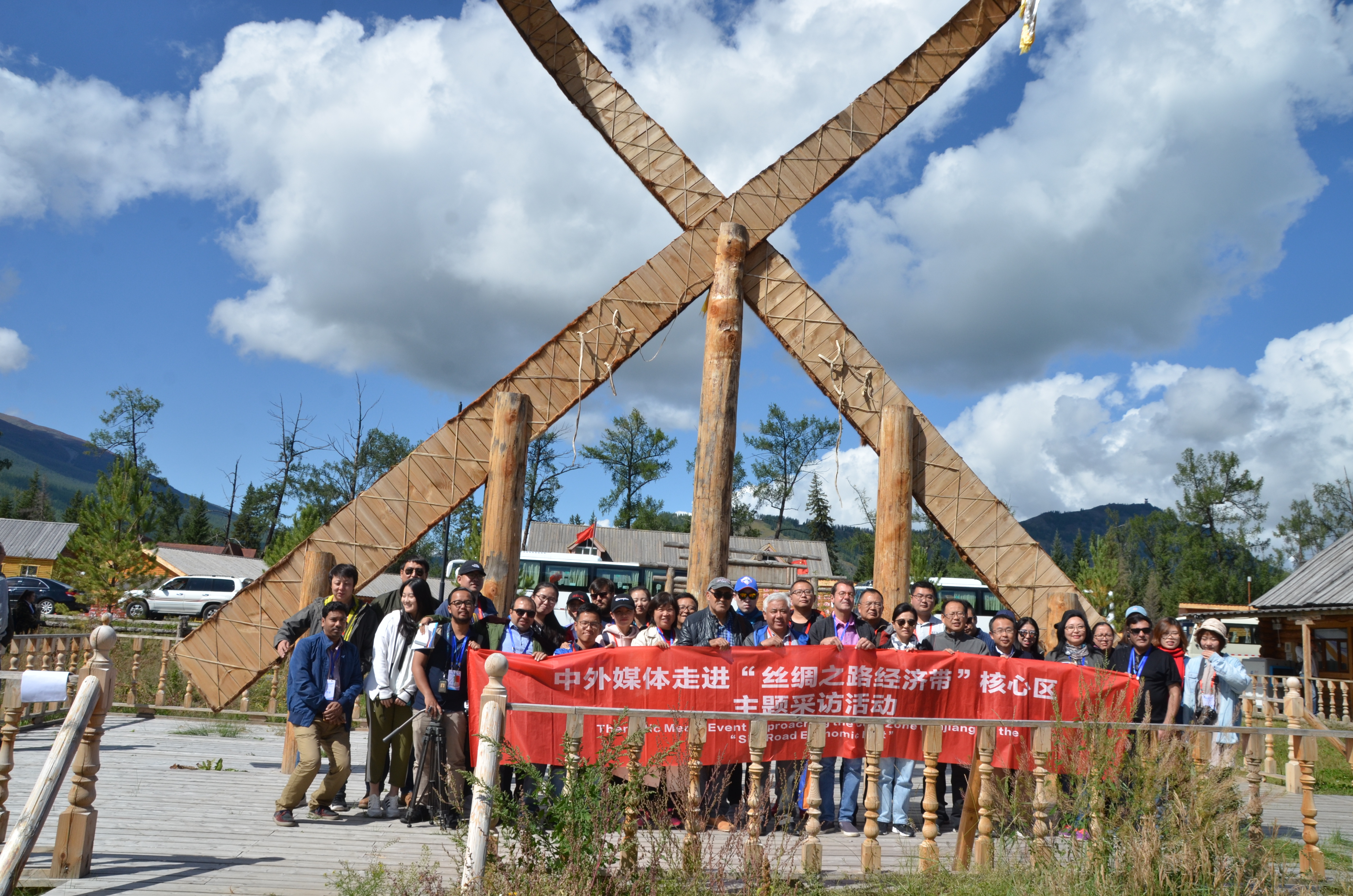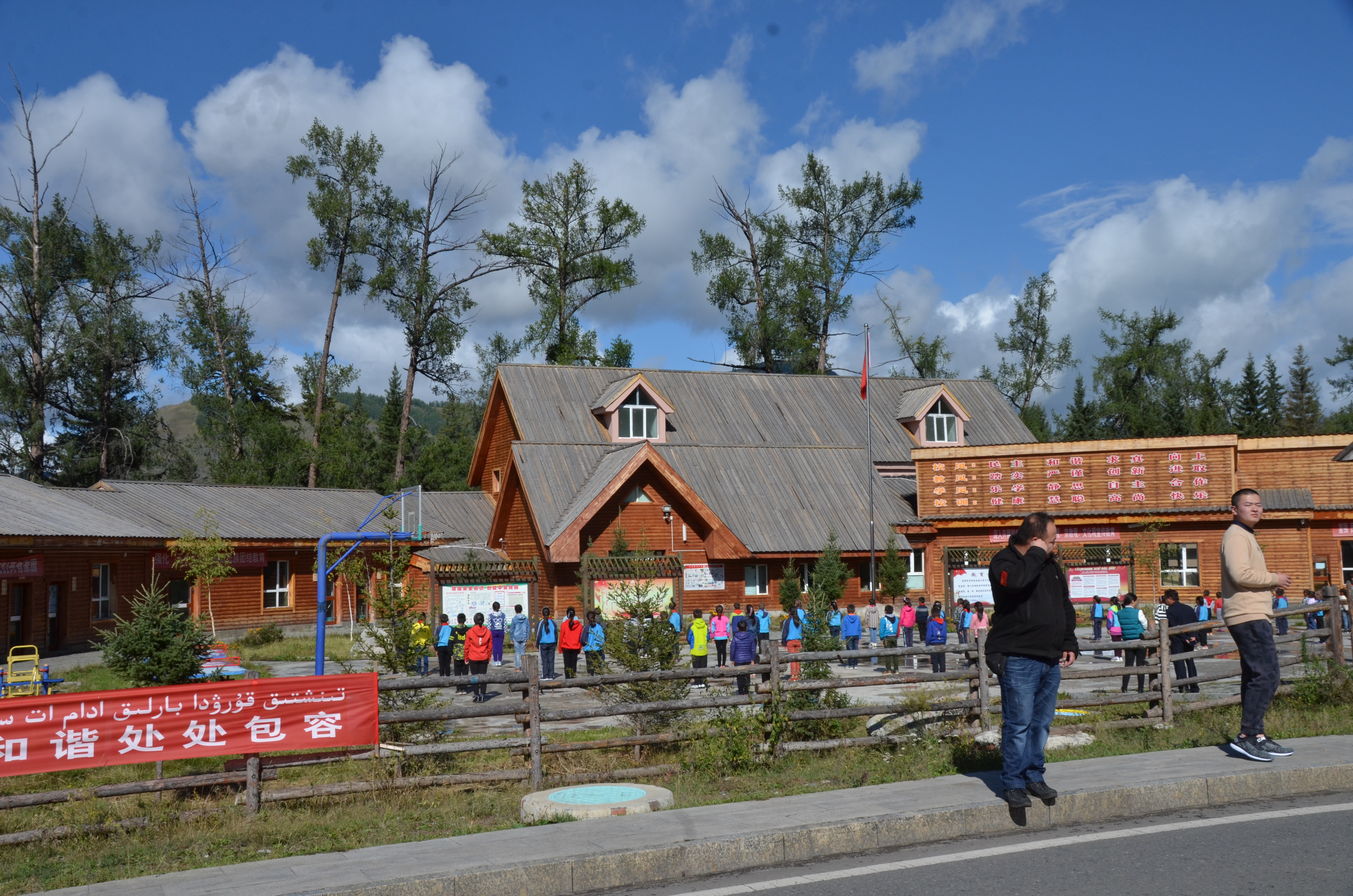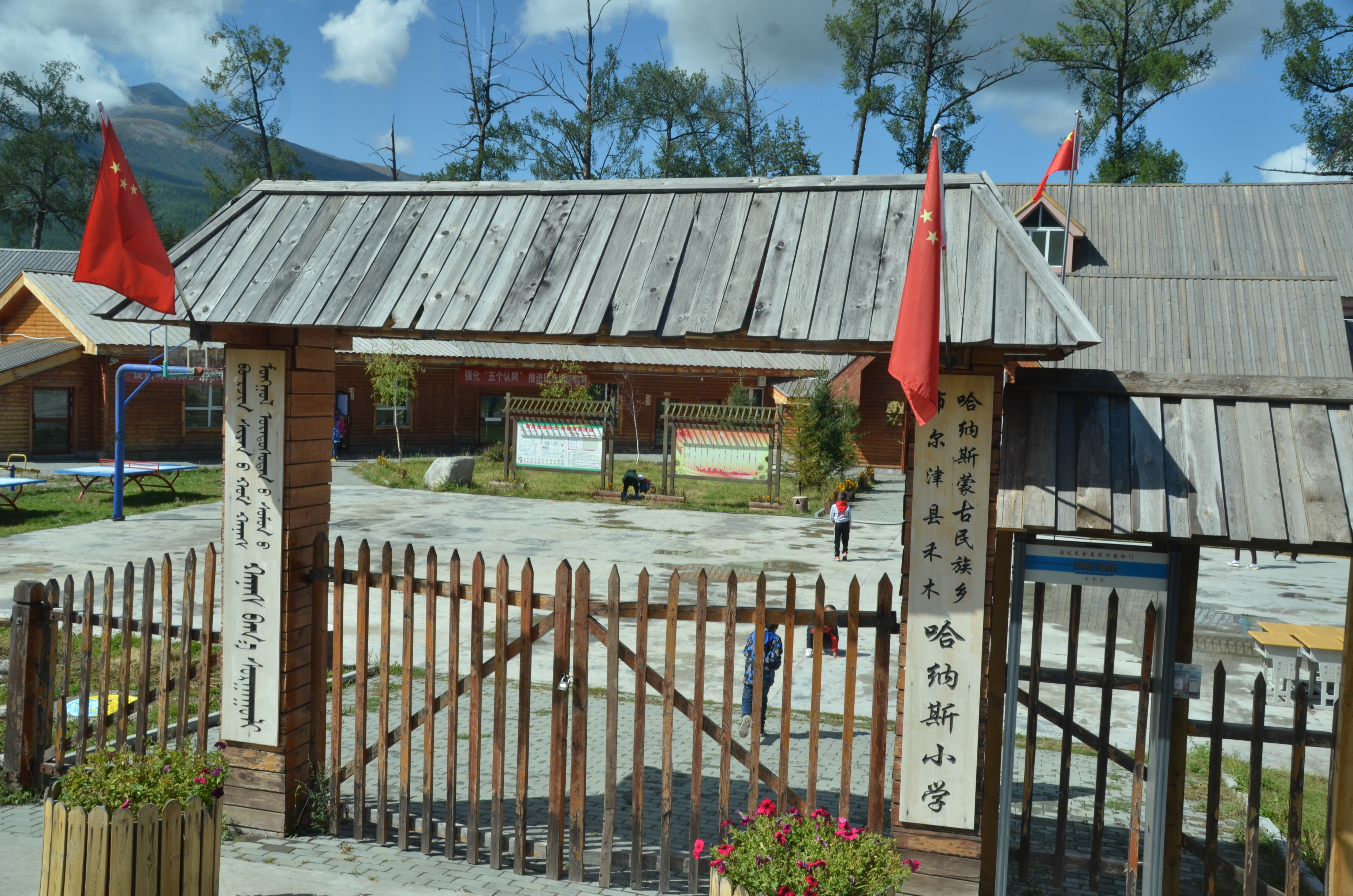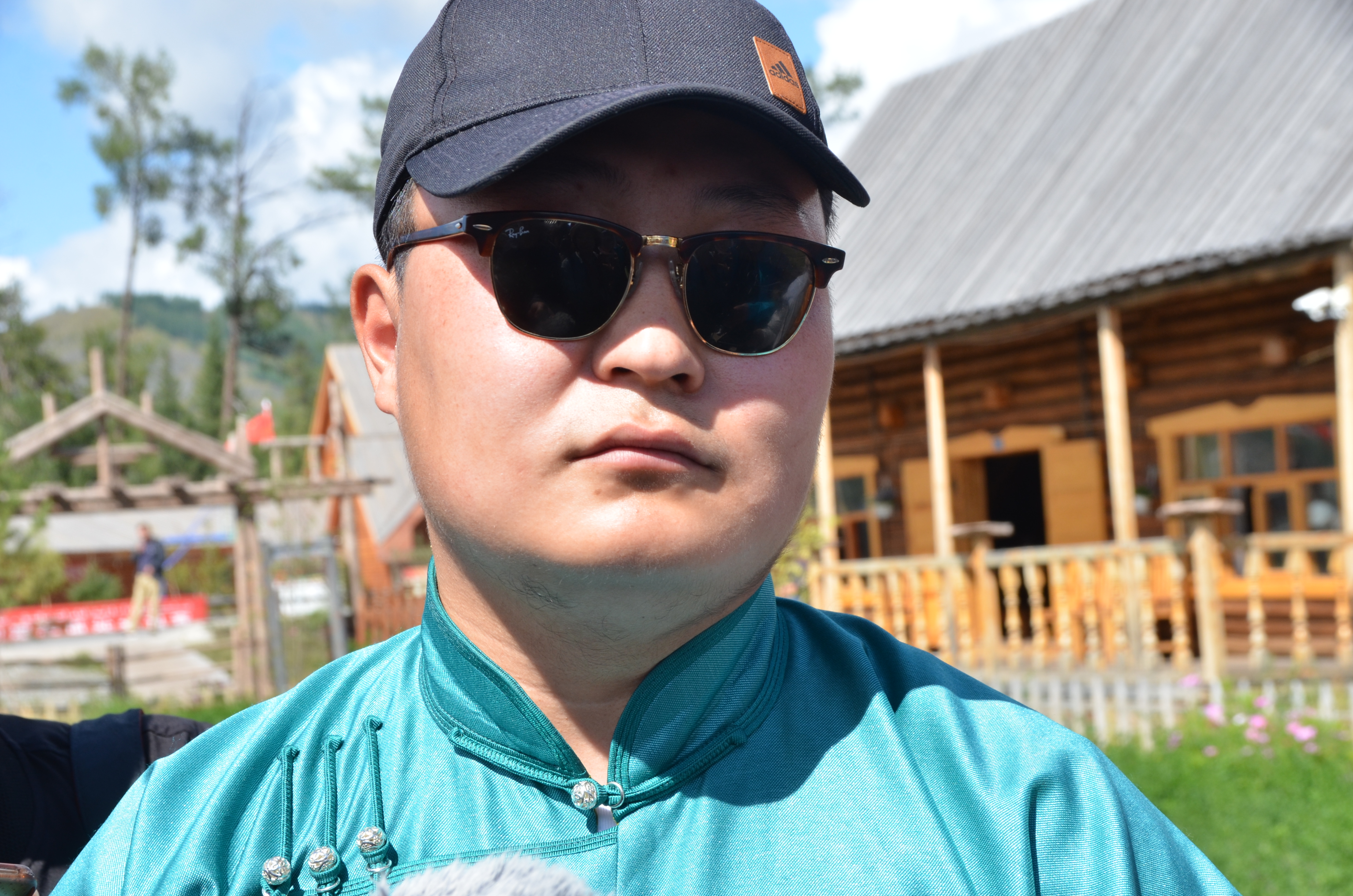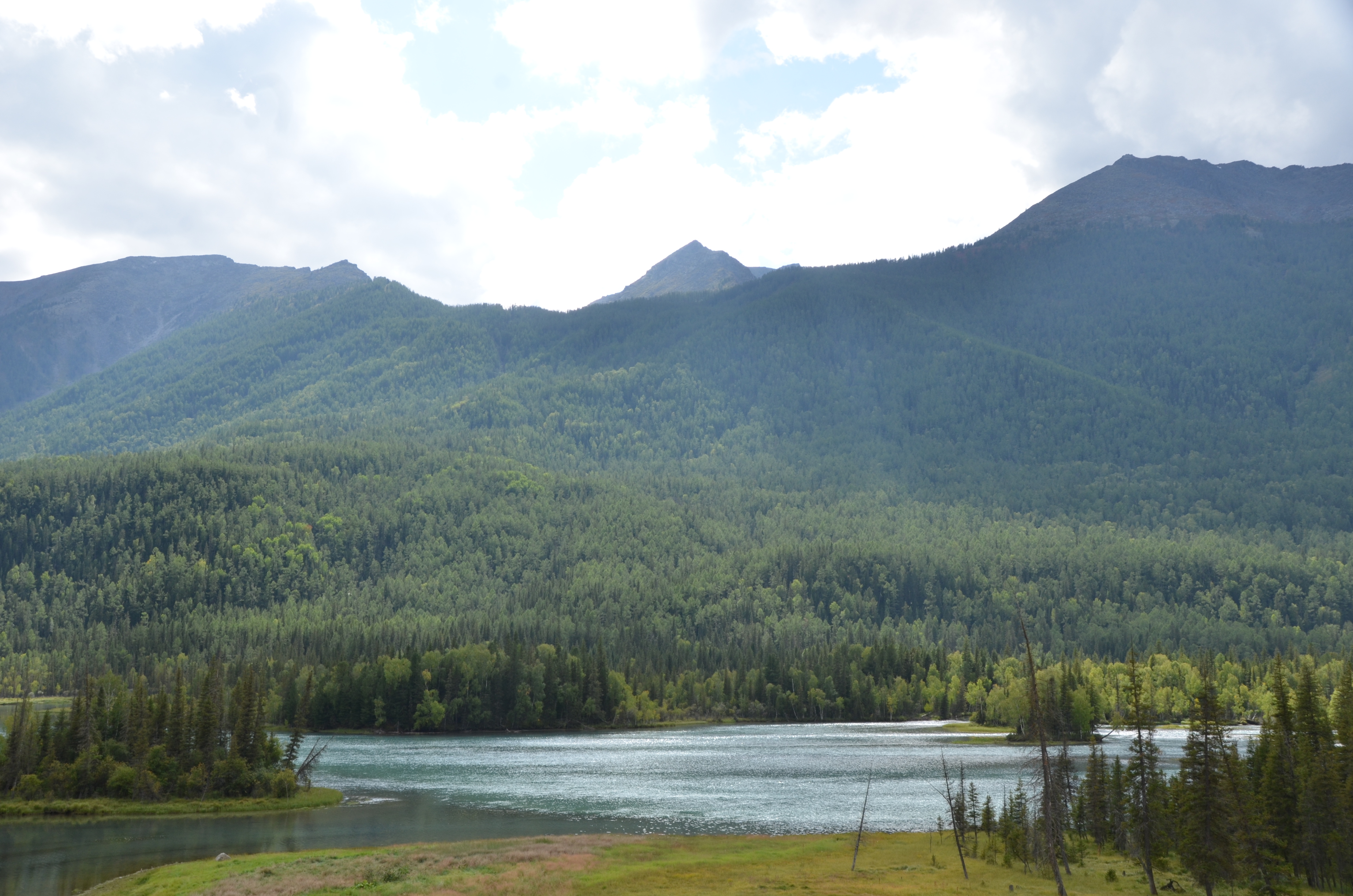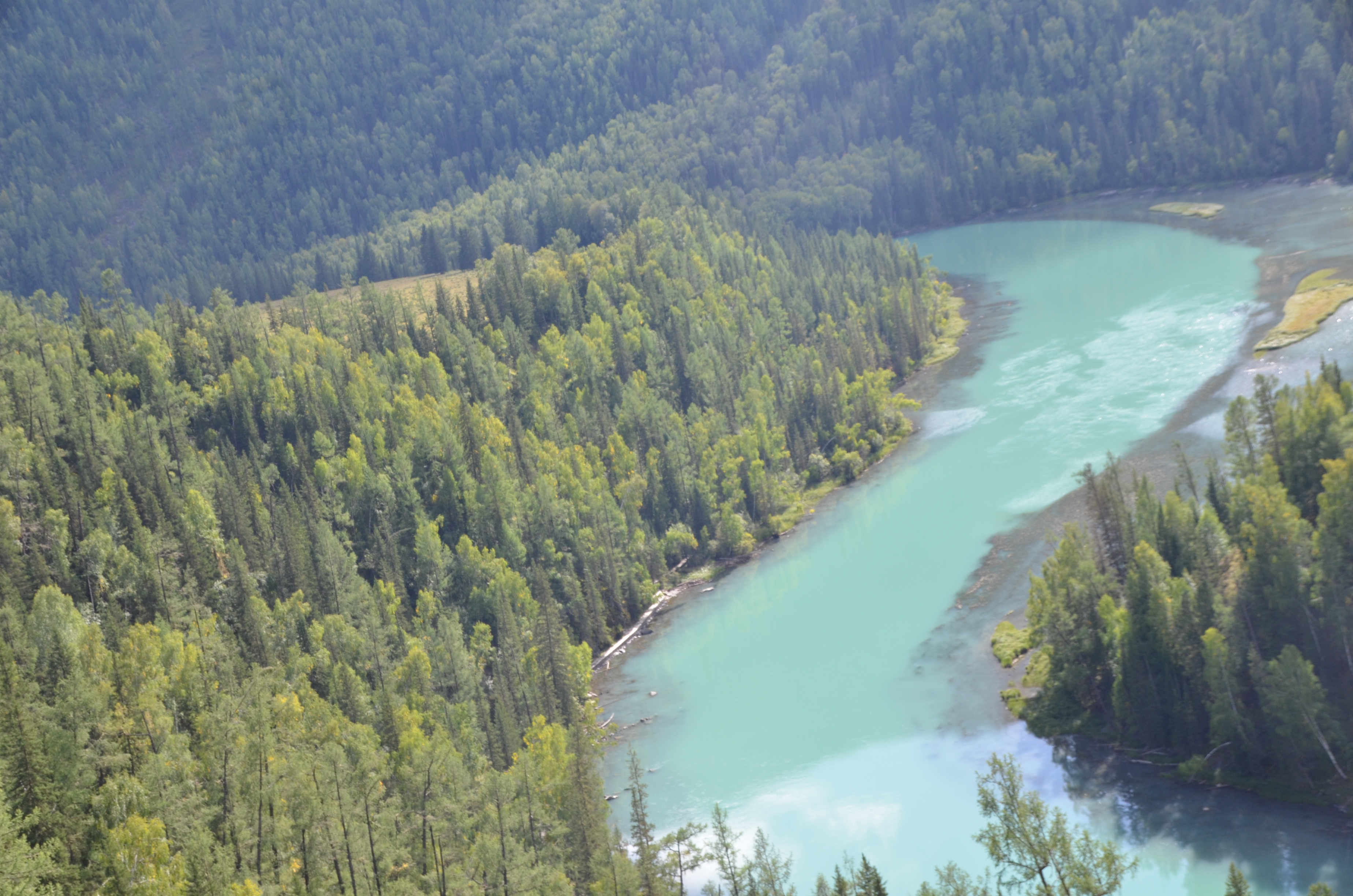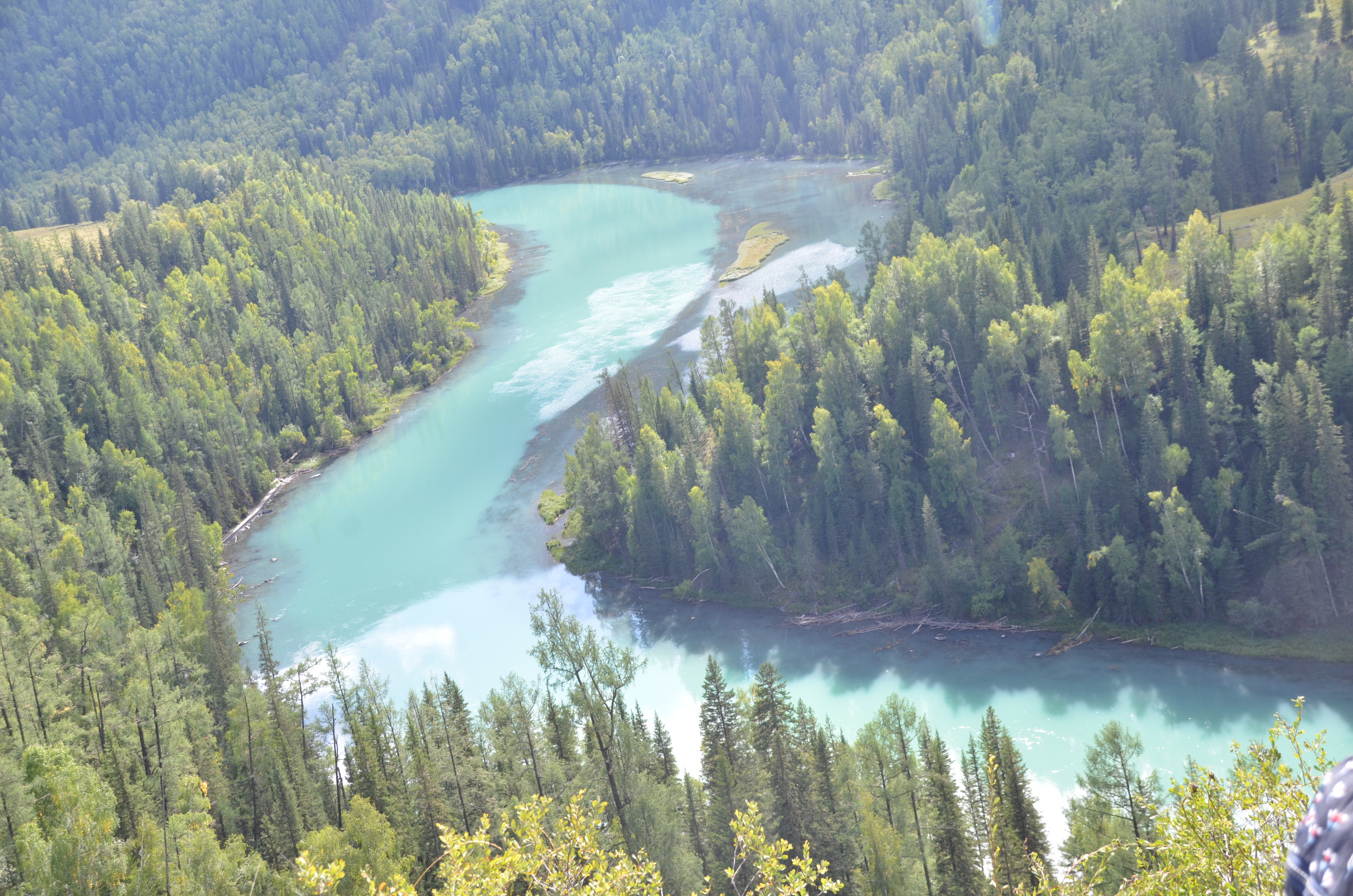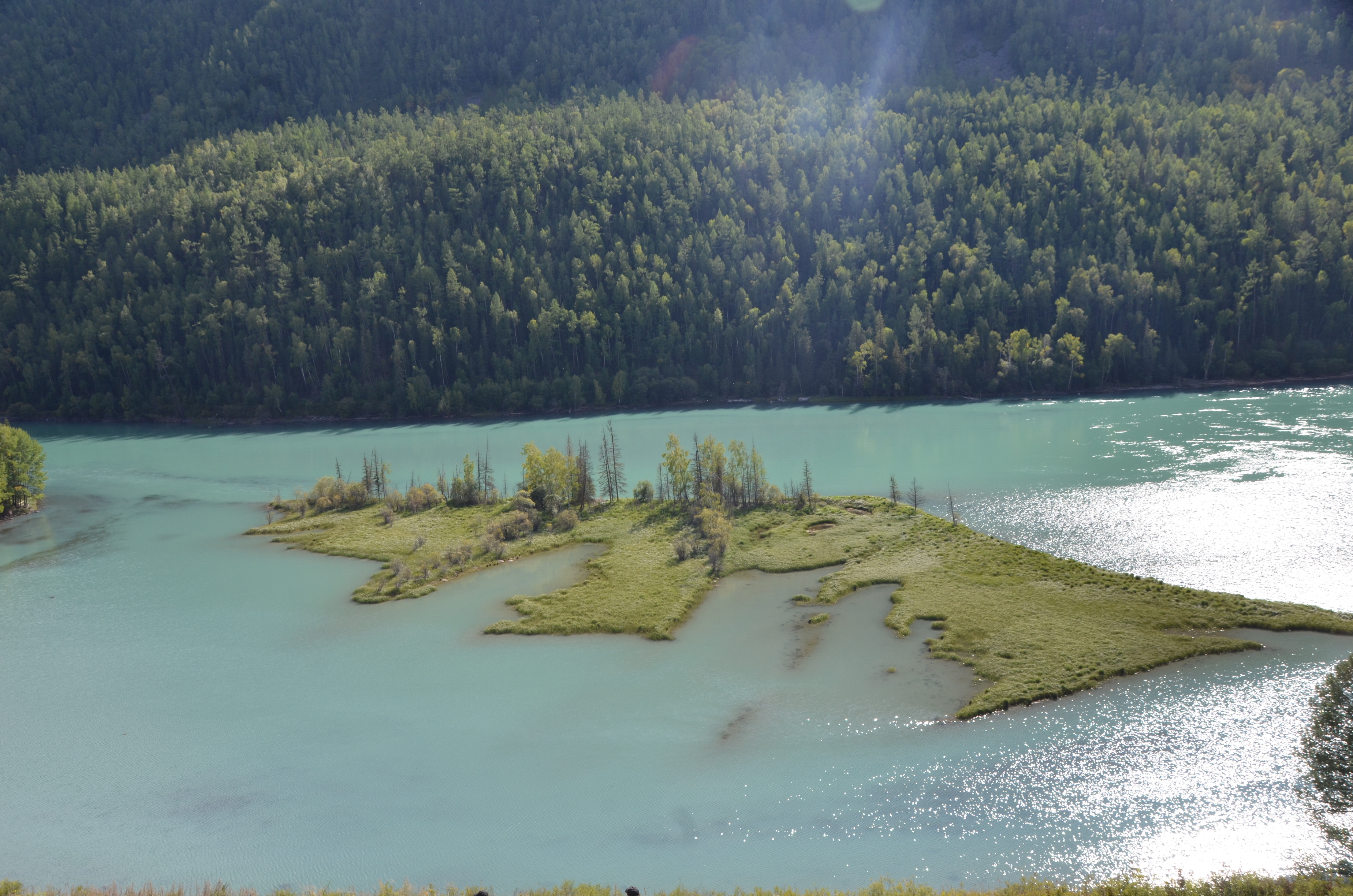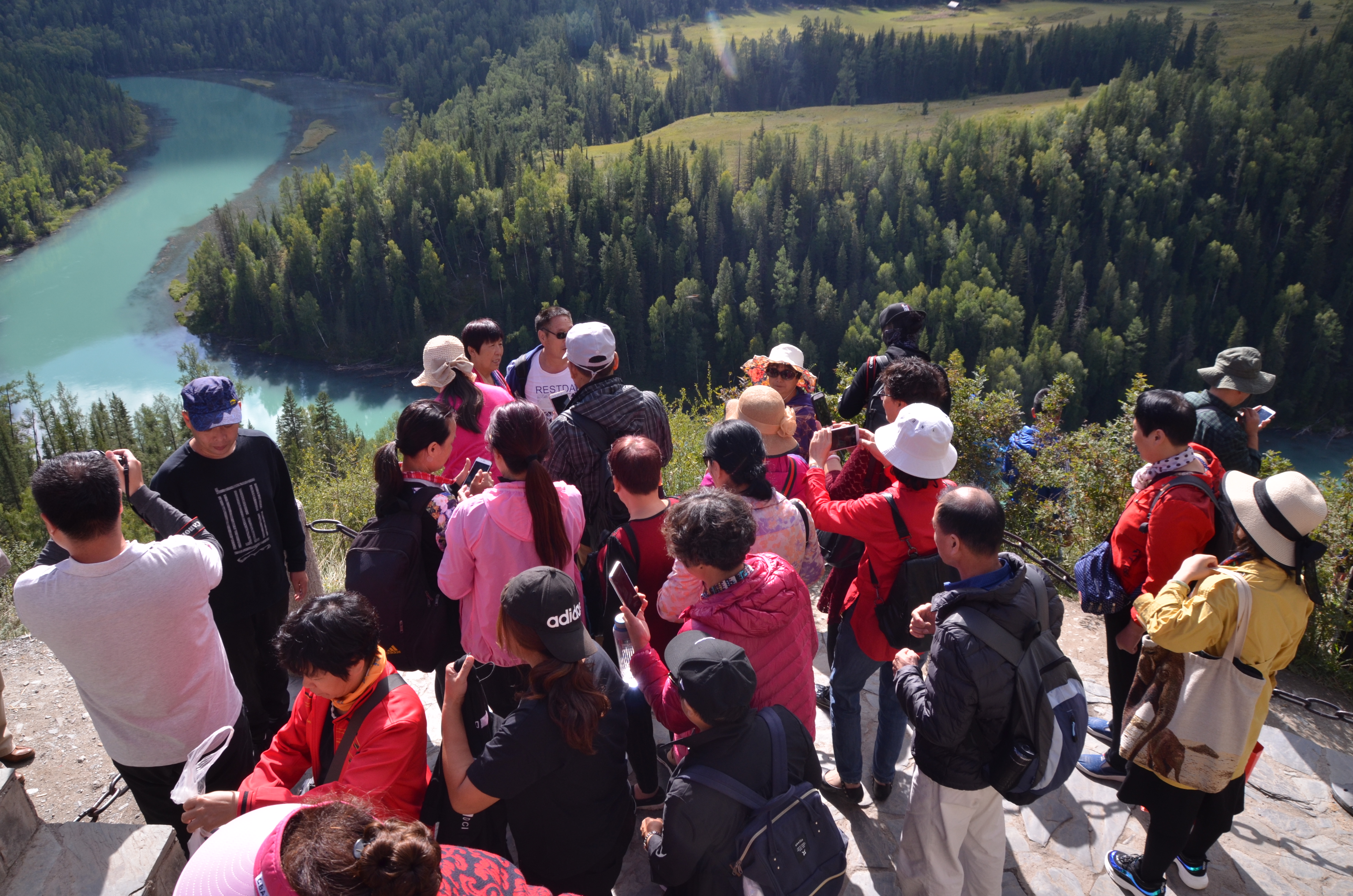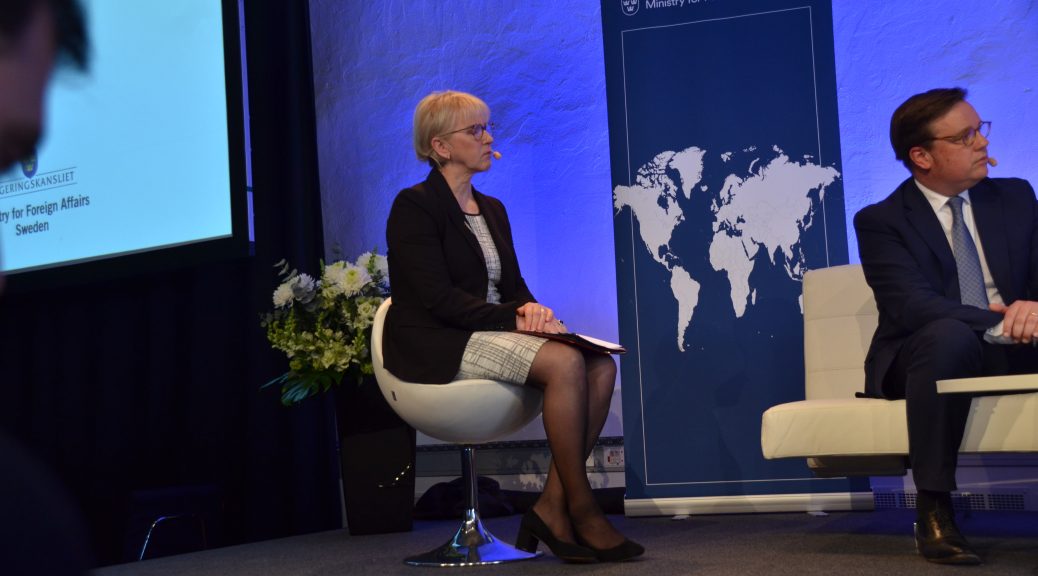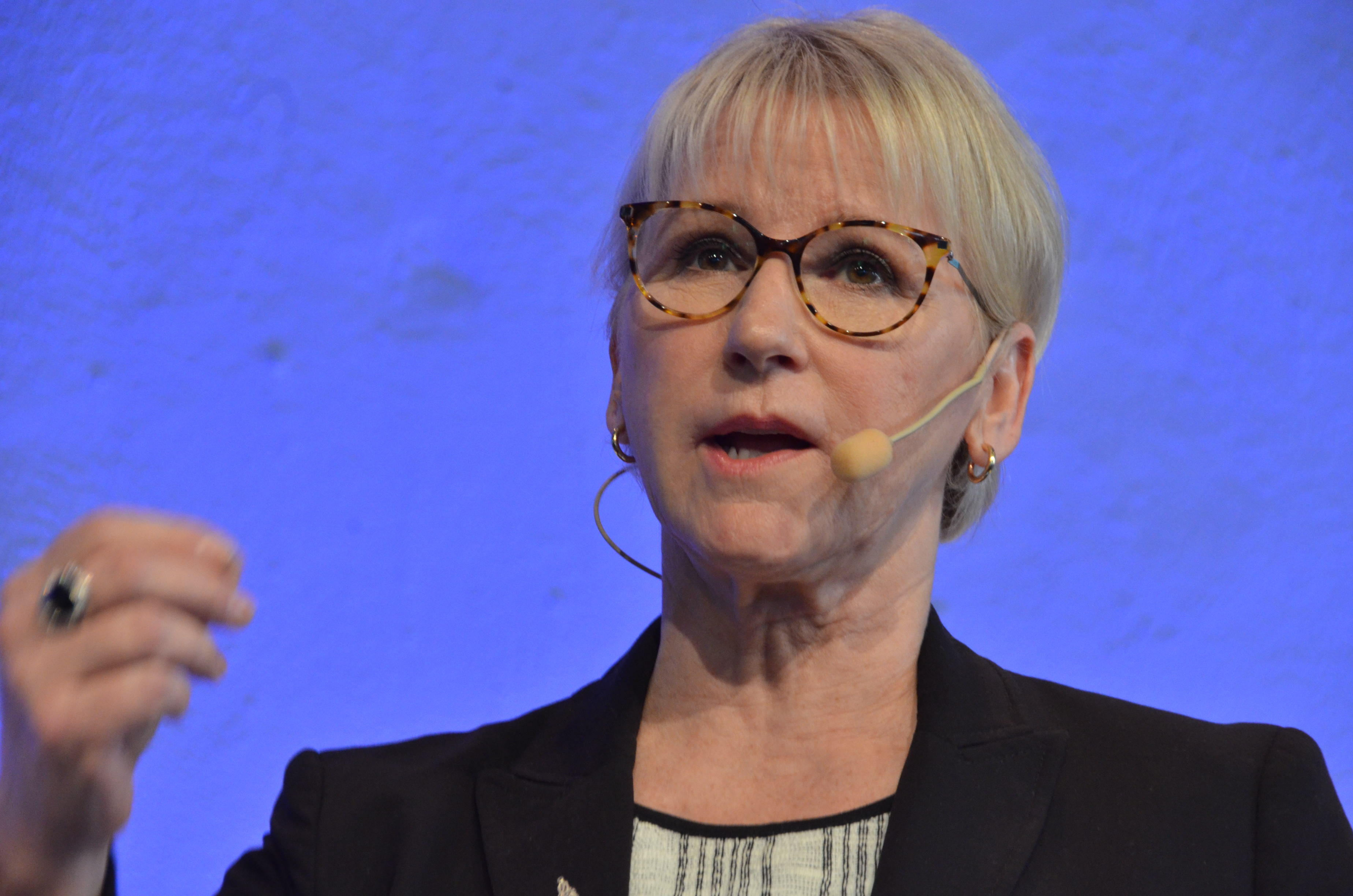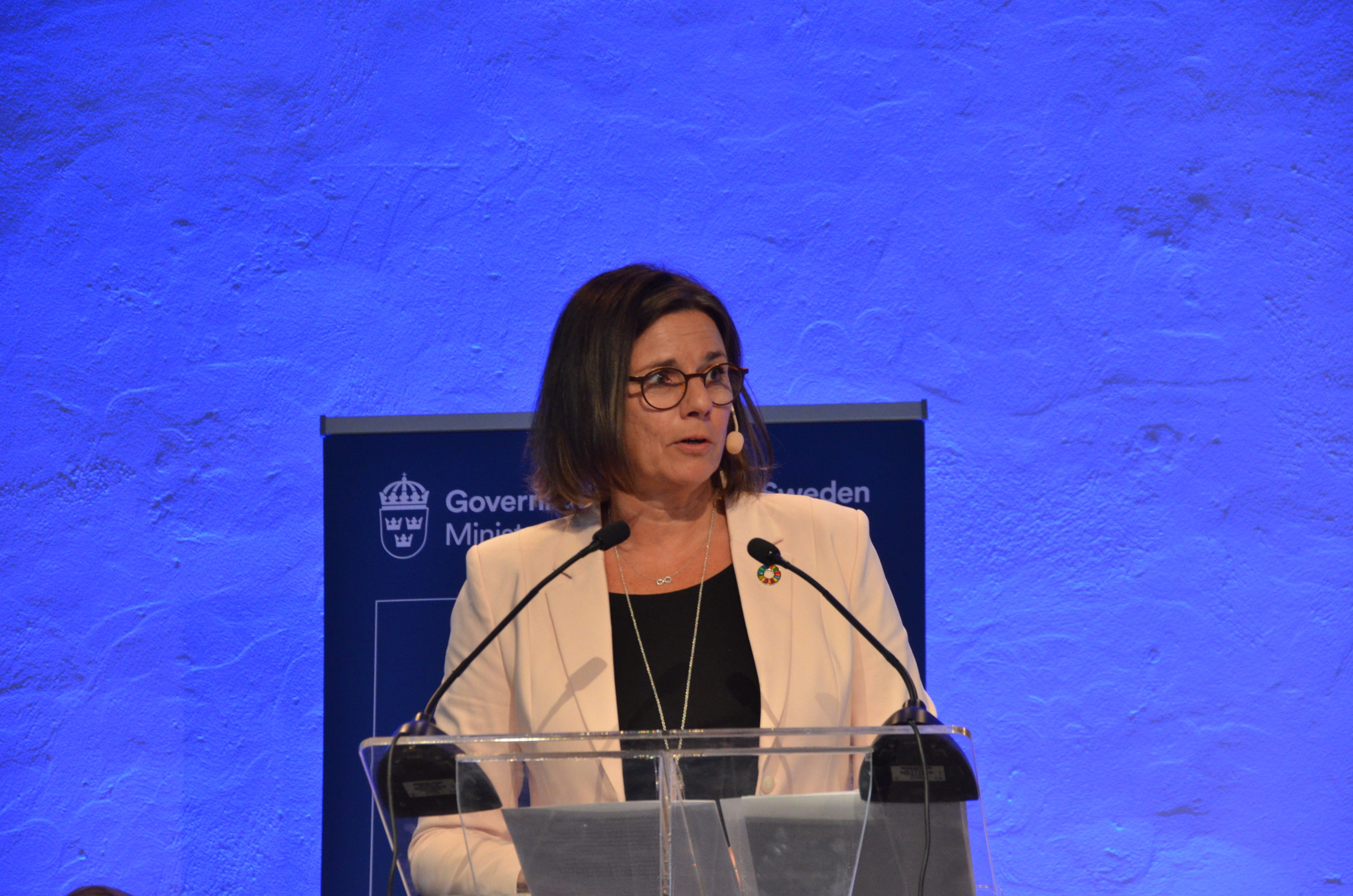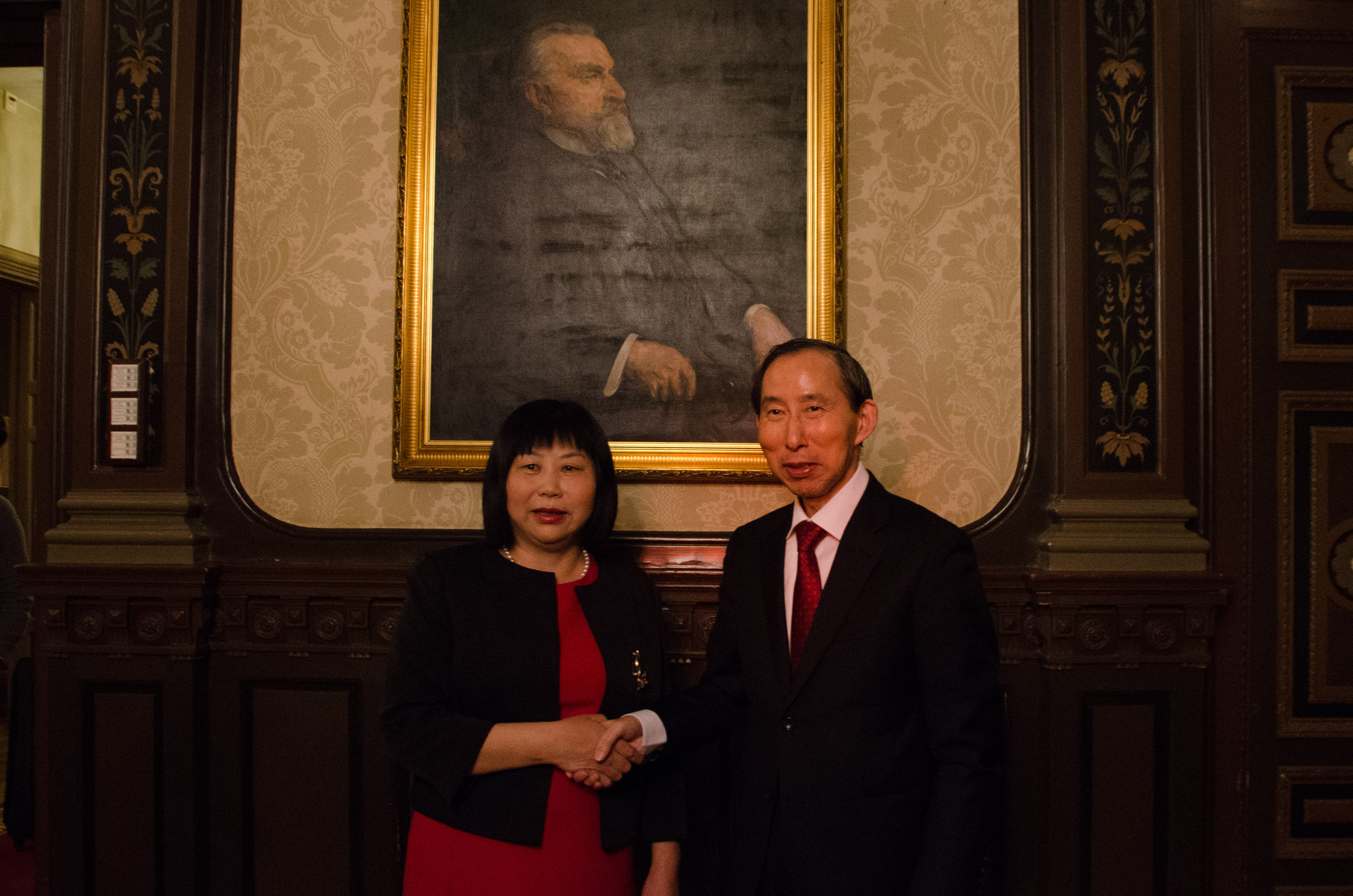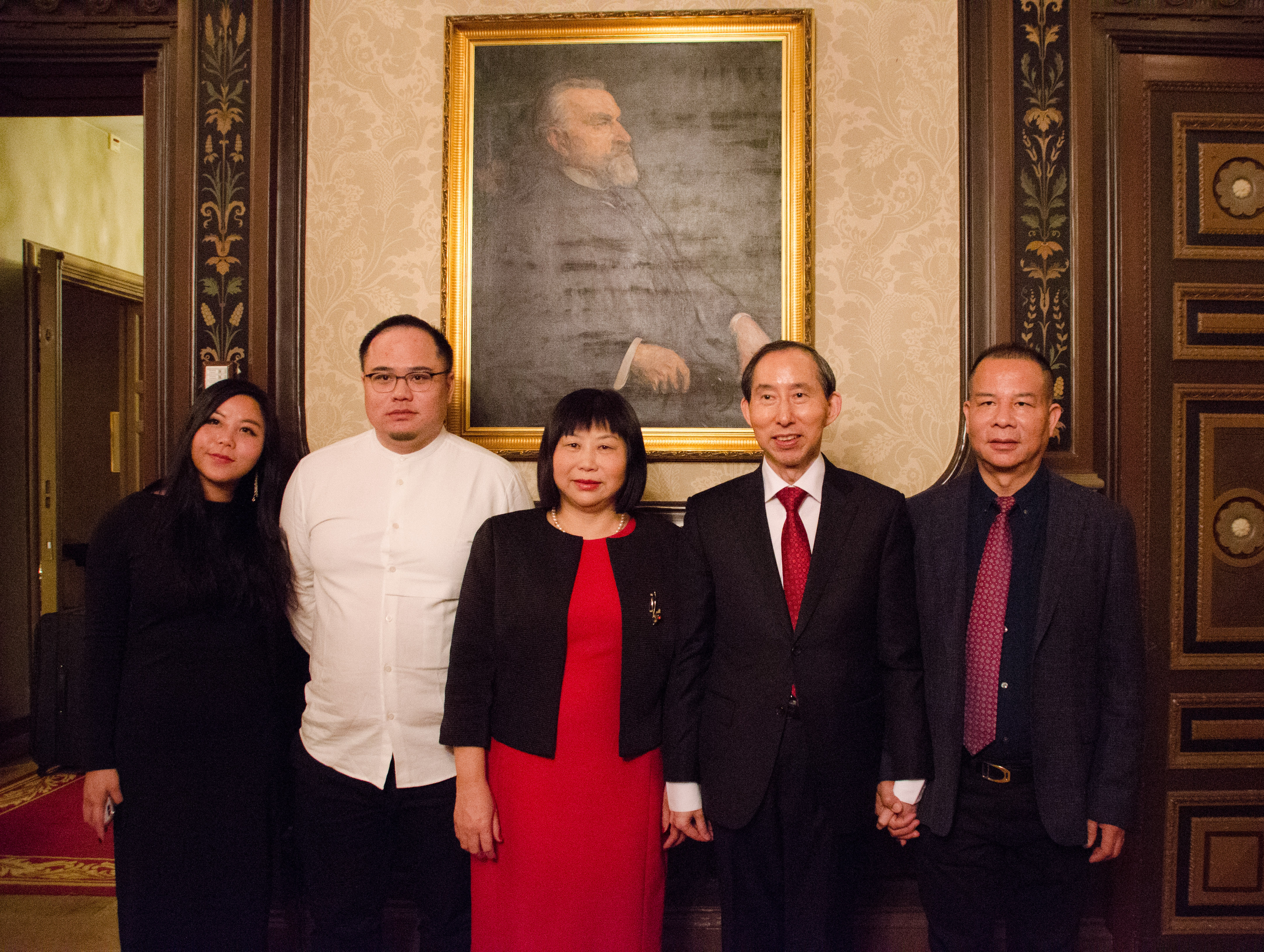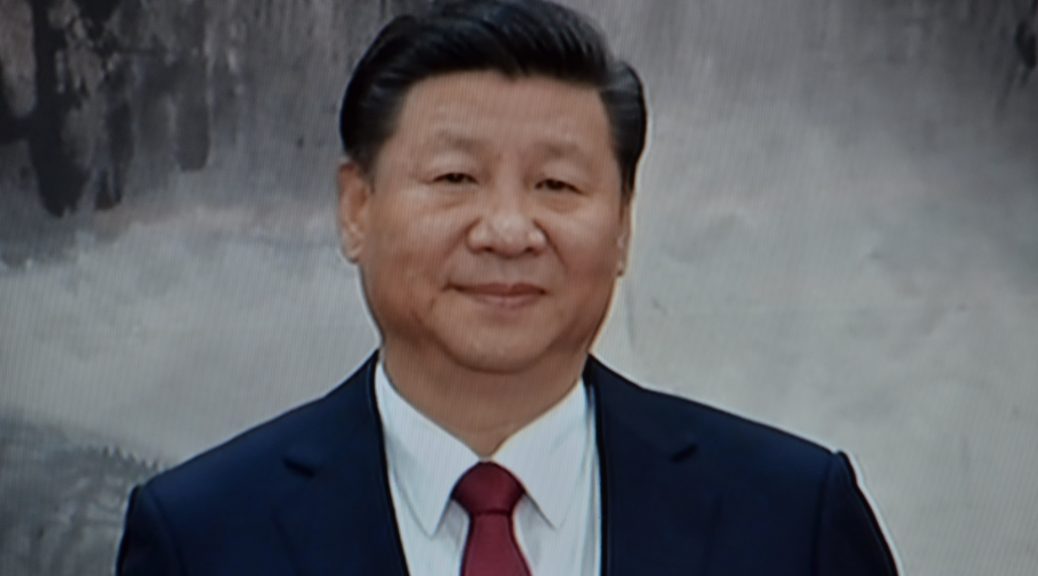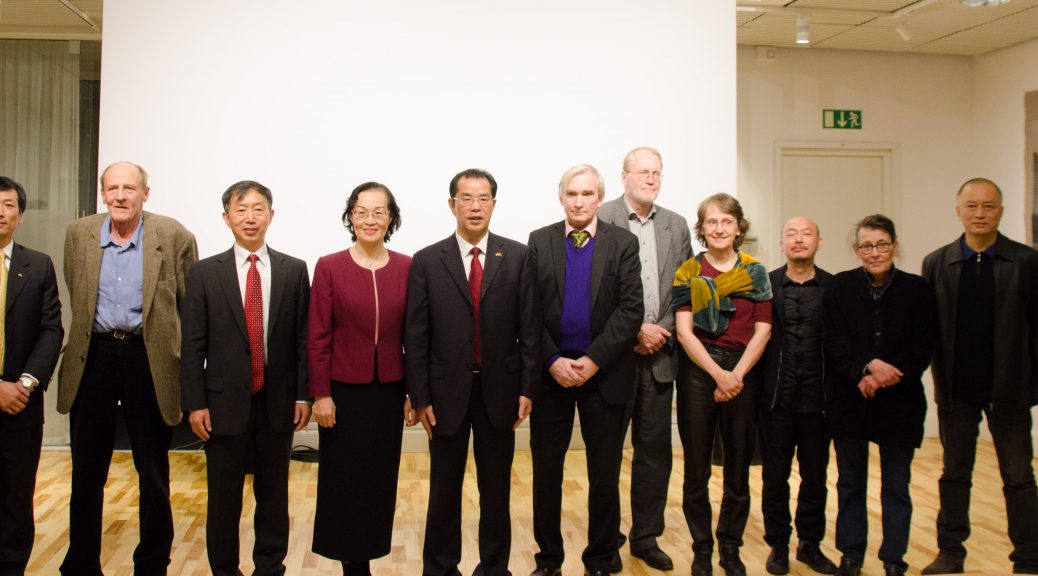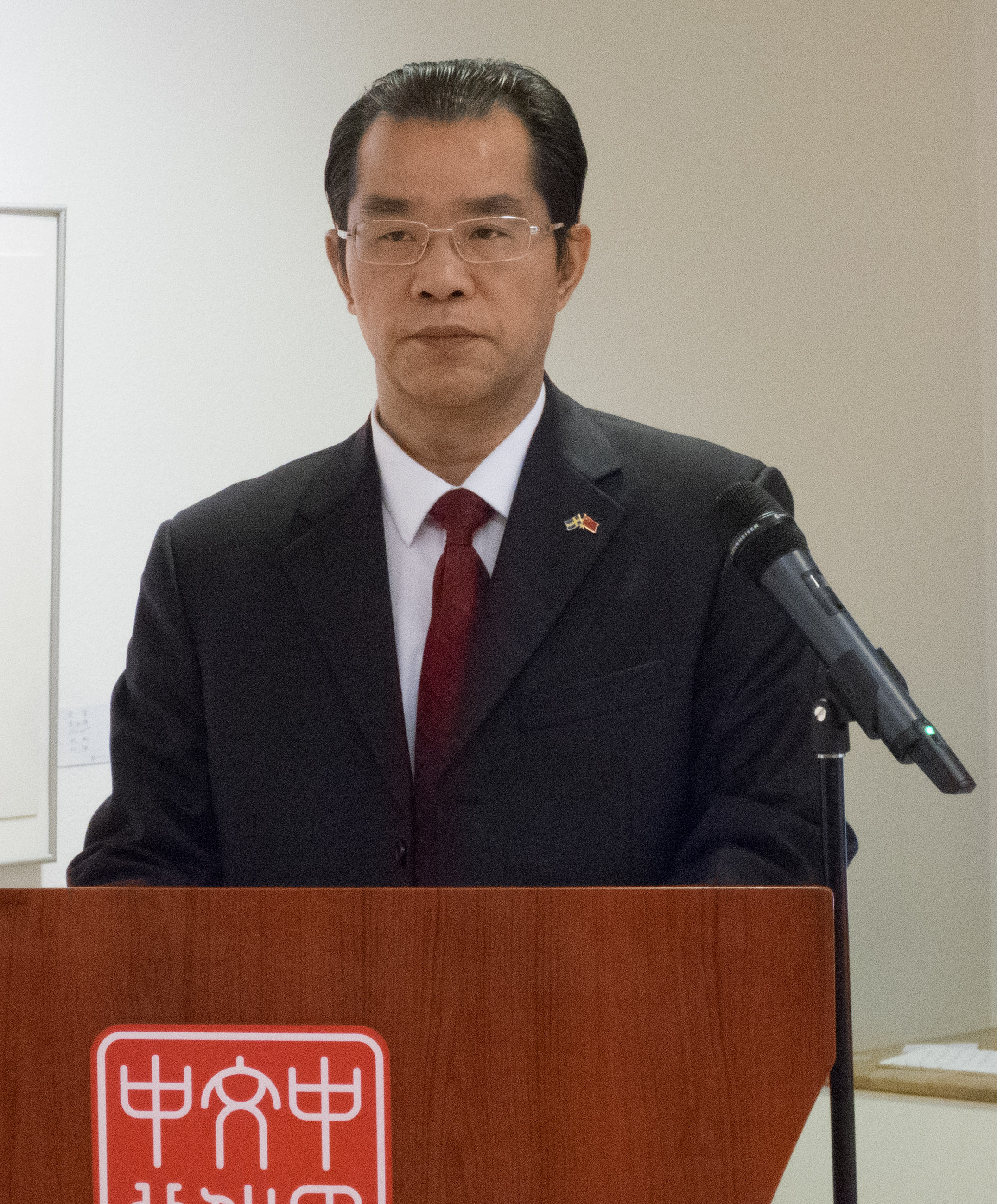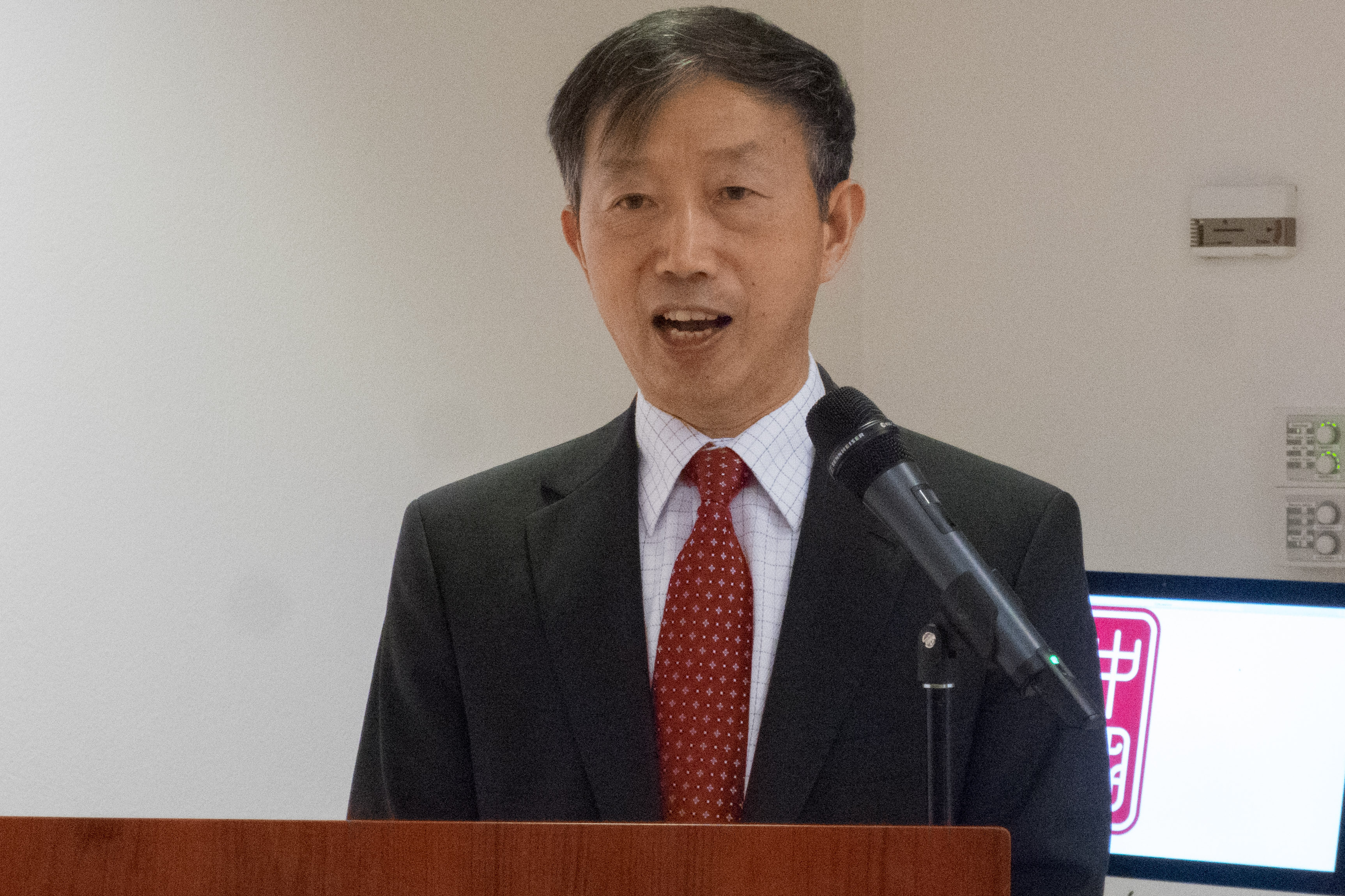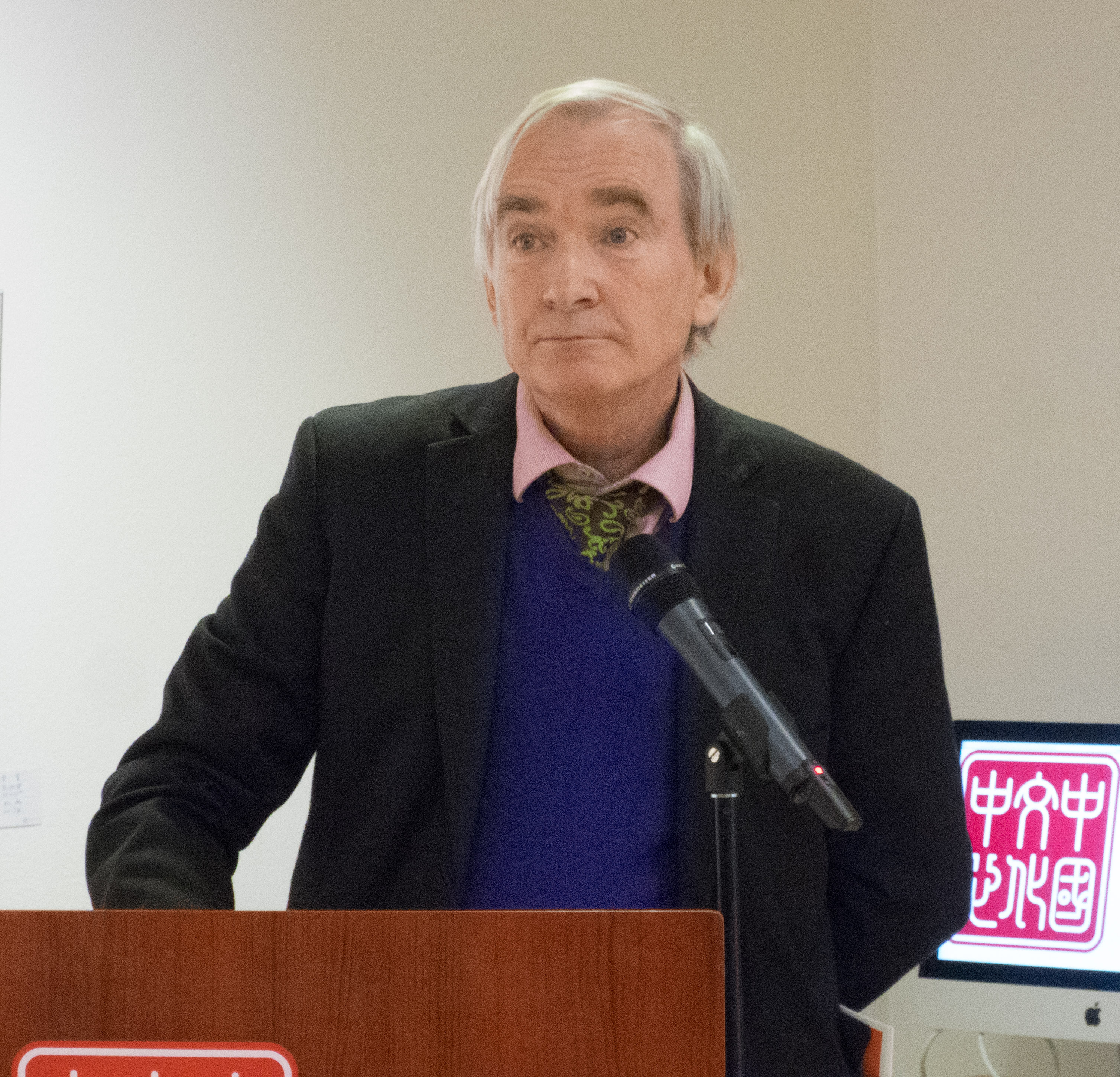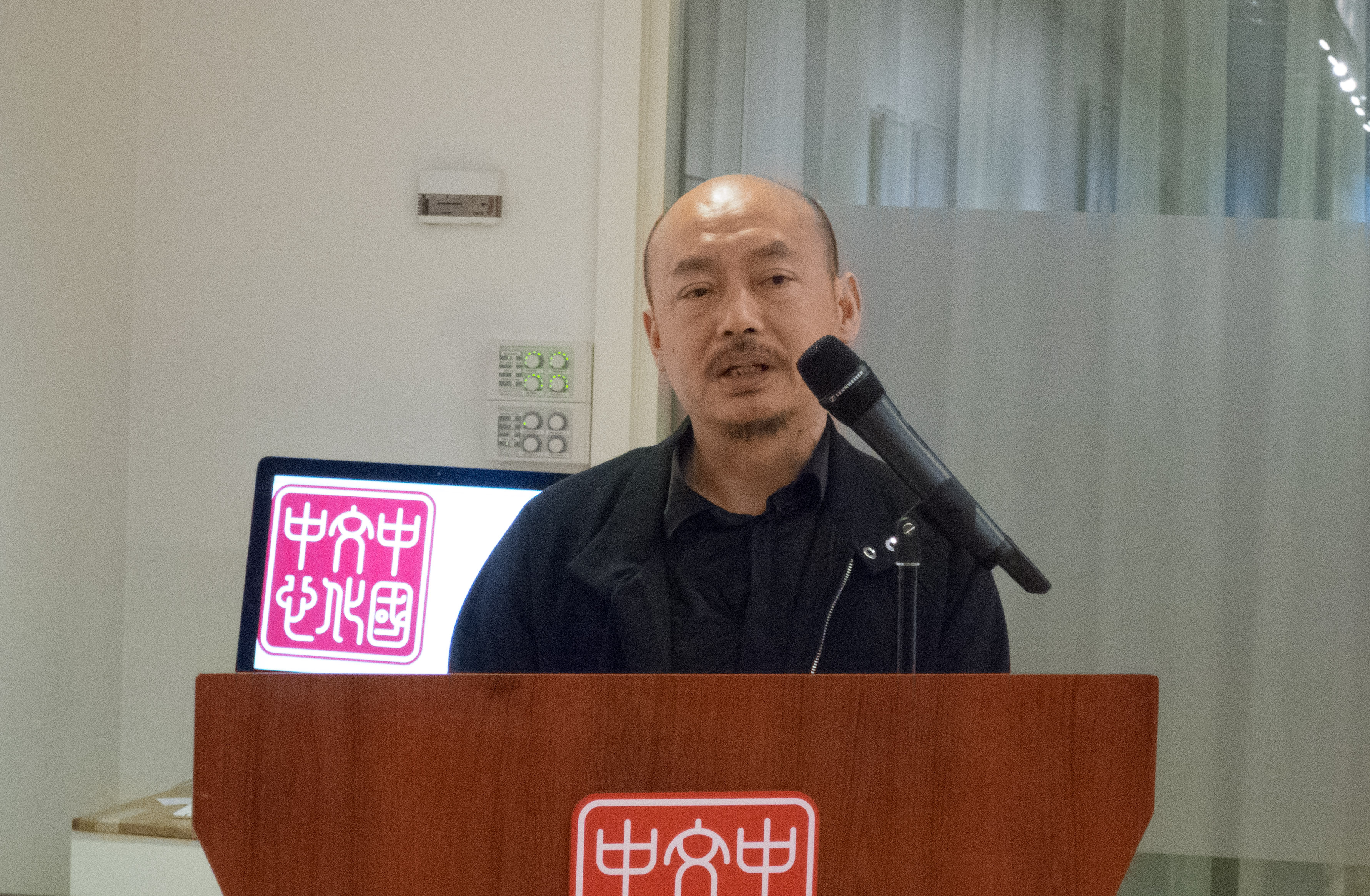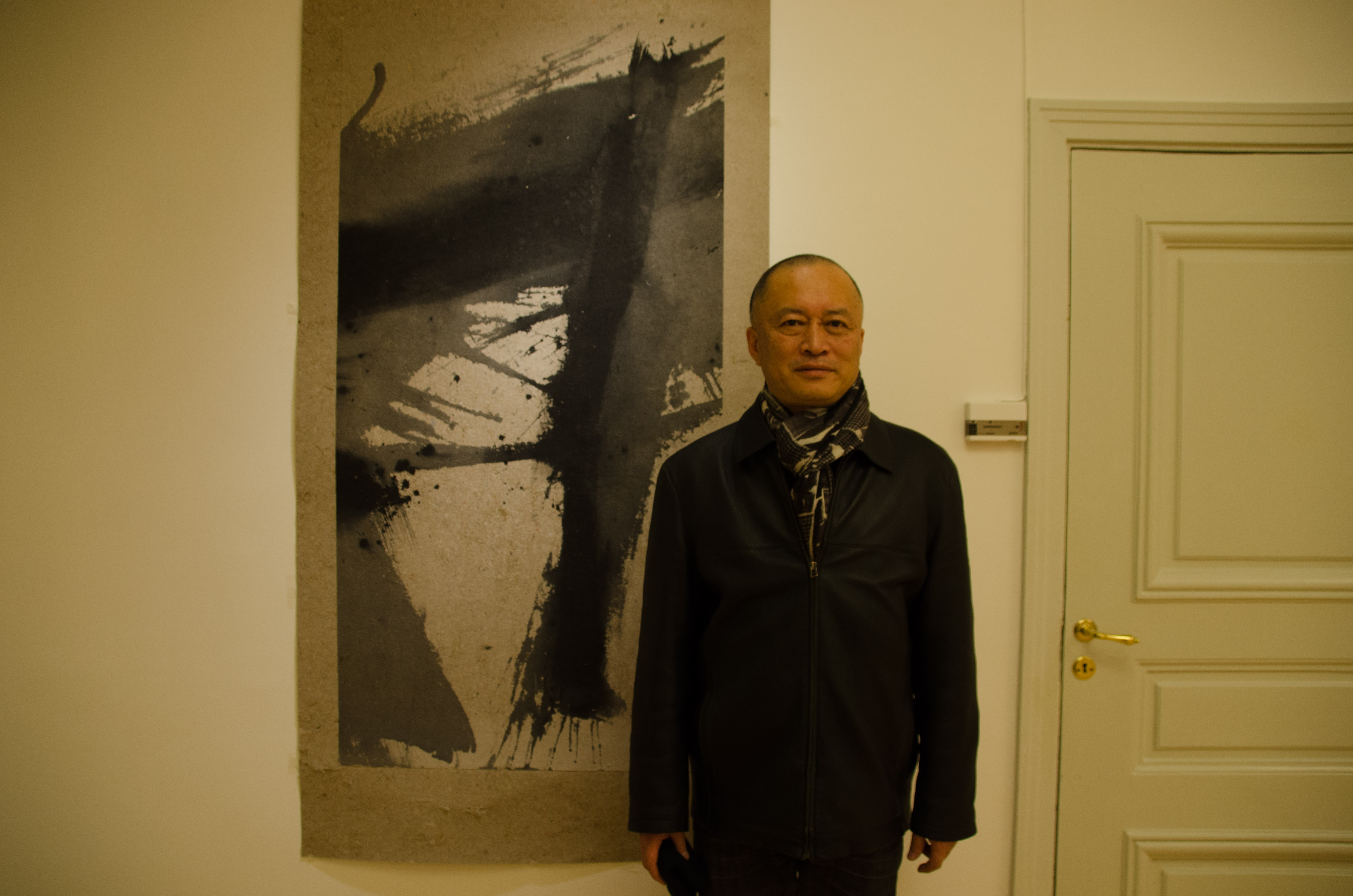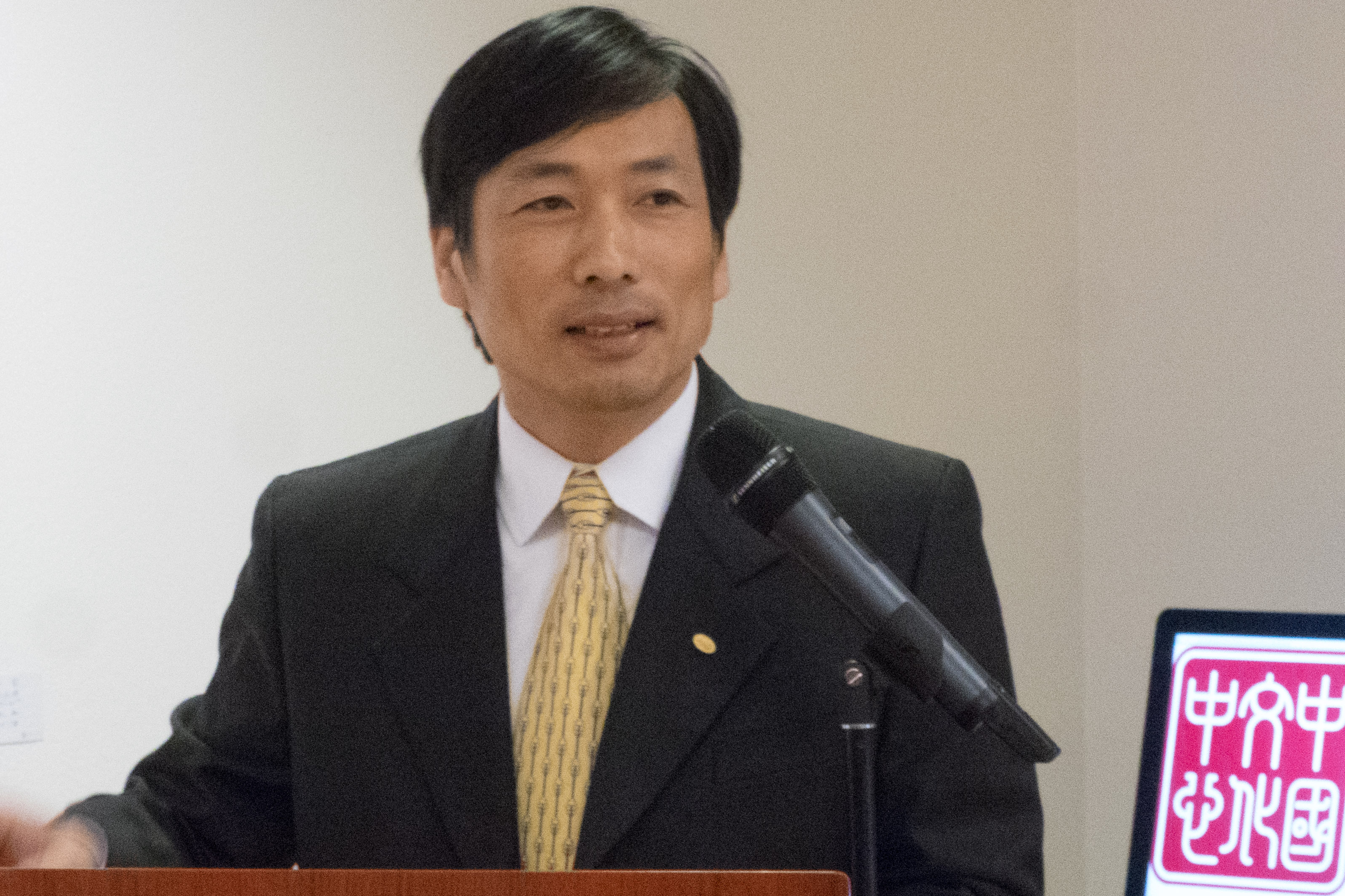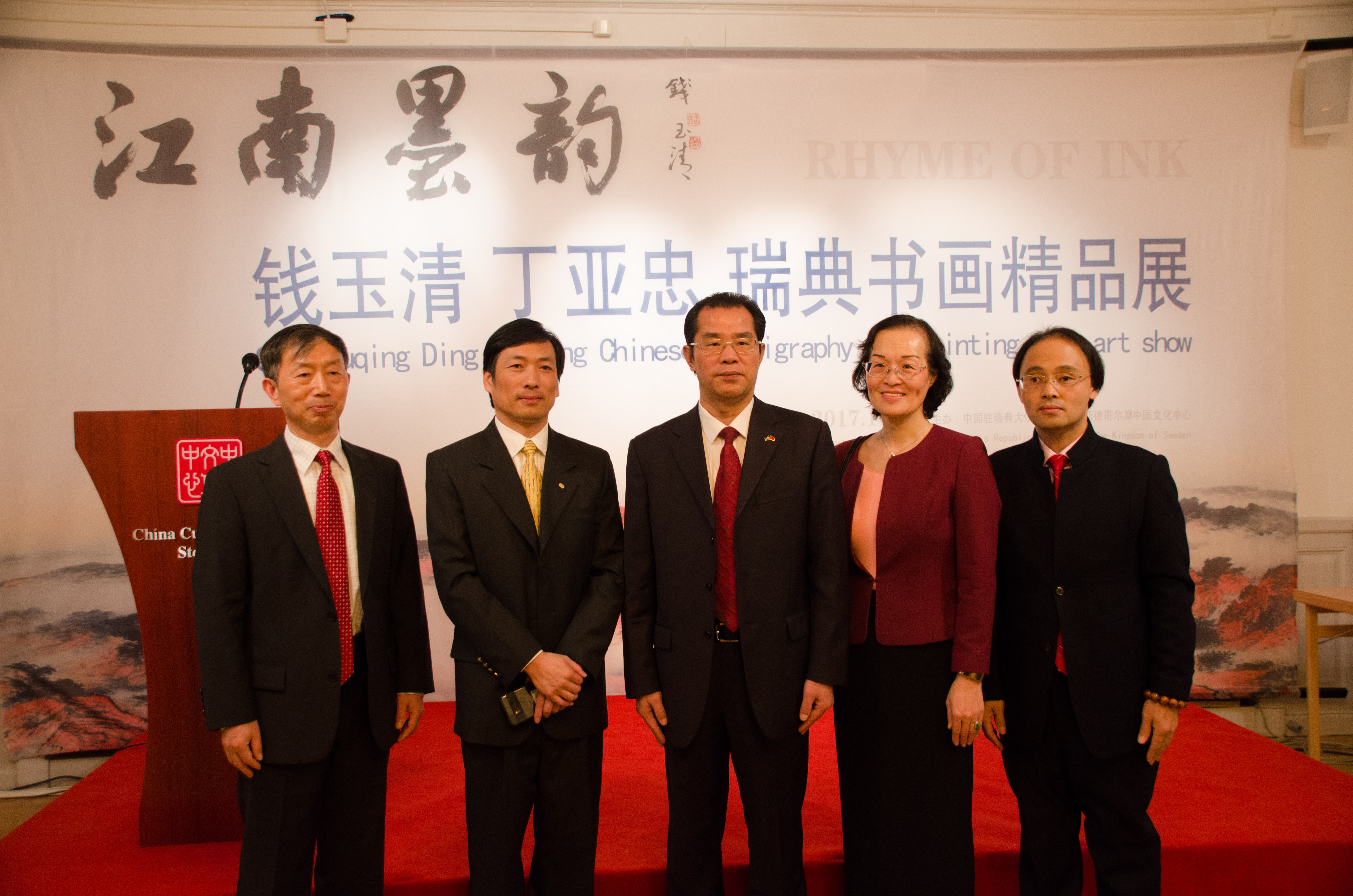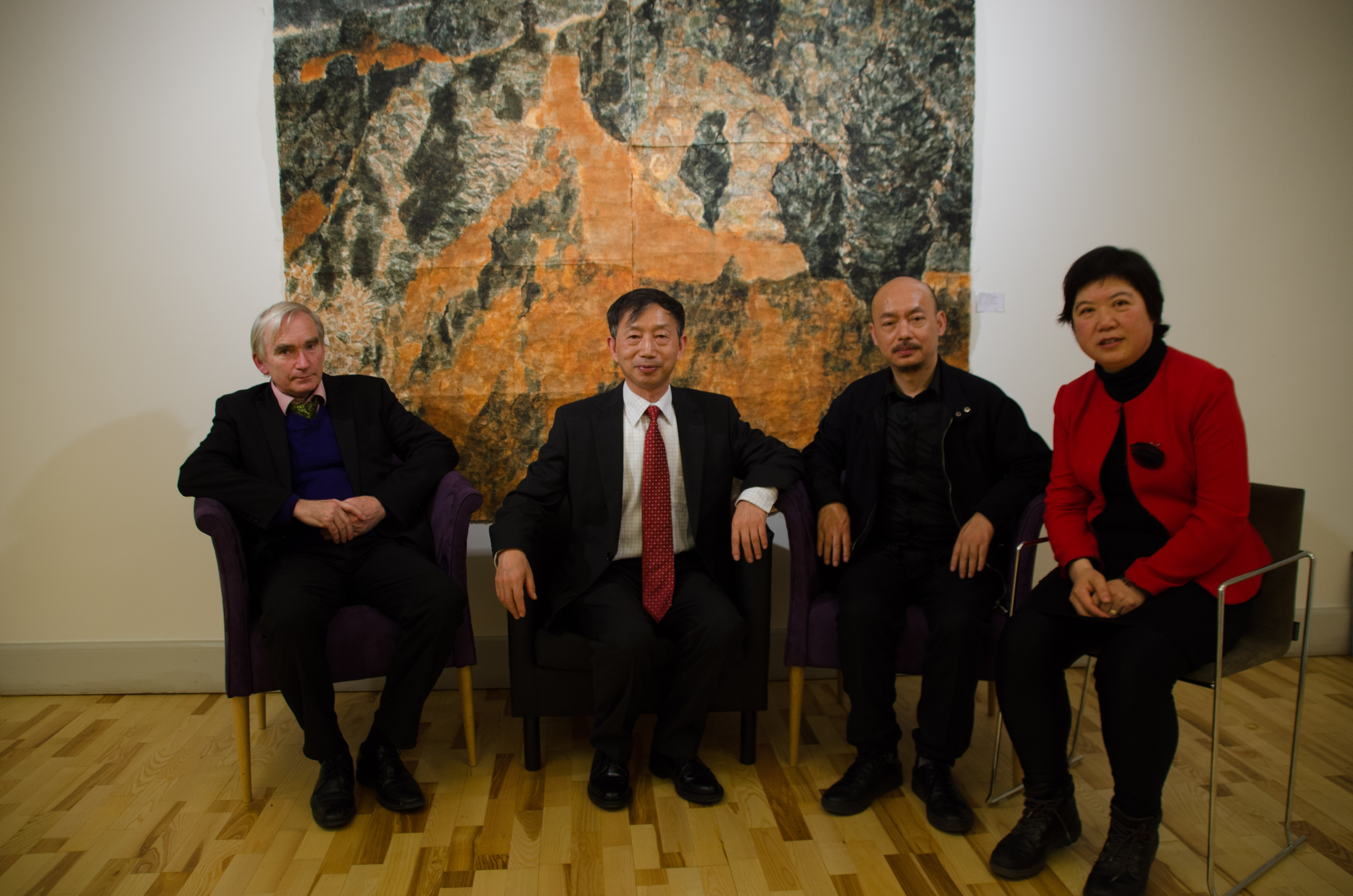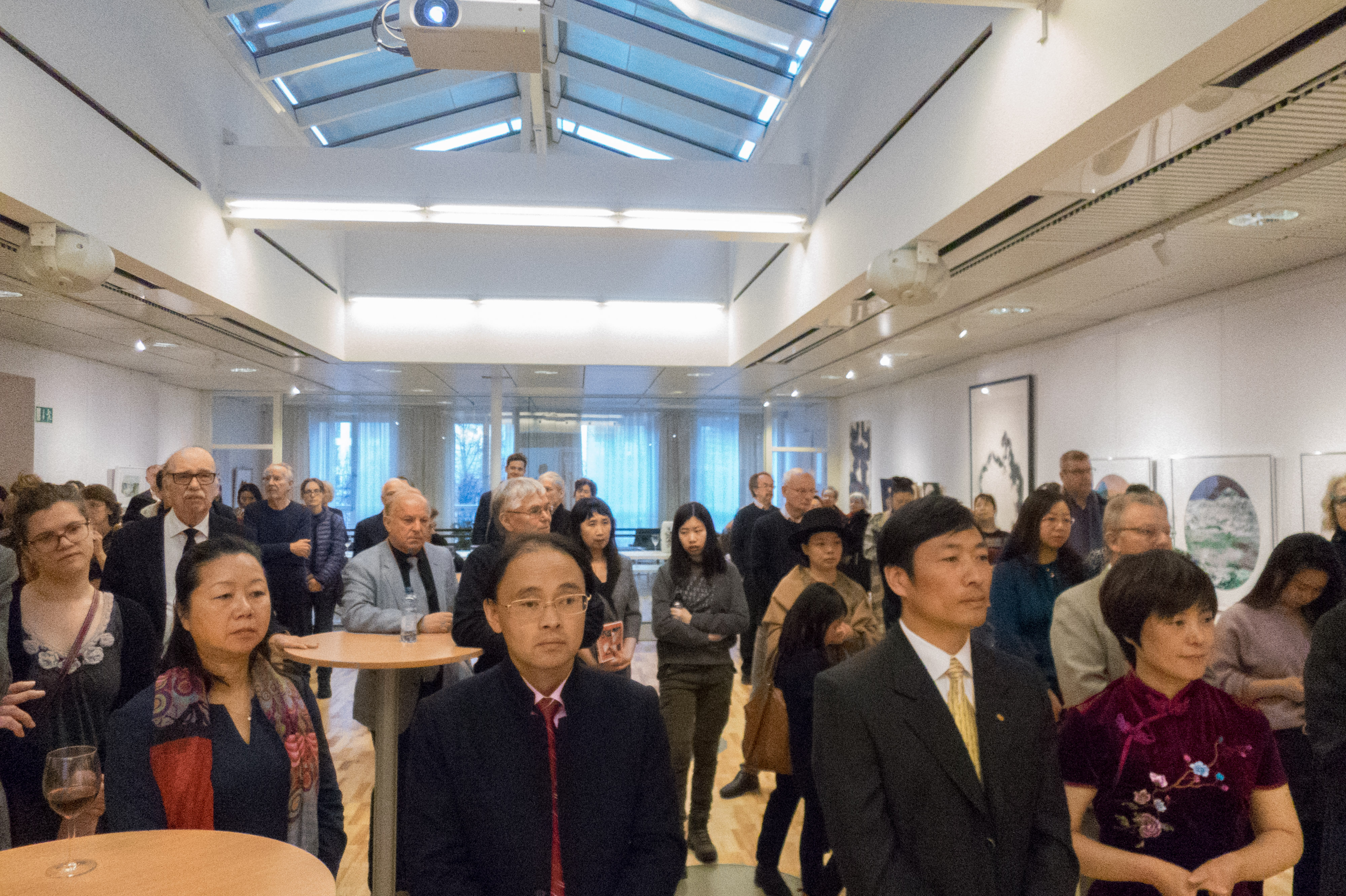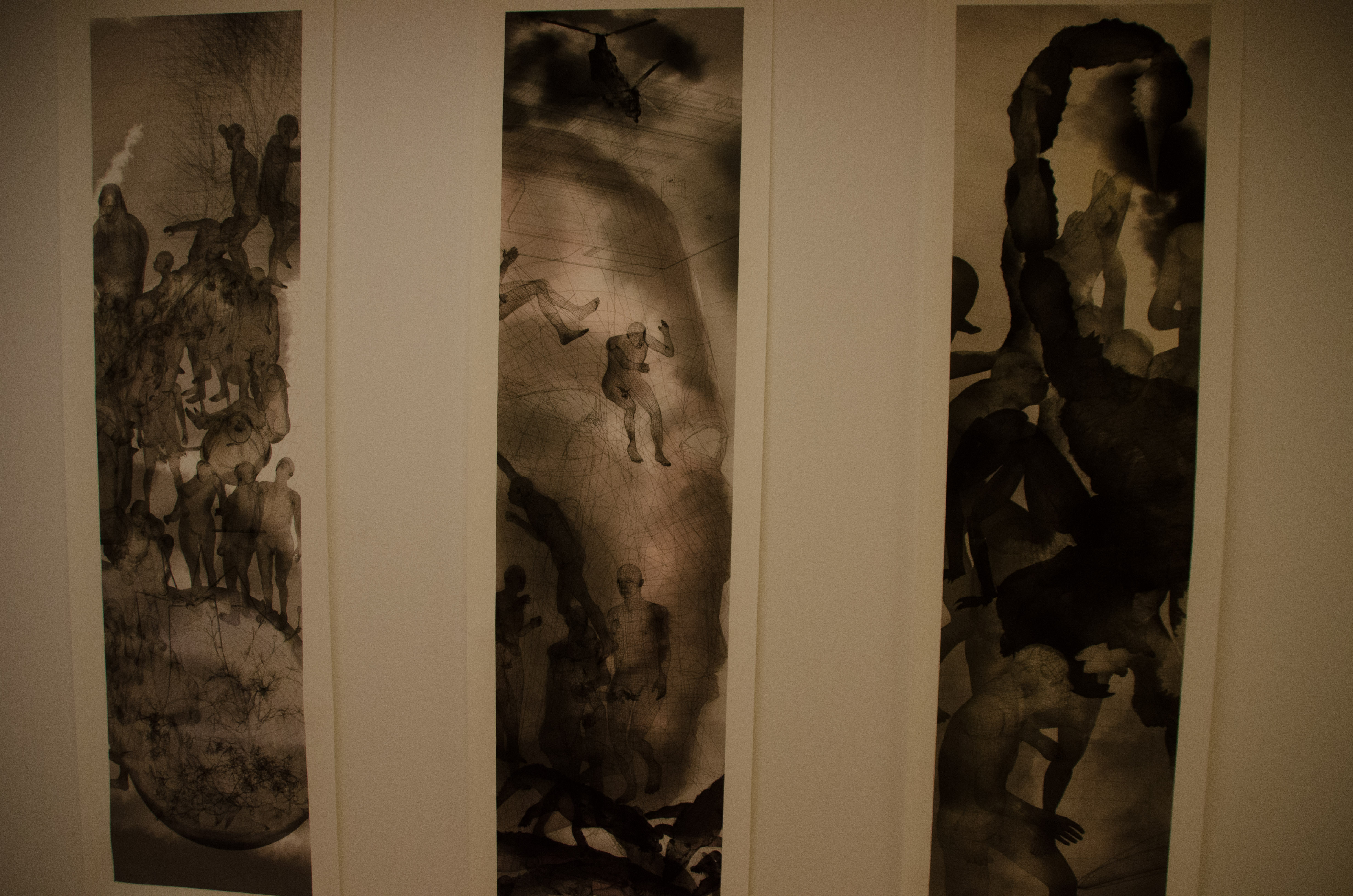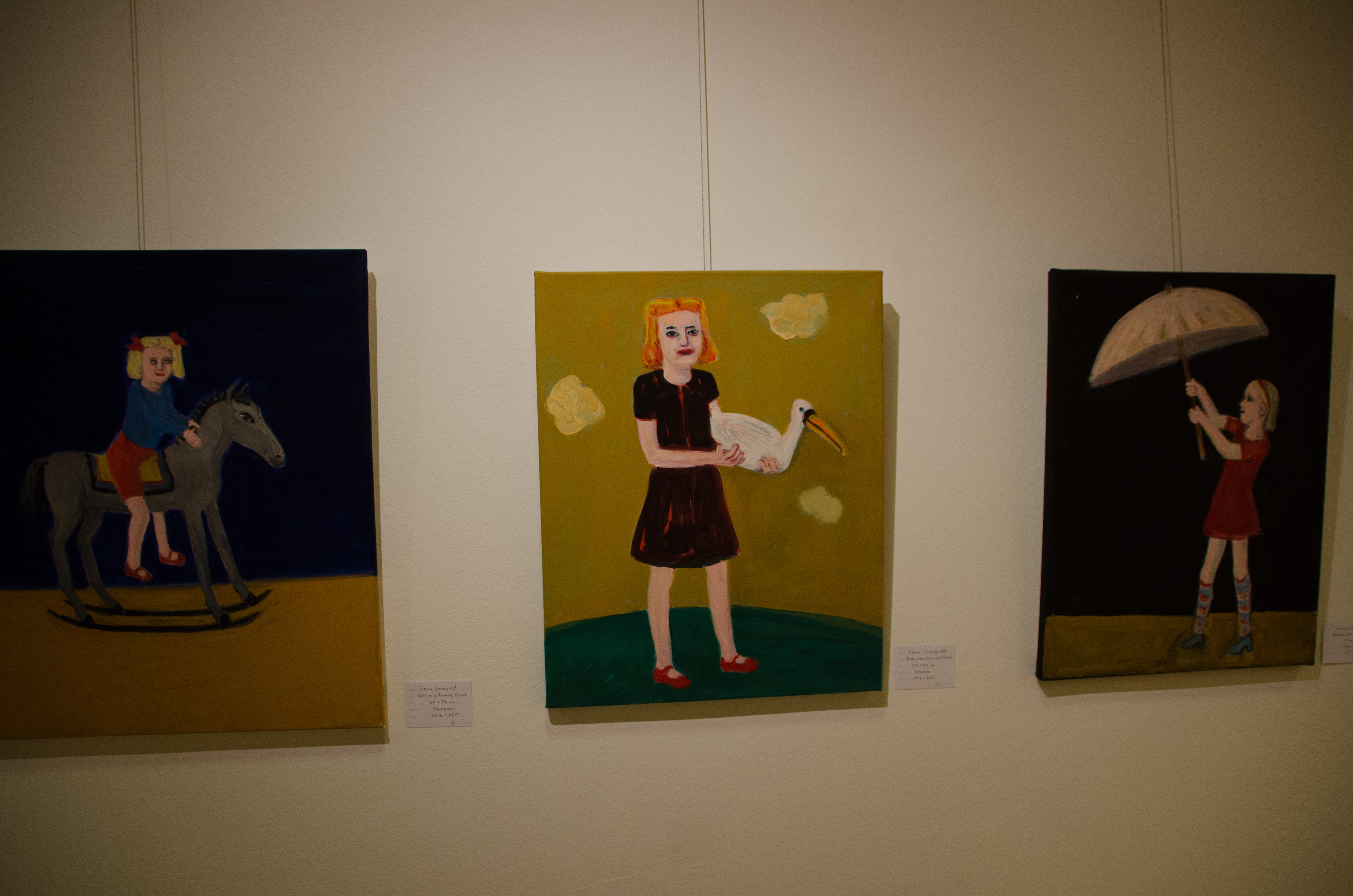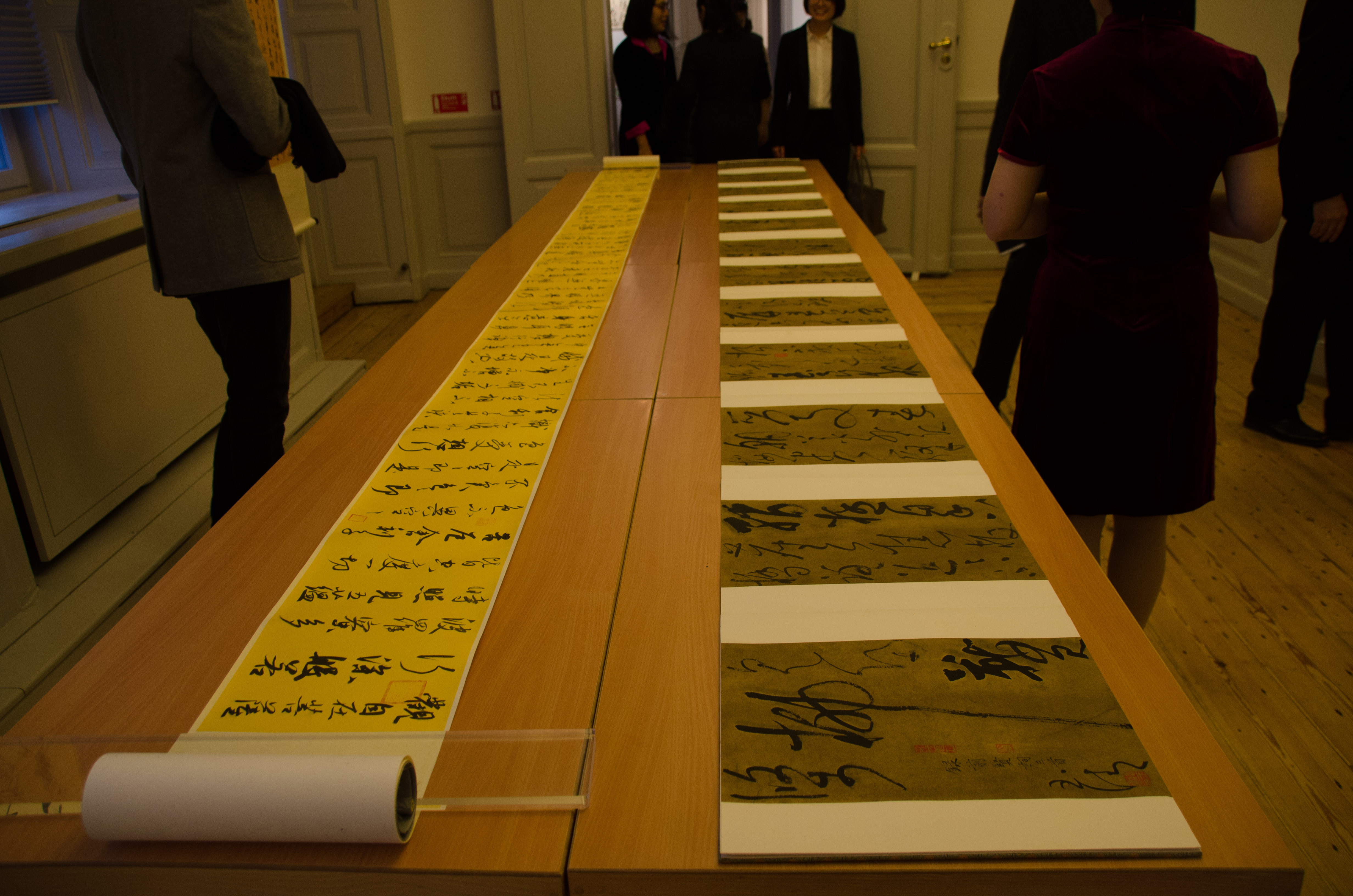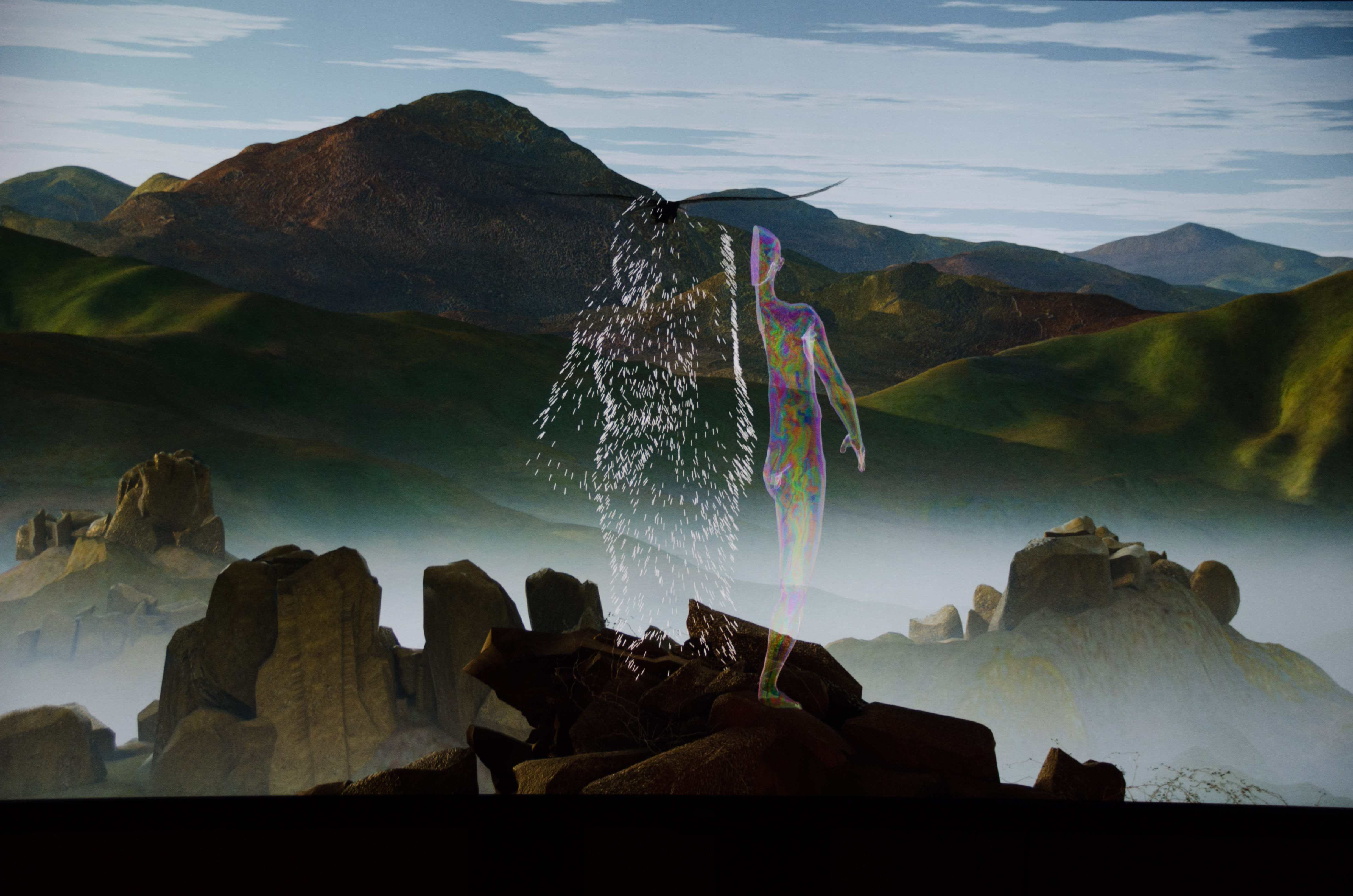By Xuefei Chen Axelsson
STOCKHOLM, Oct. 23(Greenpost) — It takes more than an hour from Urumqi to Kanas Airport in the Altay region. On August 27th, more than 30 reporters from China and abroad took the opportunity to come to the Altay area. When we got off the plane, I felt that the temperature dropped immediately. Cloudy and drizzle, 14-27 degrees, the temperature difference was relatively large. Yet, your reporter found that the weather forecast was quite accurate.
At this time, we changed the bus, because when we arrived in Altay, we came to the real mountain area. To get to the top of the mountain, we need to drive a rugged mountain road. Of course, it is just rugged and the ground is still flat. Because this is just a few years after the central government invested 200 billion yuan or about 33 billion US dollars. The slope is like a terraced field. I thought to myself that only the Chinese Communist Party has truly changed its land with great enthusiasm. Because he has a large number of party members and cadres who can persist in afforestation for decades. It is said that the survival of a tree here costs almost 10,000 yuan, planting, watering, protection, and many tree species are also very valuable. It is believed that in the long run, there is great economic, social and ecological benefit.
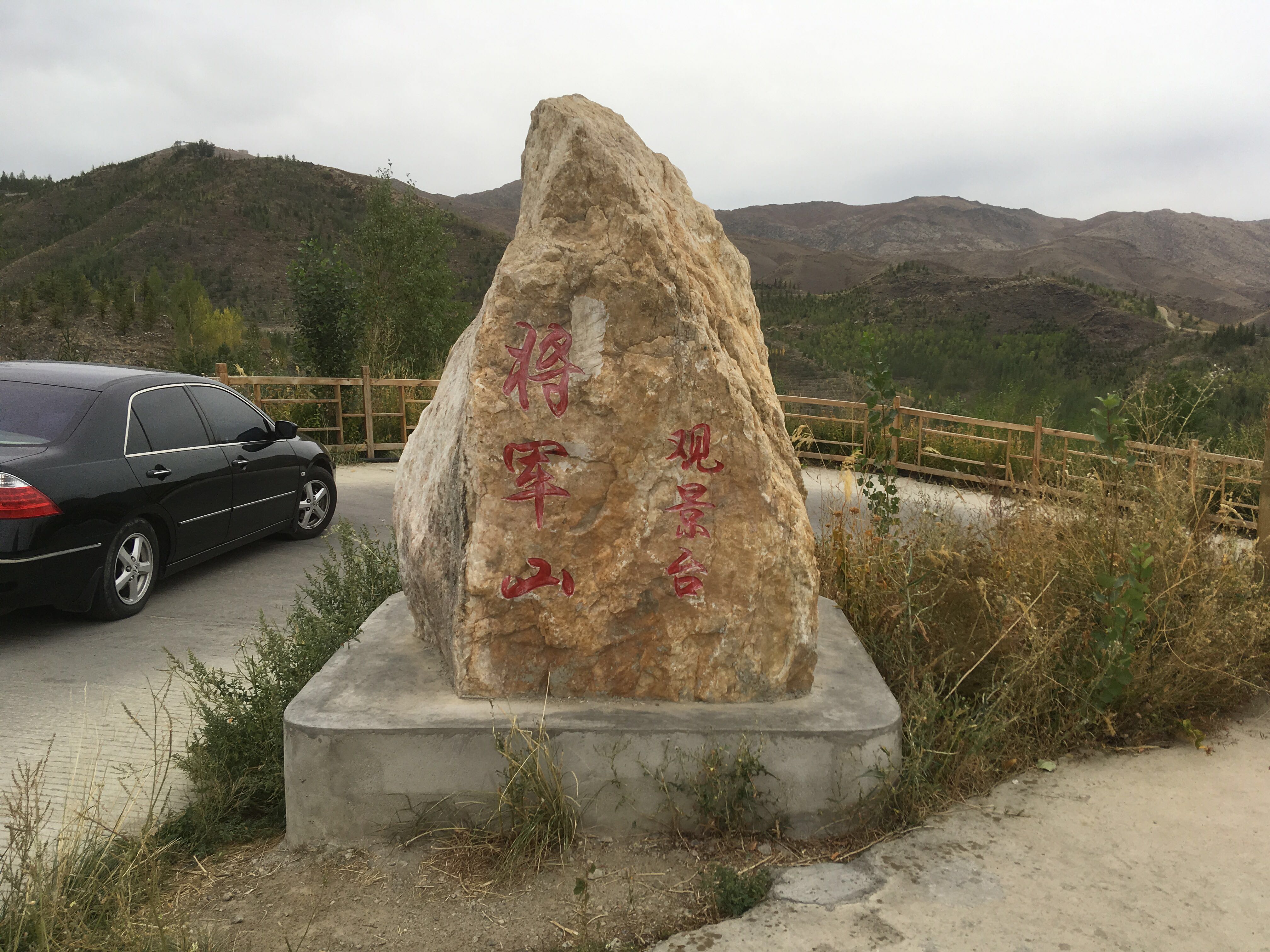 In this almost impossible place, it is hard to turn the barren hills into an oasis. When we reached the top of the mountain, we saw this stone monument, General Mountain. Why is it called General Mountain? It is not known. According to the investigation, there was a general mountain in Nanjing during the Song Dynasty Yue Fei era. However, here is also called General Mountain, it must be the heroic spirit, the meaning of the invincible land.
In this almost impossible place, it is hard to turn the barren hills into an oasis. When we reached the top of the mountain, we saw this stone monument, General Mountain. Why is it called General Mountain? It is not known. According to the investigation, there was a general mountain in Nanjing during the Song Dynasty Yue Fei era. However, here is also called General Mountain, it must be the heroic spirit, the meaning of the invincible land.
From the General mountain, you can see a modern green city built by the river. It is understood that the Altay region is located in the northern part of Xinjiang, bordering Russia, Kazakhstan, and Mongolia.
The border line is 1,197 kilometers long, with a total area of 118,000 square kilometers. The six counties and one city under the jurisdiction are border counties. By the end of 2017, the total population in Altay is 671,600, consisting of 36 ethnic groups.
Altay has the reputation of Gold Mountain and Silver River. The tourism resources are unique, with 25 scenic spots above Grade A, 3 national 5A scenic spots, 1 World Geopark and 4 National Forest Parks, enjoying the reputation of One Thousand Miles Gallery.
Ice and snow resources are uniquely endowed. It is located in the world’s skiing gold latitude, snow quality is very high, snow temperature, dryness, humidity and other ski conditions are world-class, ice and snow culture has a long history, known as the origin of human skiing.
Altay also has a geographical and ecological advantage. She is the only region in northwest China that borders Russia. It is the northern channel of the Silk Road Economic Belt and an important node city for the construction of the China-Mongolia-Russia economic corridor. There are four state-class land ports, of which Jiklimin port is open to Russia, and has been included in the autonomous region’s plan.
Altay has a superior ecological environment, featuring a golden sign of clean air, land and water. The air quality all year round reaches the national level 1 standard, which is known as “natural oxygen bar”. The soil is of good quality, unpolluted and organic. It is a relatively water-rich region in Xinjiang, known as the “water tower” of northern Xinjiang, with an annual runoff of 12.3 billion cubic meters, accounting for 13.6 percent of the whole Xinjiang. It is one of the six forest regions in China and the largest natural forest region in Xinjiang, with a forest coverage rate of 22.65 percent. The superior ecological system has been identified by the state council as a water-conserving mountain and grassland ecological functional area.
The Altay regional government is striving to build a ‘pure land’ Kanas, Snow Altay, and become a place of great beauty, harmony and happiness in Xinjiang, and is the most inhabitable place. There are more than 200 high-quality tourism resources such as glacial rivers, forest grasslands, lake wetlands, geological wonders, and desert Gobi, which are national and even world-class ecological areas. Ice and snow resources are unique and the skiing conditions are world class. The air quality has reached the national first-class standard throughout the year and is recognised as the summer resort of leisure and health.
After more than 20 years of hard work, the reception capacity has been greatly improved. There are already 26 travel agencies, 11 branches, 40 star-rated hotels and 90 star-rated farmhouses.
The person in charge of the district government said that it will continue to promote the construction of key projects such as Altay Mountain Wild Snow Park, the General Mountain Ski Resort, Kanas Hemu Snow Township, development of ski camps, rescue supply stations, flight bases and other winter tourism related projects. Taking Altay International Ice and Snow Festival as a carrier, the festival will continue to be held, Burqin County Haze Festival, Fuhai Winter Festival, Car Ice Rally, Kanas Ice and Snow Festival and Hemu Spring Festival Celebration will be held to attract tourists.
The Altay region also intends to promote the development of the property industry, self-driving tour, air travel (building three regional airports, 15 helicopter landing points), relying on the port, the national gate and the Corps husband and wife meeting station to build a red tourism and patriotism education base, special tours including the desert Base surfing tour and more. In short, they will make great efforts in aviation, railway and highway construction. The state invested 200 billion yuan in Xinjiang to develop tourism. The Altay region has been the vanguard.
The reporters went to the top of General Mountain through the rugged Road, overlooking the entire Burqin County. A clear river passes through the city. The county town is surrounded by mountains and the river flows in the middle of the town.
According to reports, there were not so many trees in the mountains here, but in the past ten years, party members and cadres here have taken the lead in planting a large number of trees. Among them, seabuckthorn trees have a great effect on wind and sand fixation, and the fruits can be made into beverages. The Gobi Desert has changed a lot. Local people use drip irrigation technology to water new trees, which ensures survival.
The local official said that they actively implement General Secretary Xi Jinping’s motto “Green Mountains and clean rivers are gold mountain and silver mountains “. Since 2008, Altay has carried out large-scale afforestation activities in various areas such as General Mountain, Camel Peak, and Altay City in the spring and autumn. Through the joint efforts of the cadres and the masses in the city for 10 years, a total of 28,000 mu of spruce, birch, scotch pine and other trees of 27 kinds of more than 2 million plants have been planted. The urban green area reached 38.7%, and the urban air quality index is 100%. The average value of PM2.5 is only 14. It ranks first among 29 cities in Xinjiang. The General Mountain Forest Park, Camel Peak Forest Park and National Garden City were built. The living environment has improved markedly and the people feel the life is getting better and better.
Photo and text Xuefei Chen Axelsson

